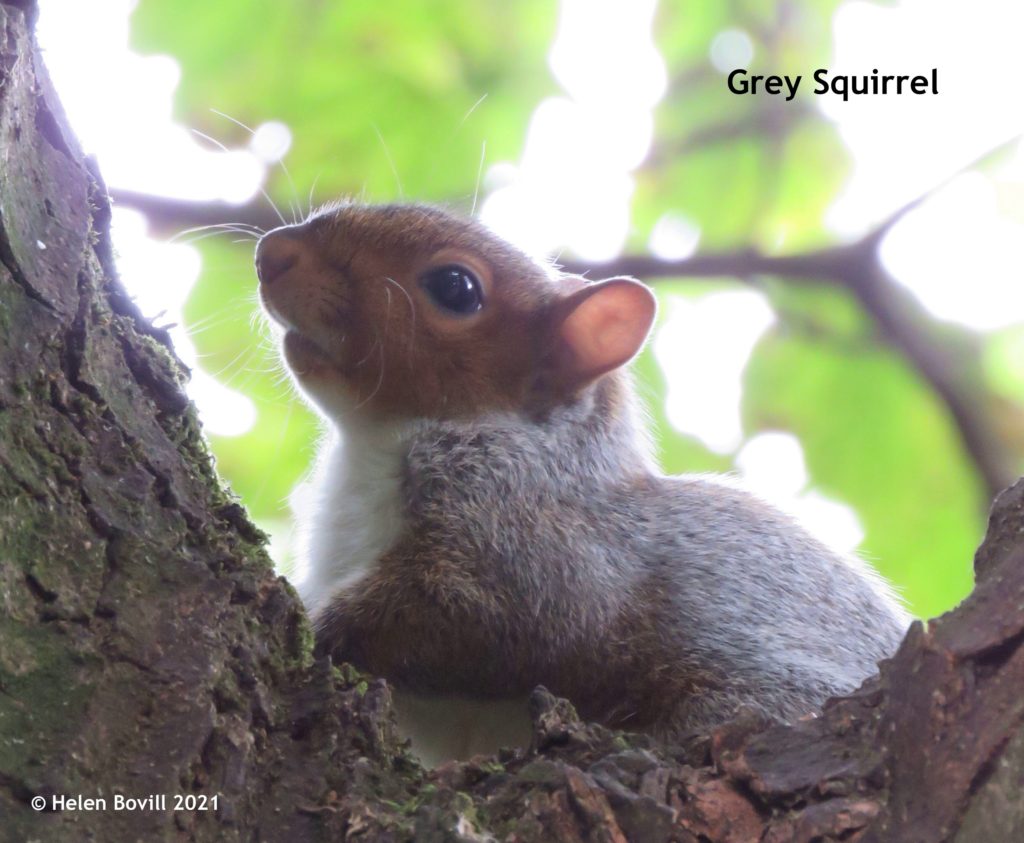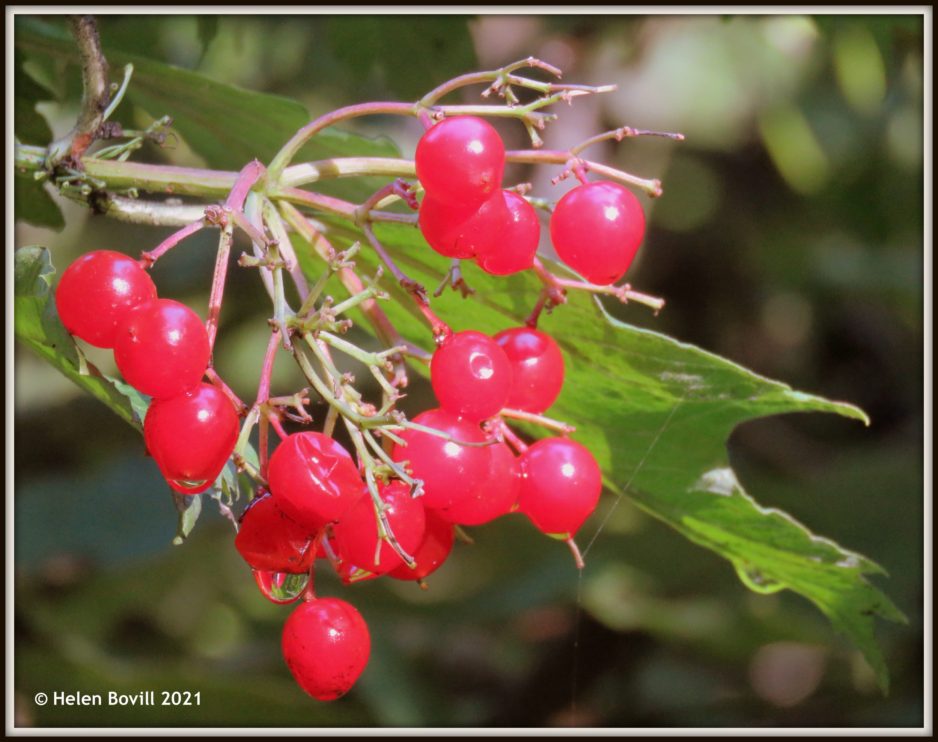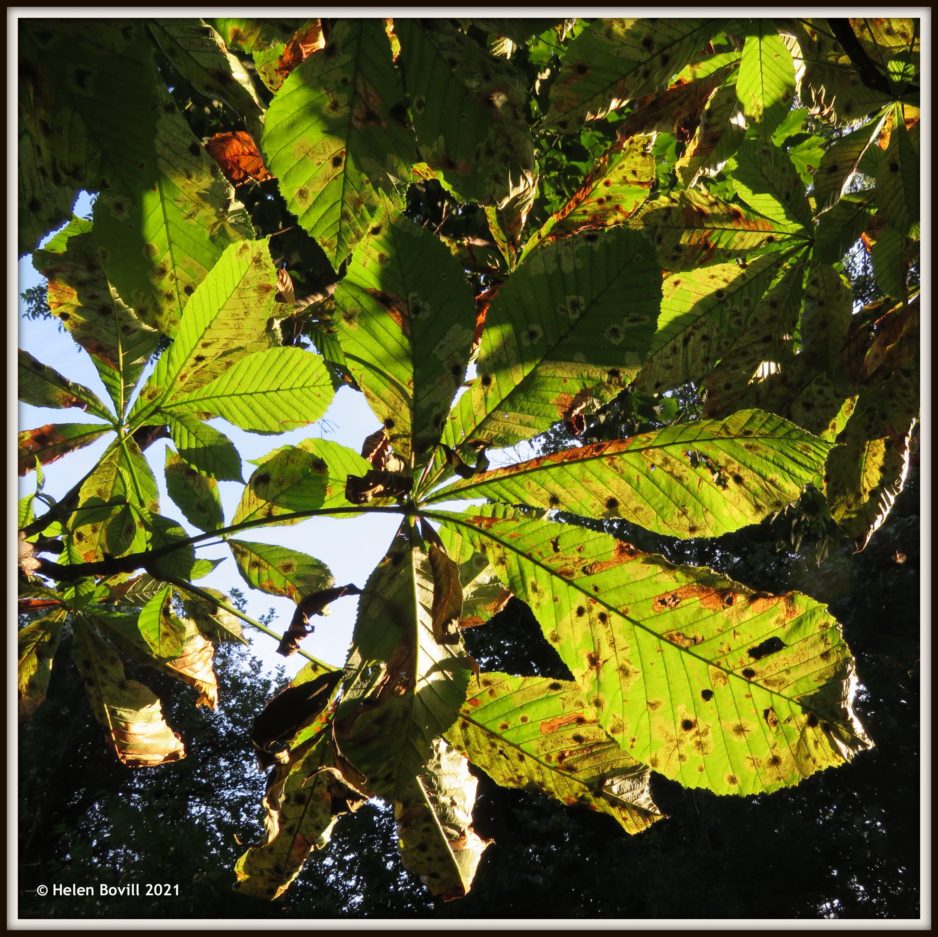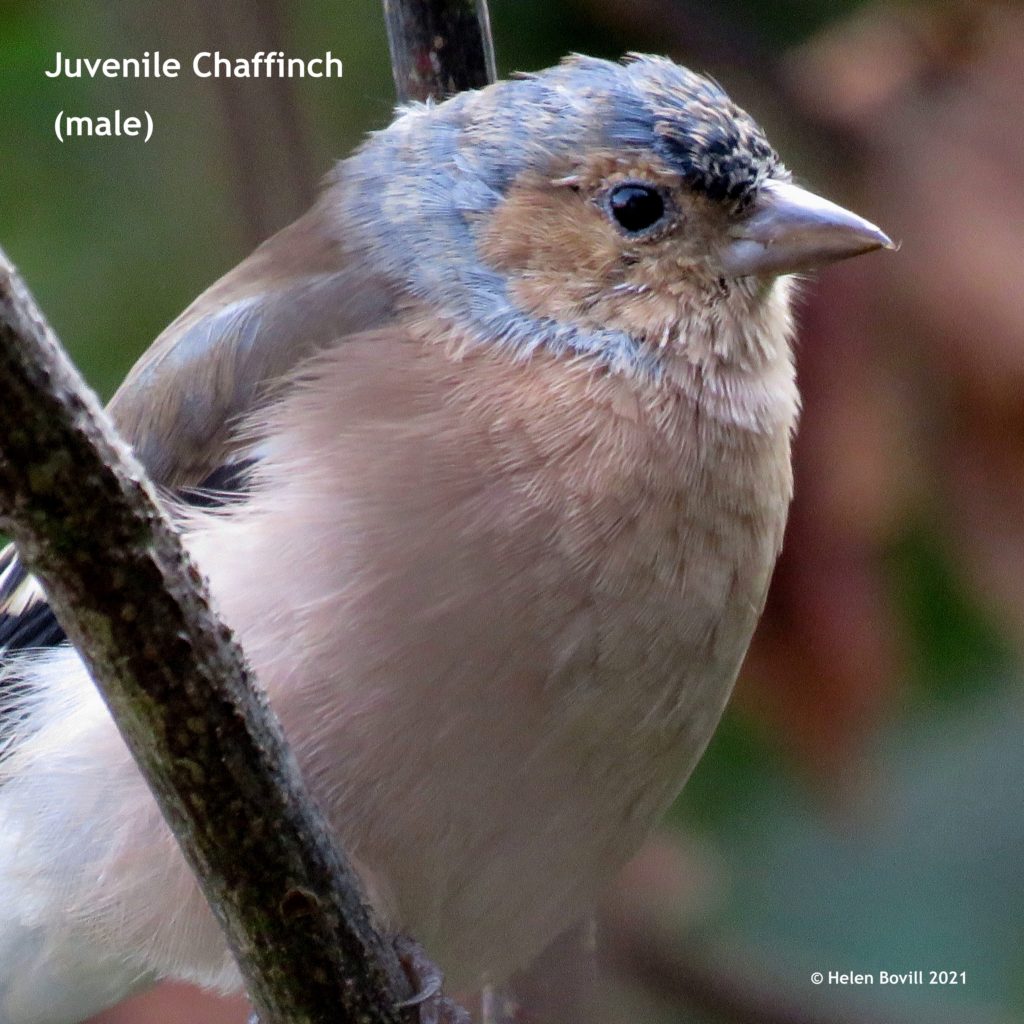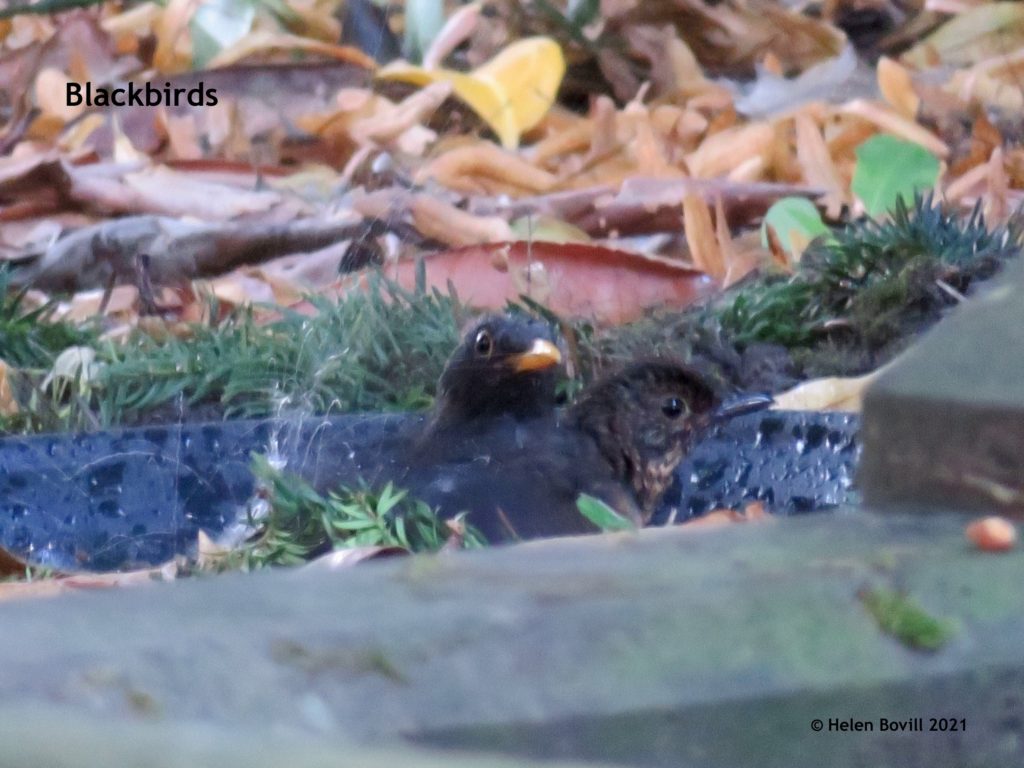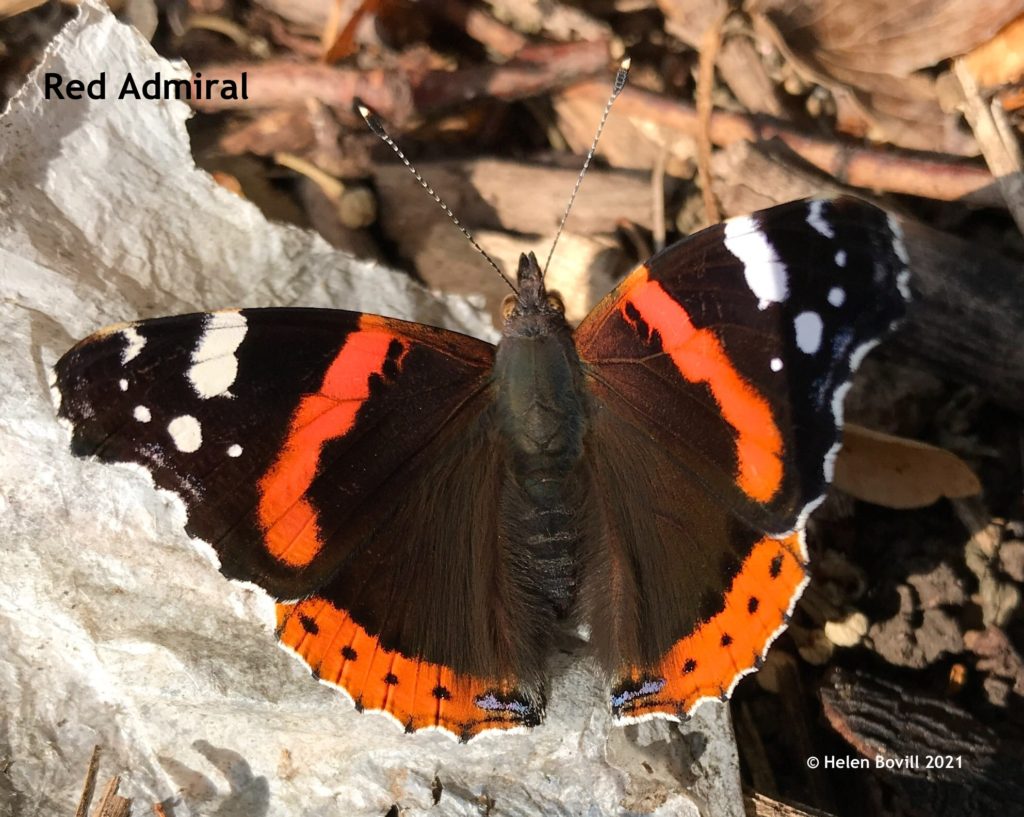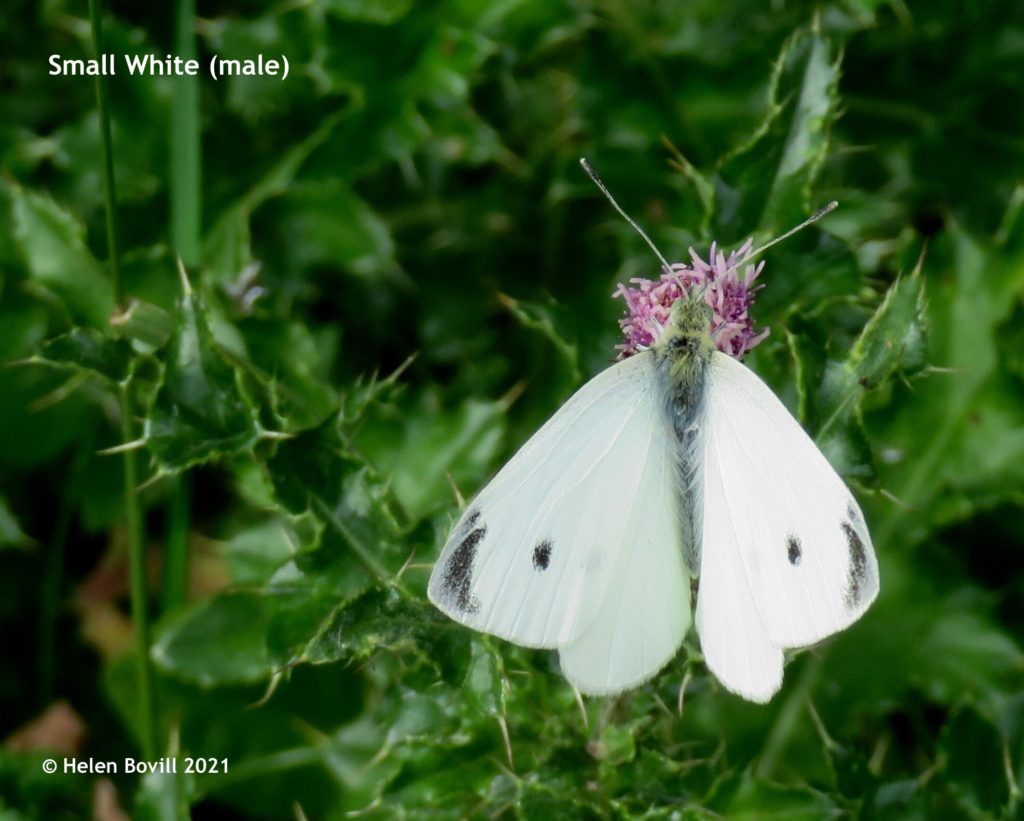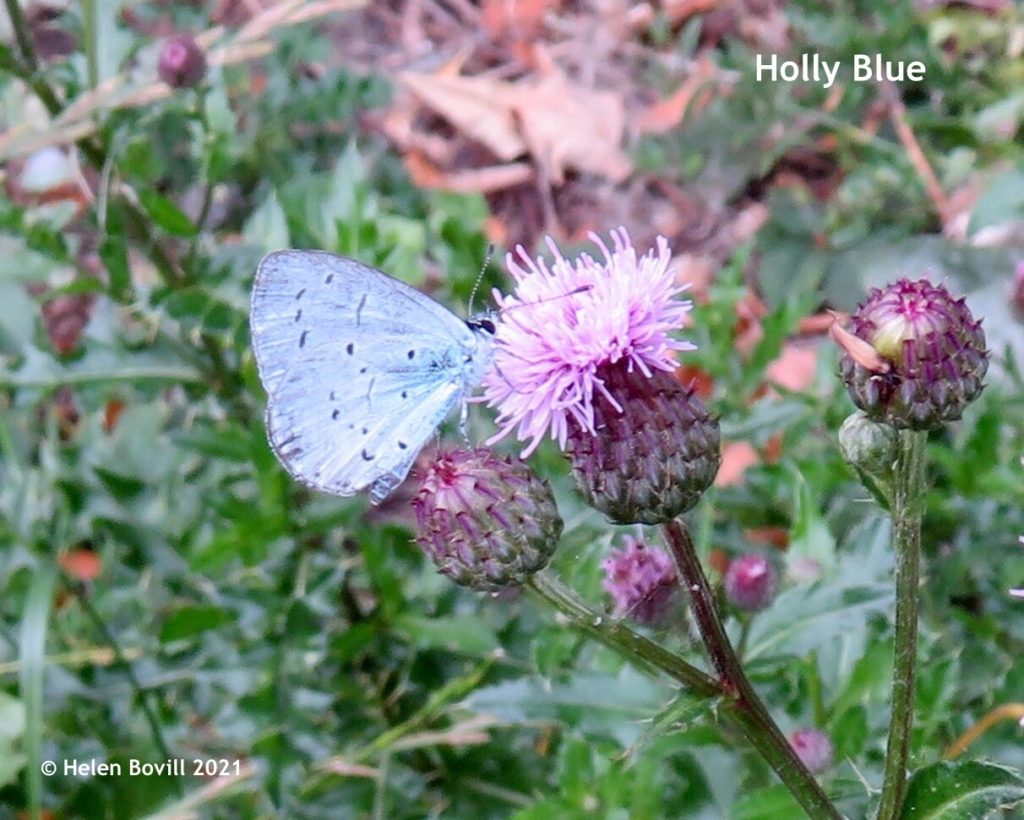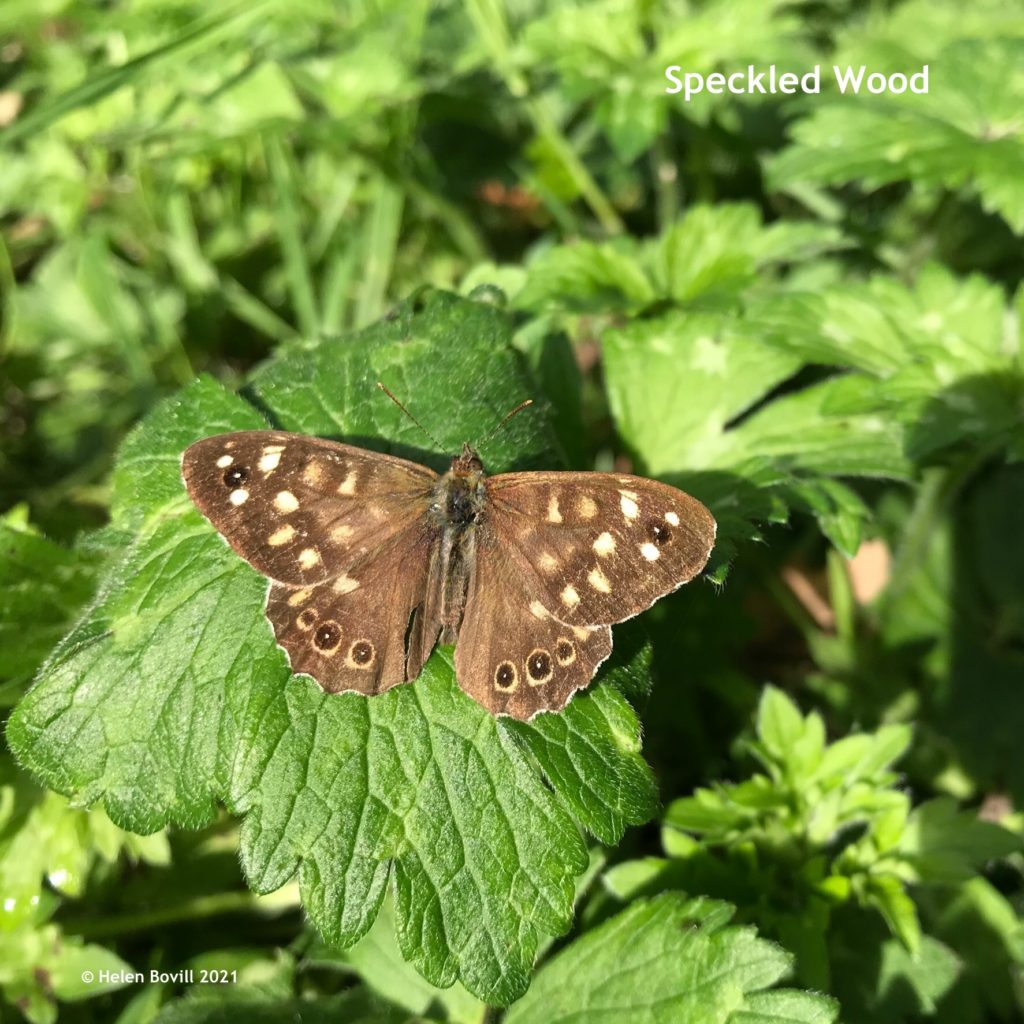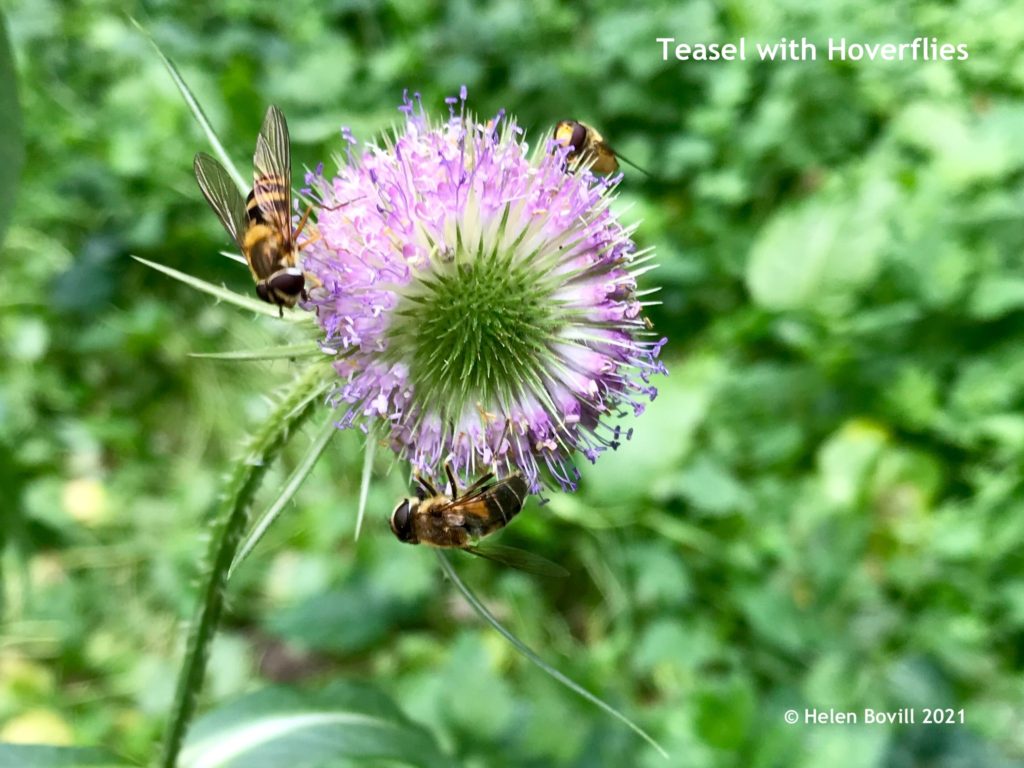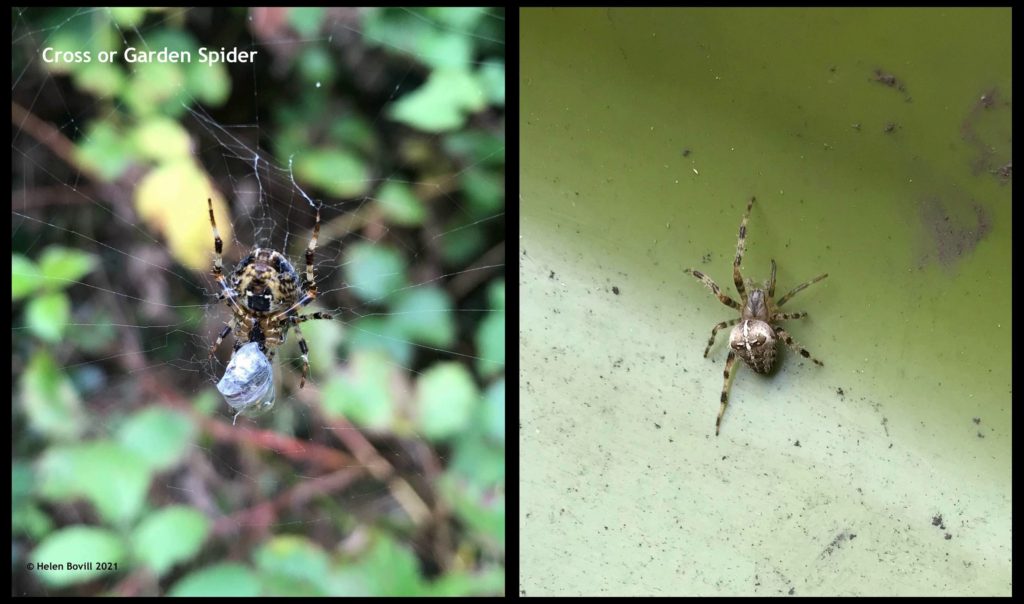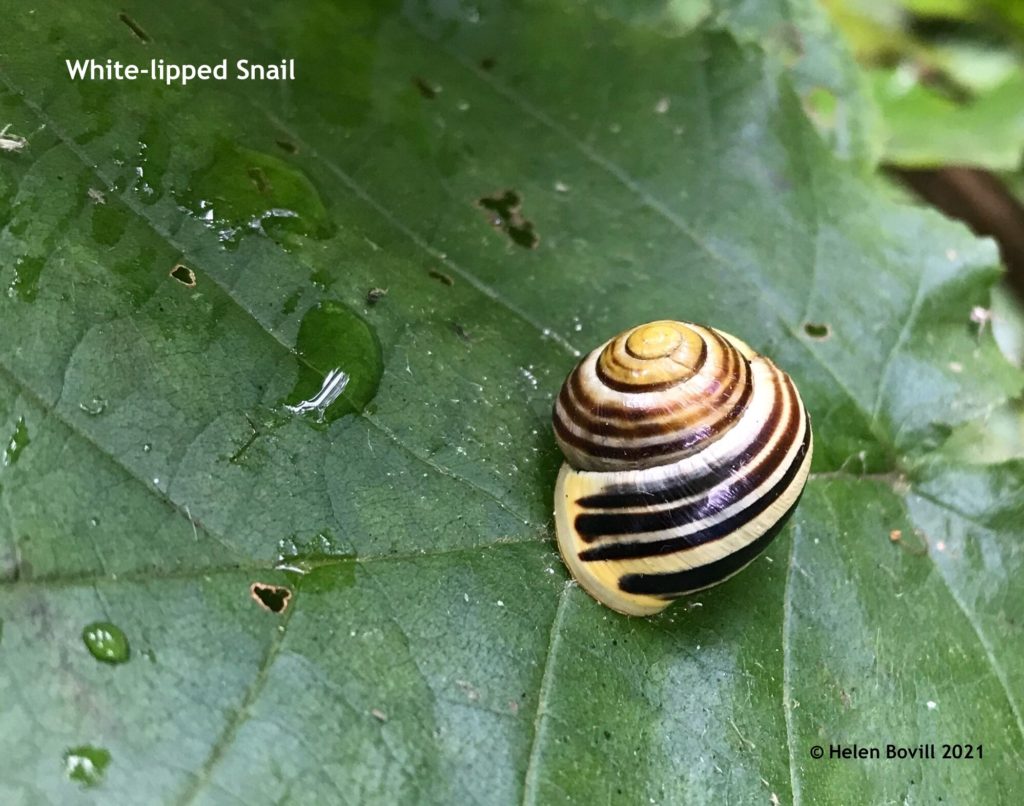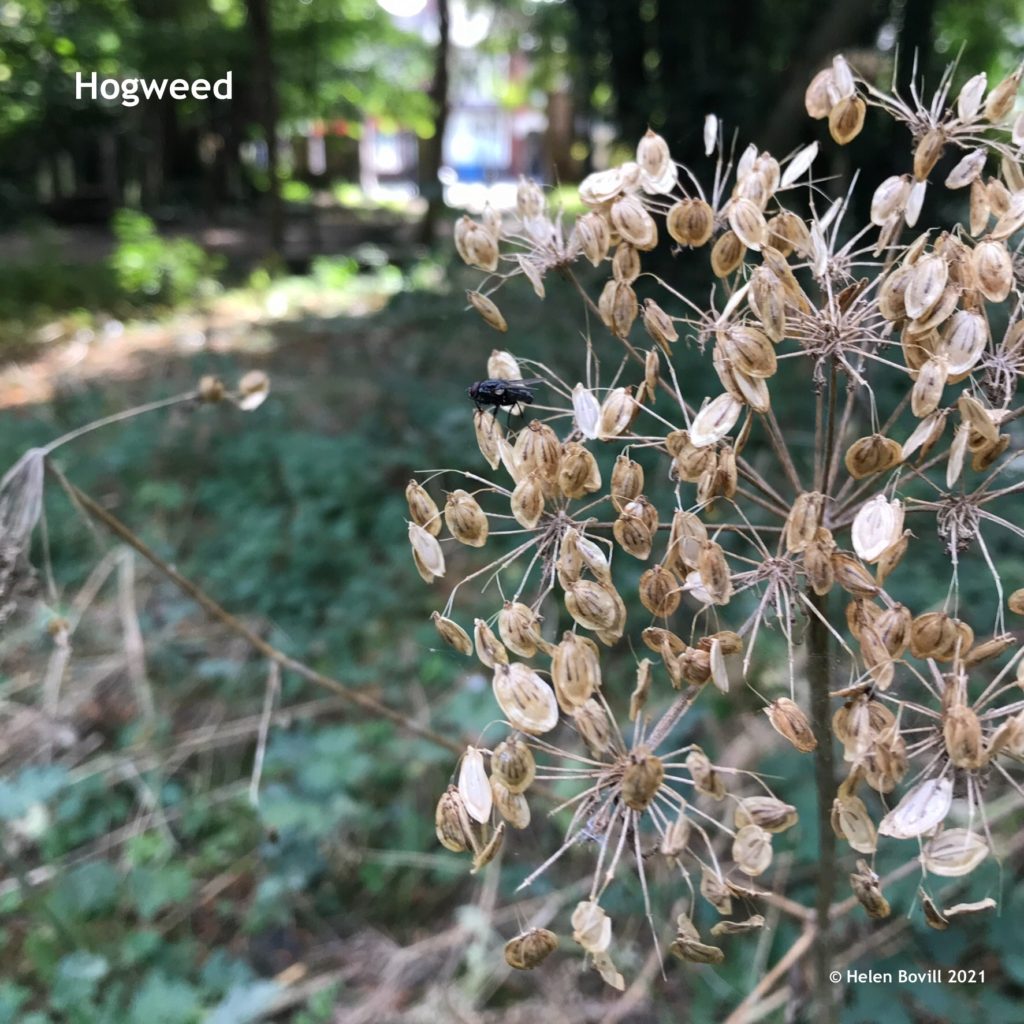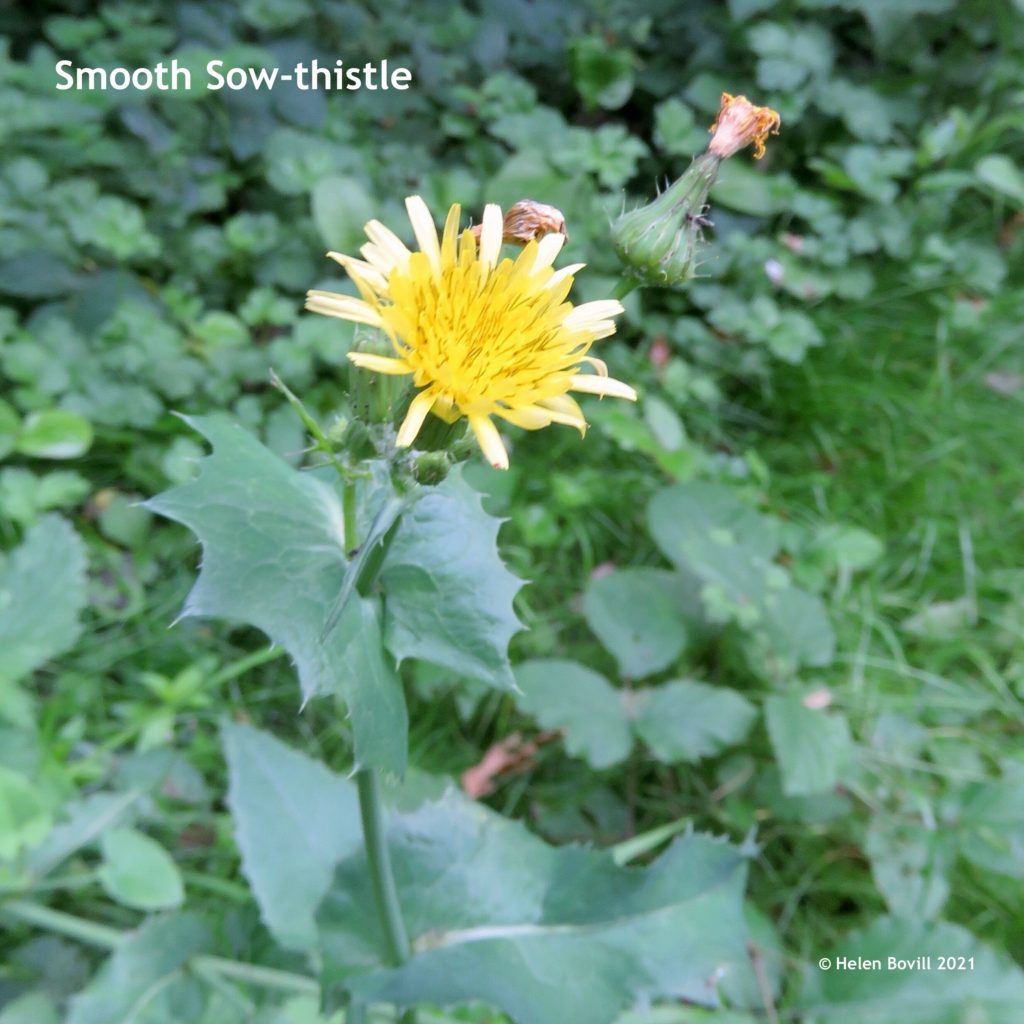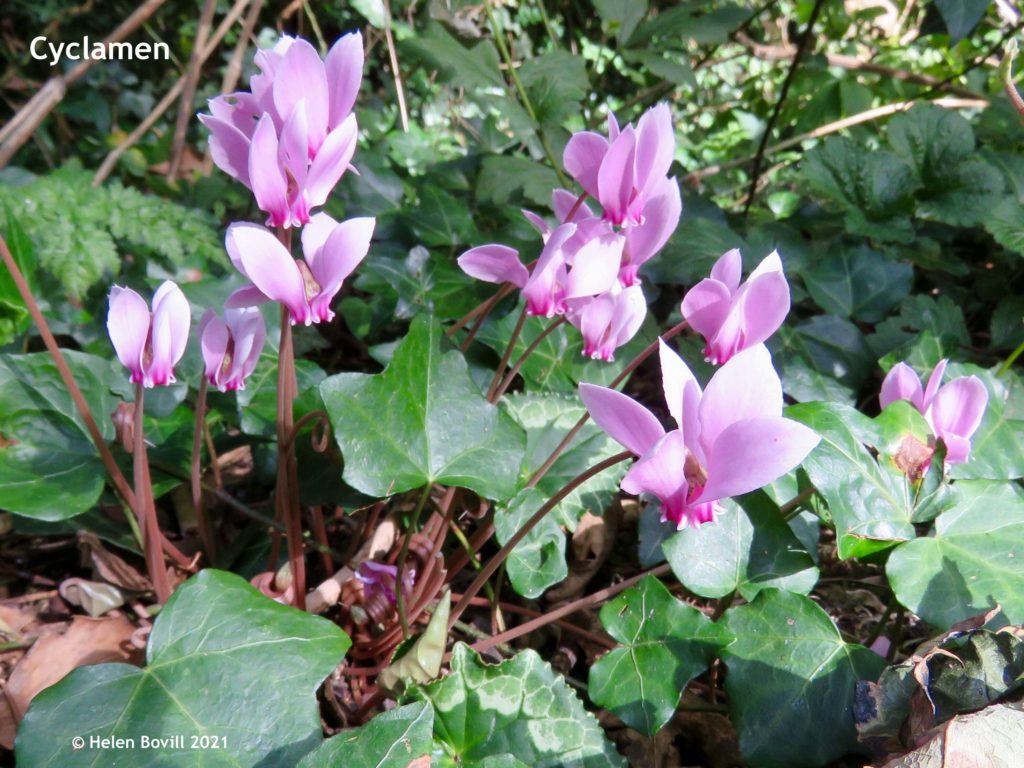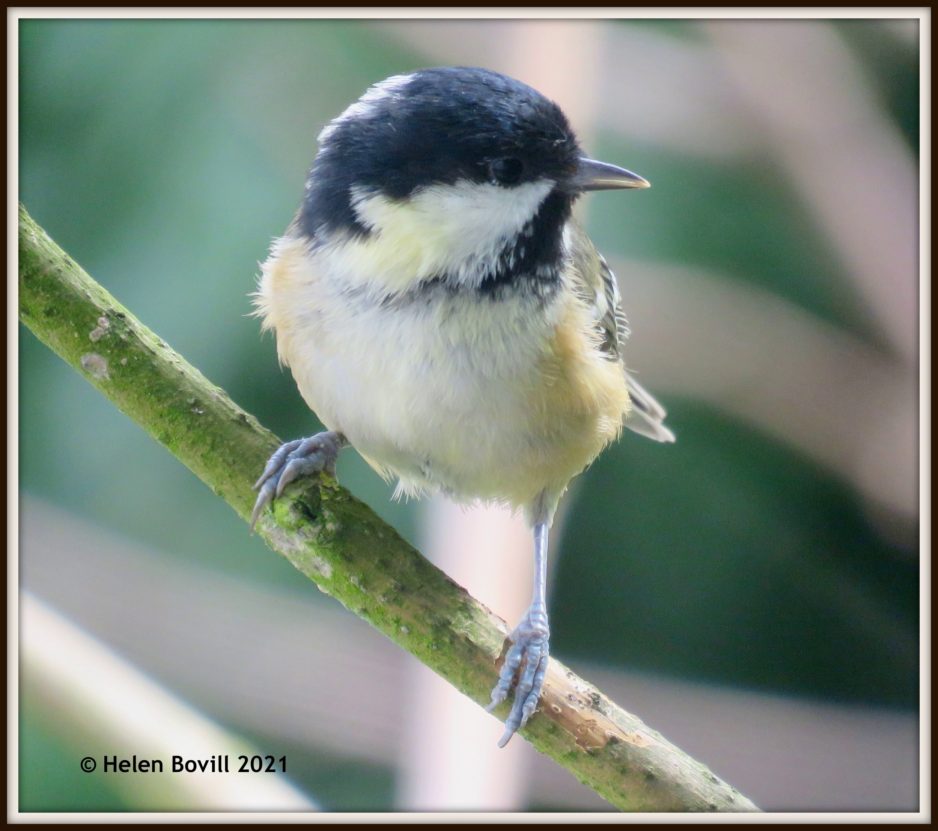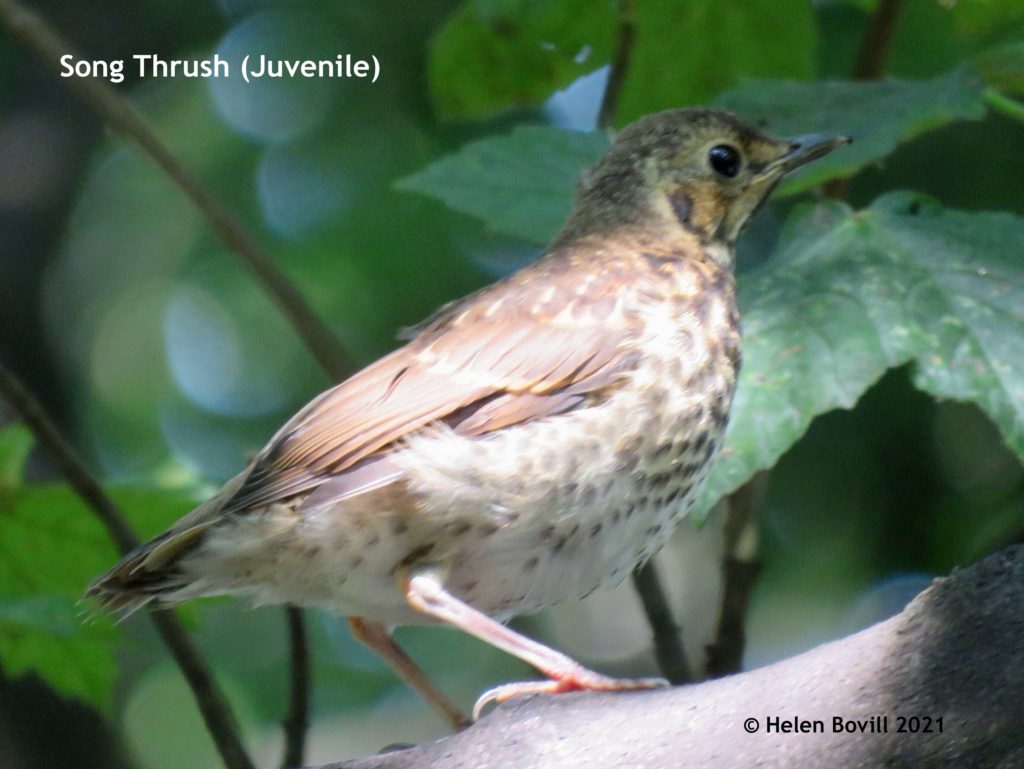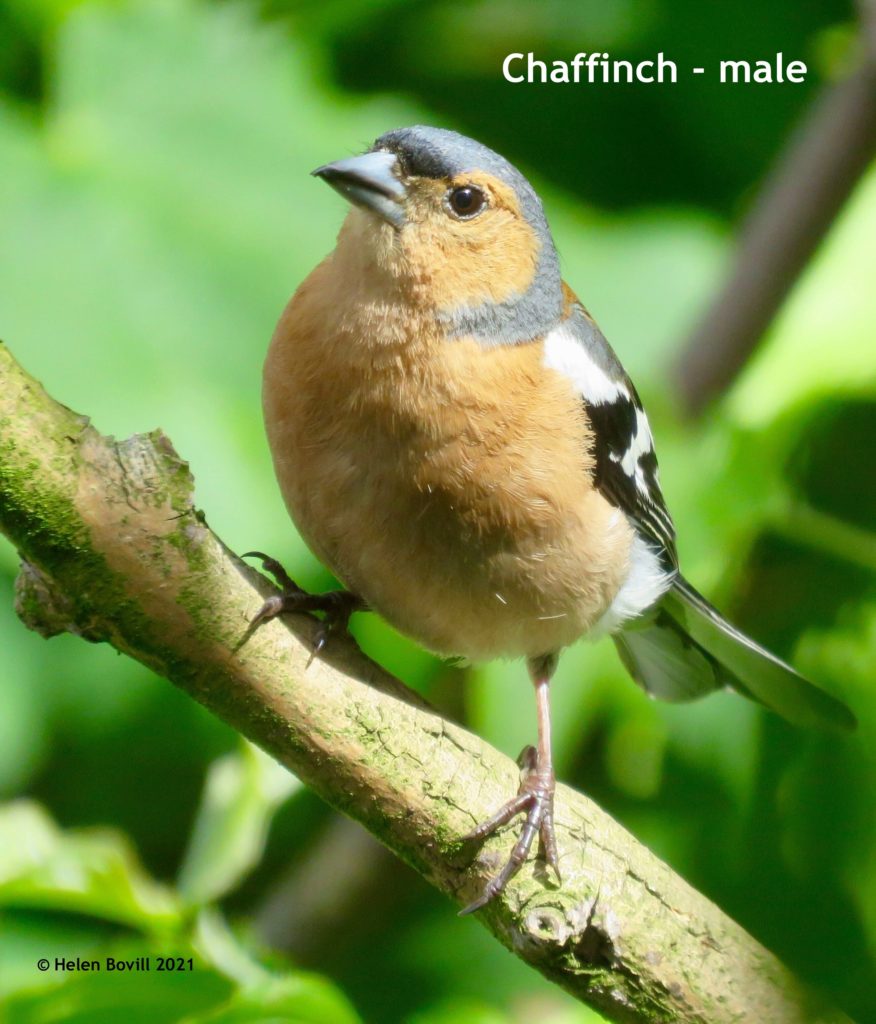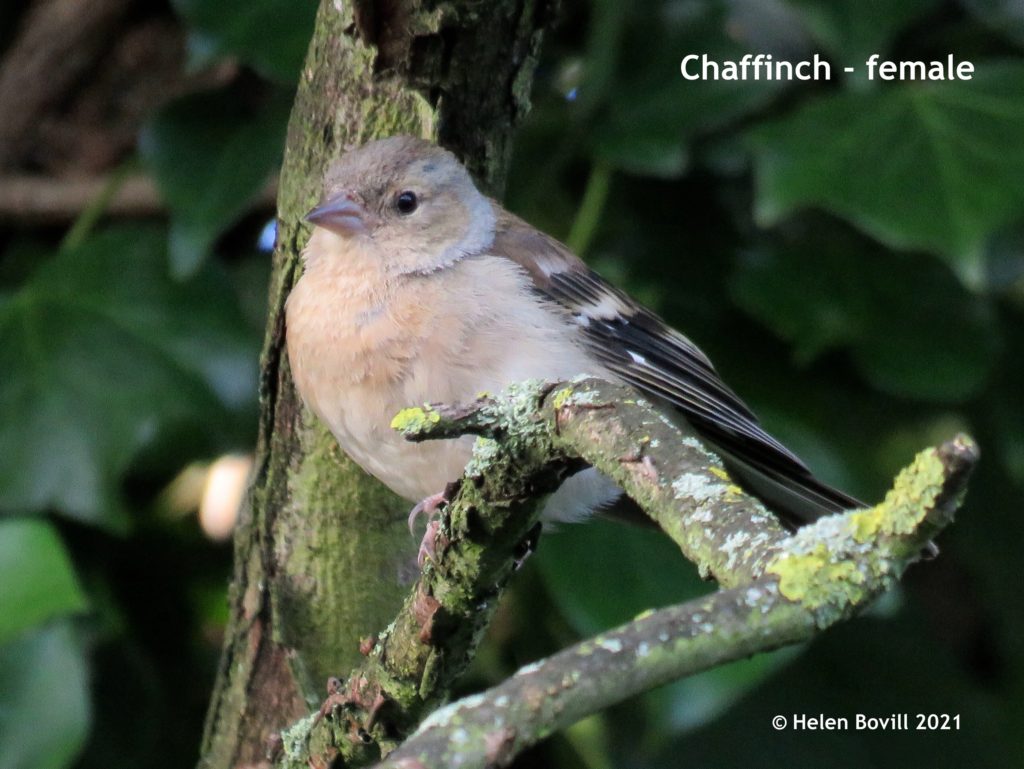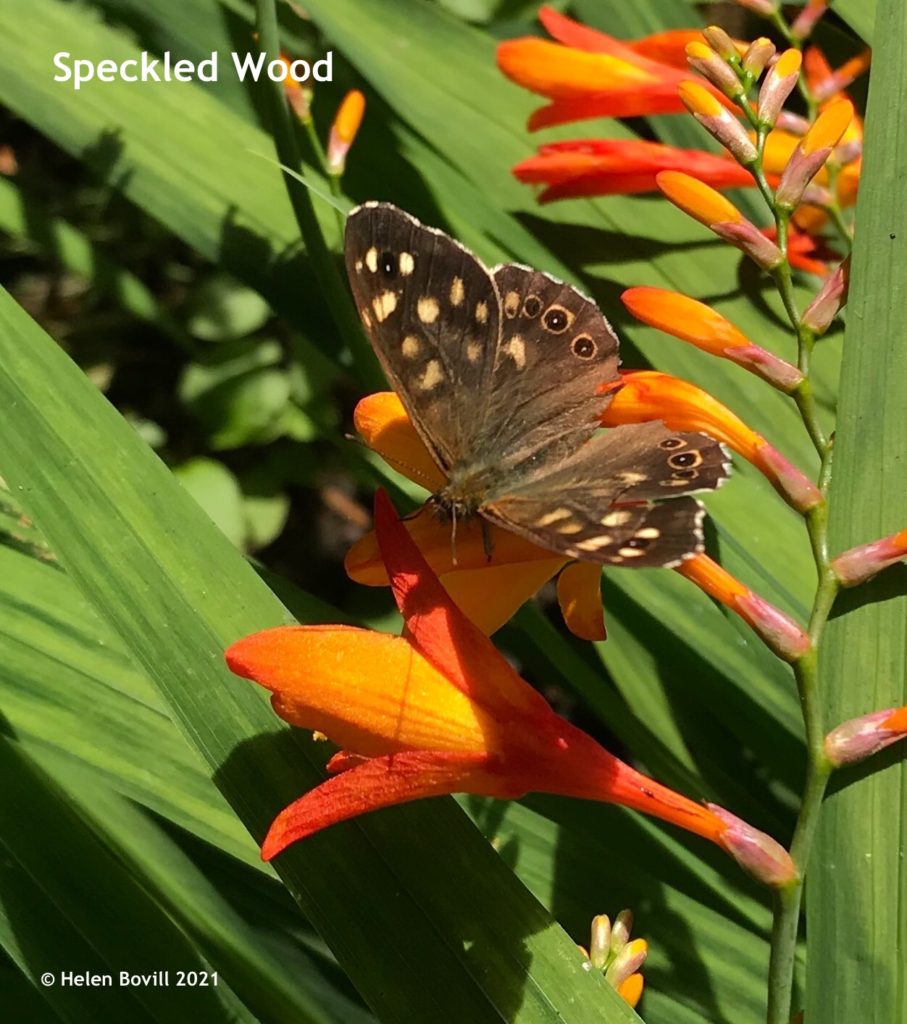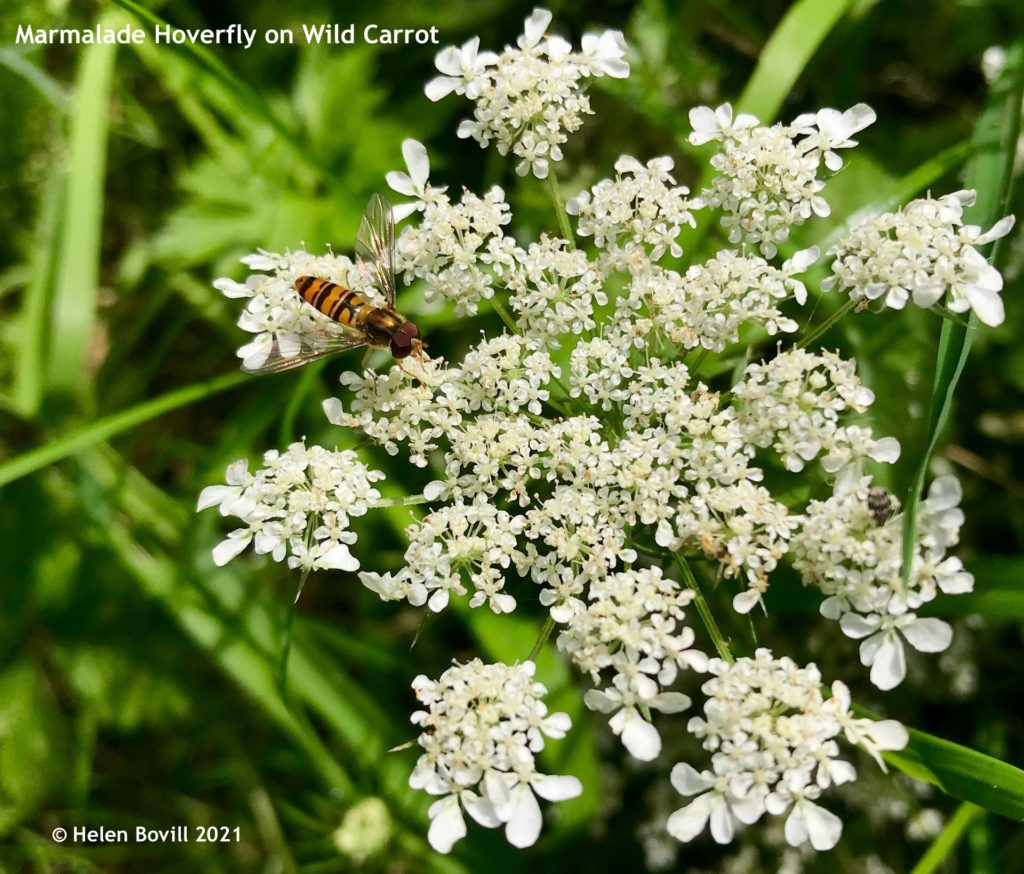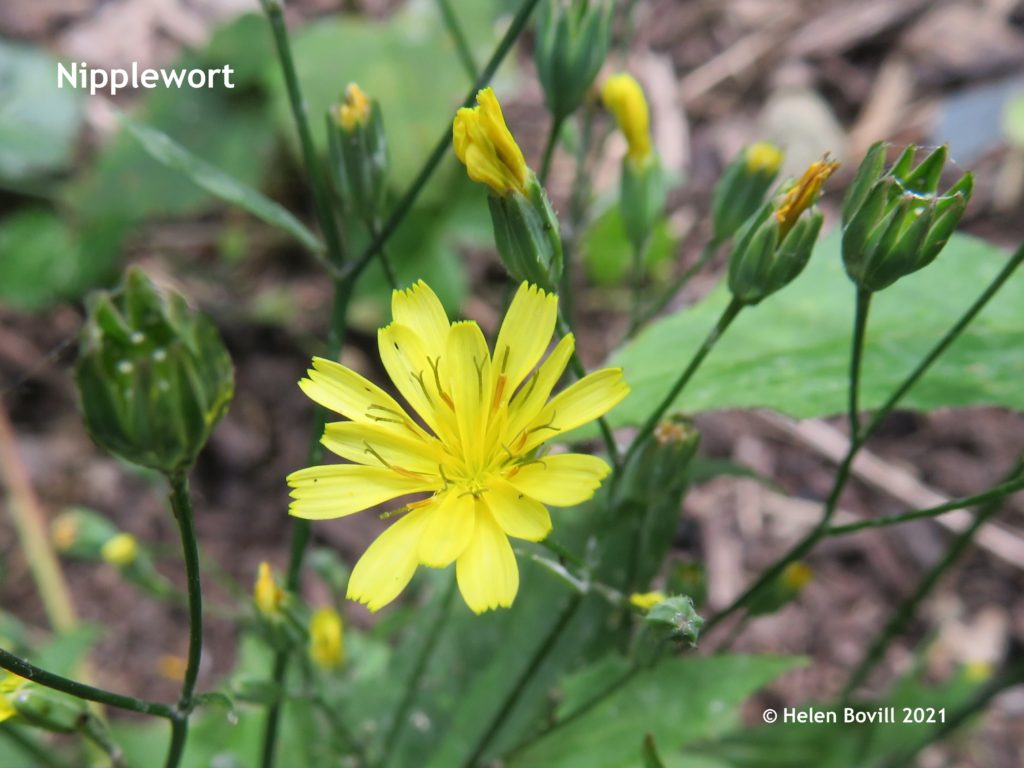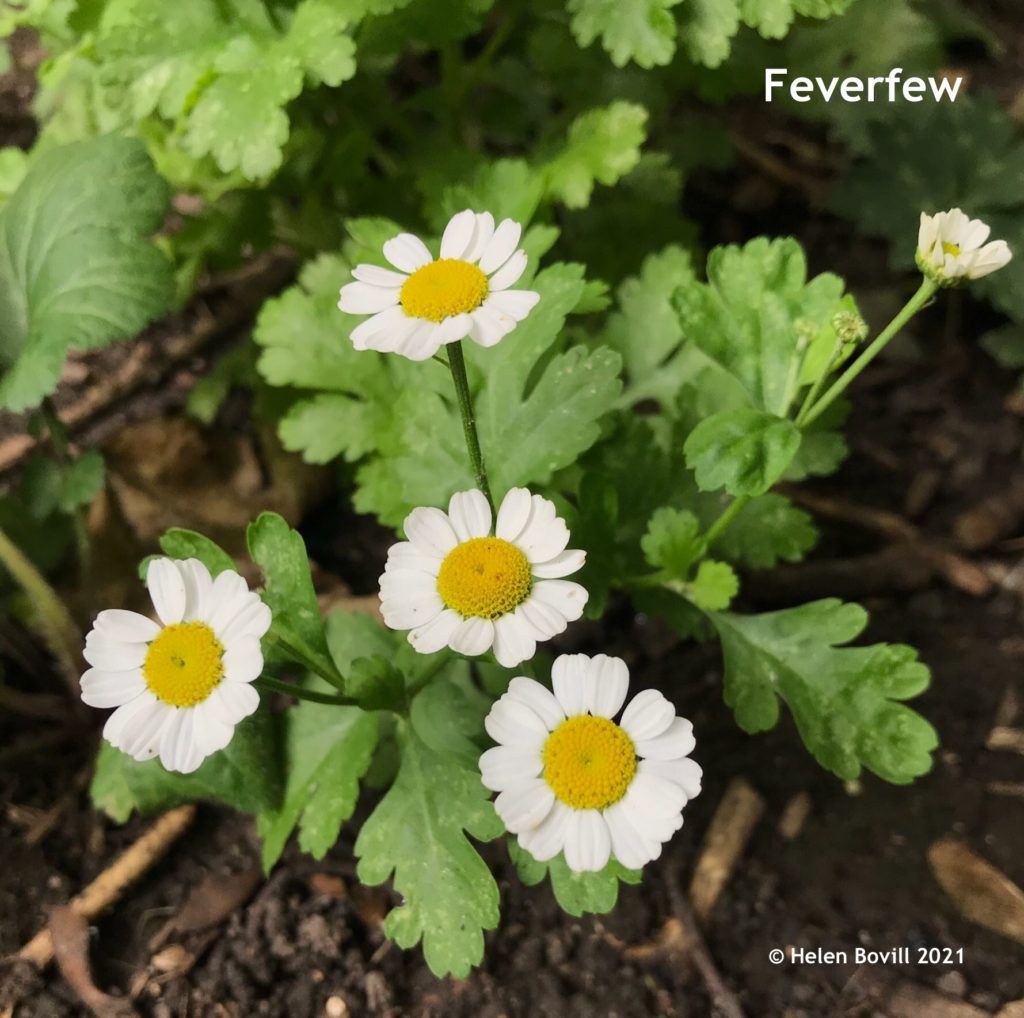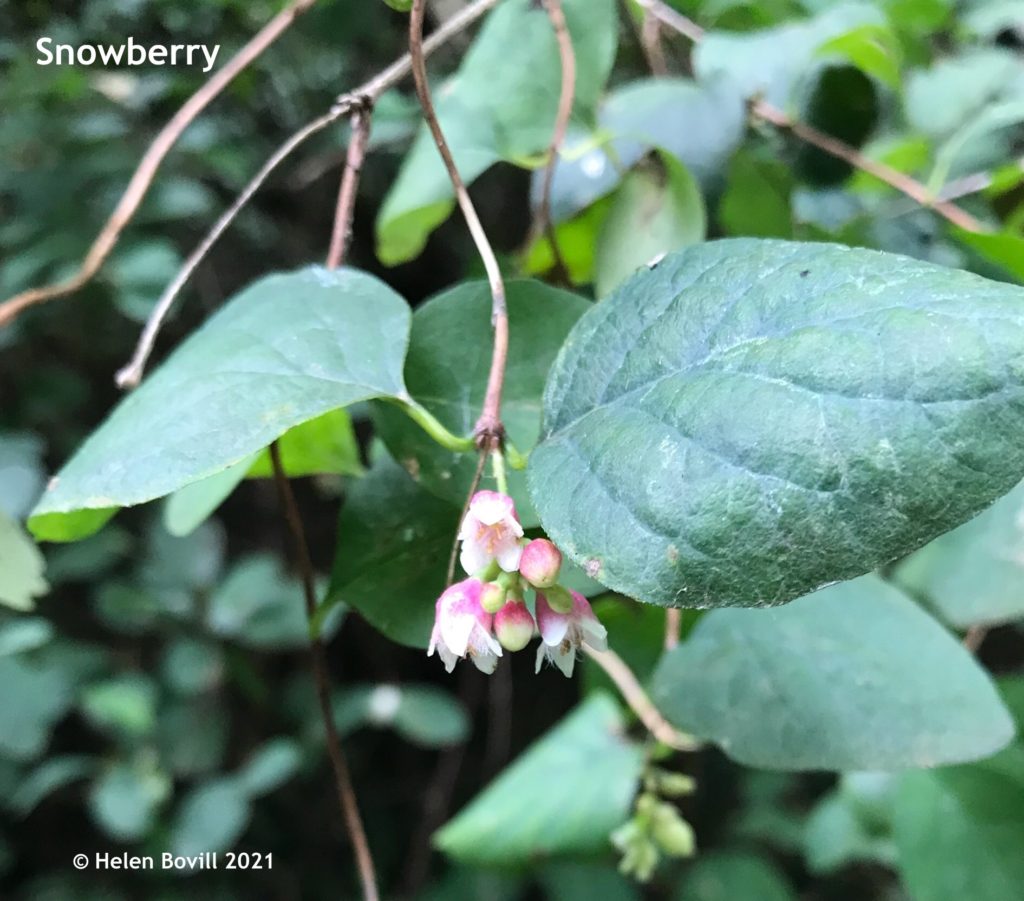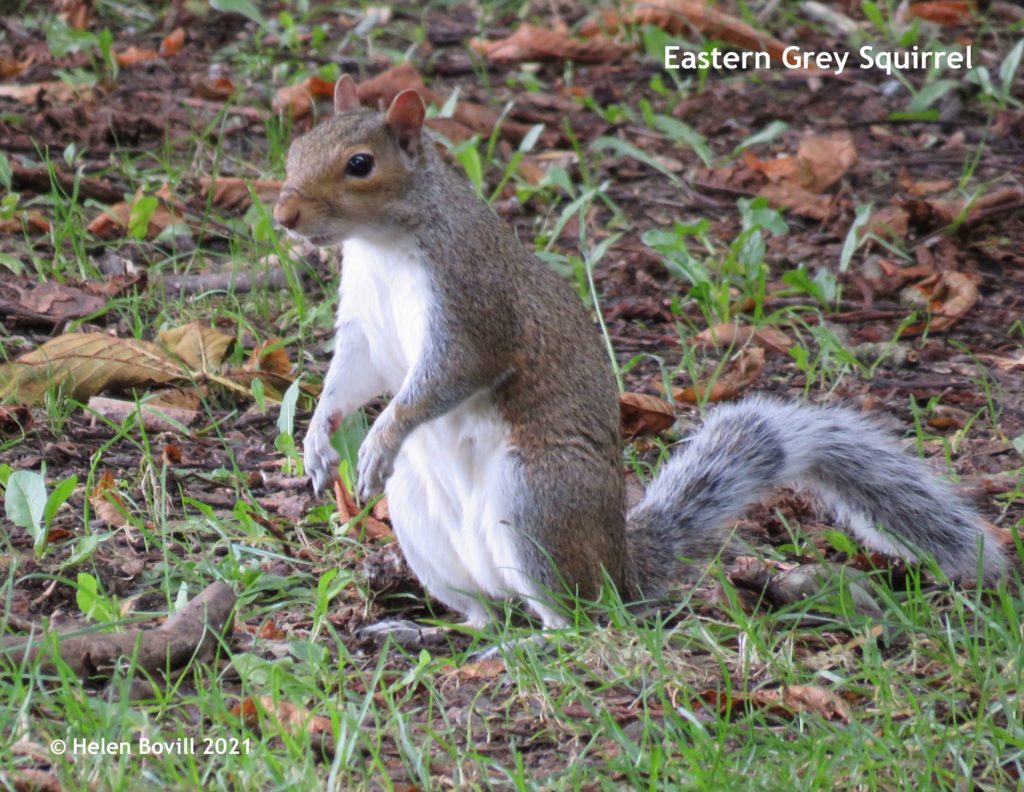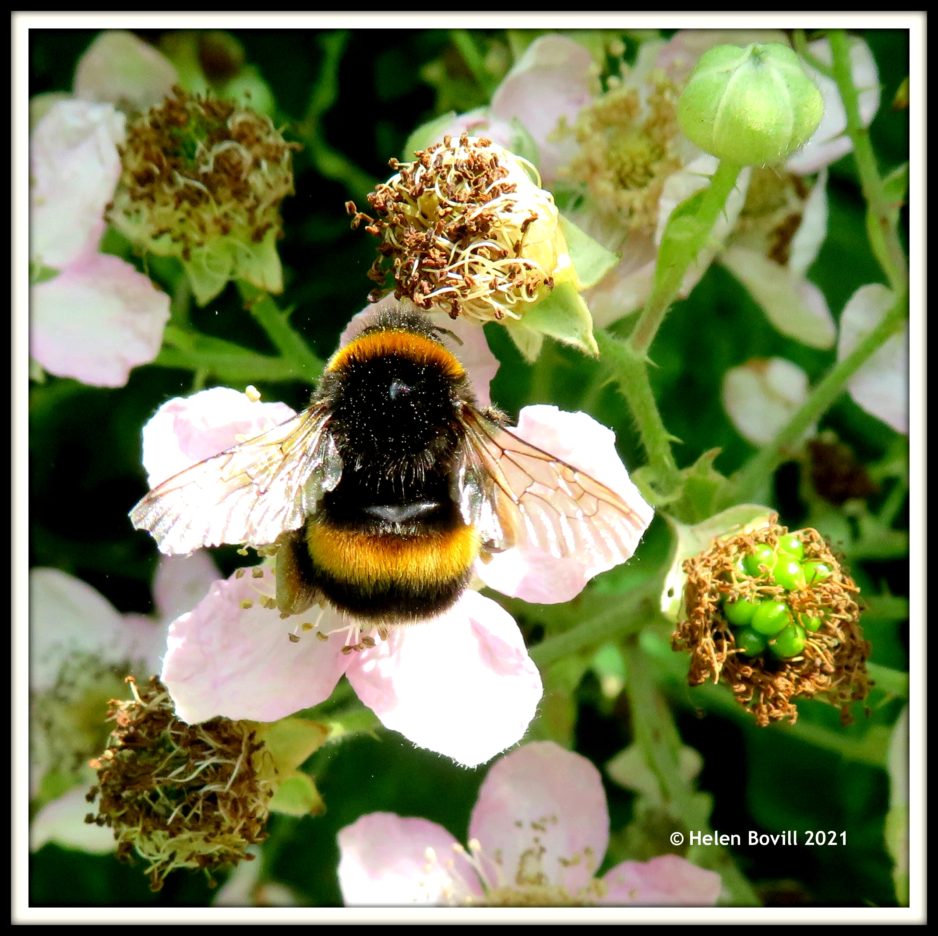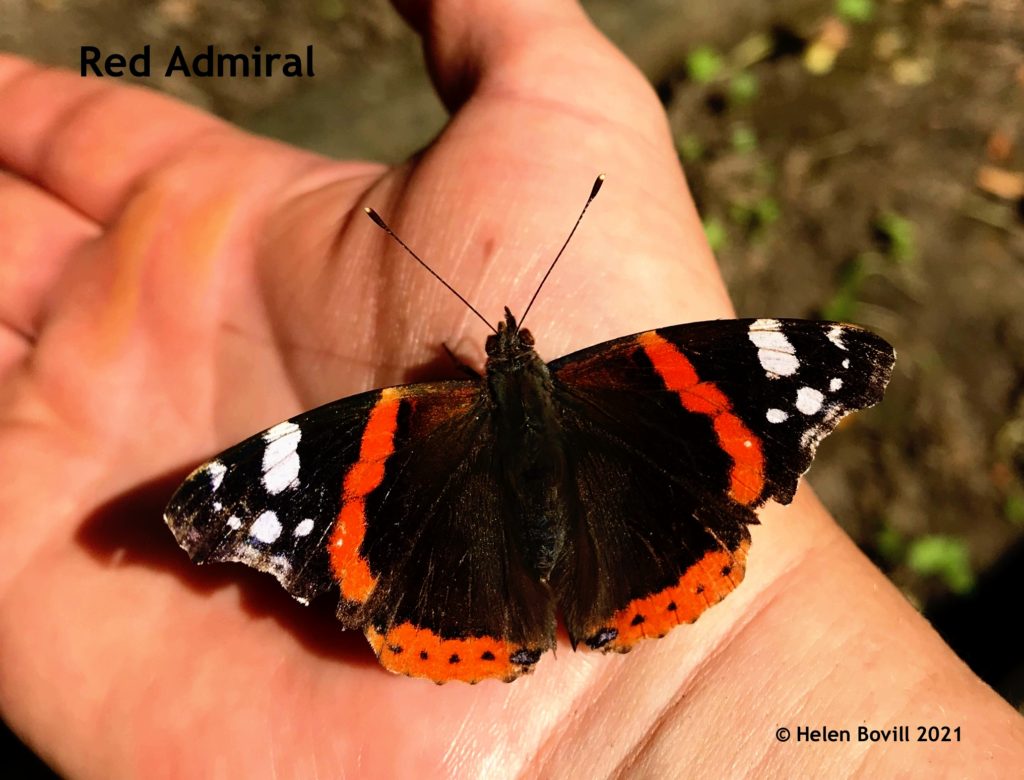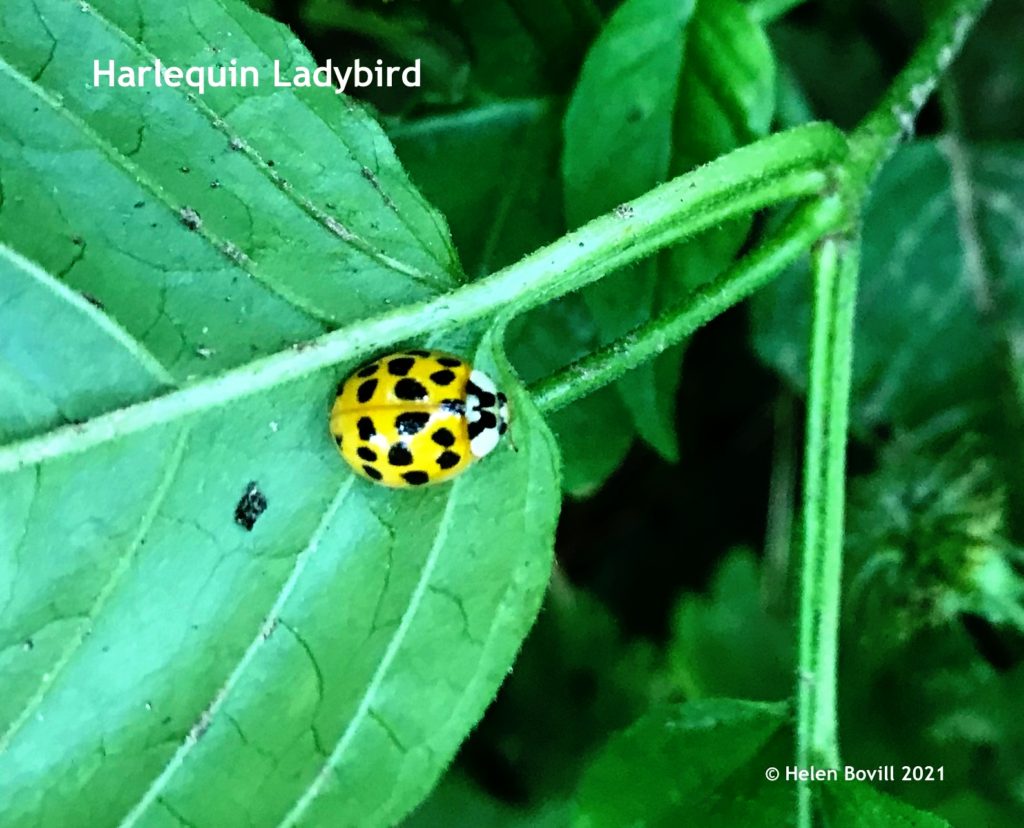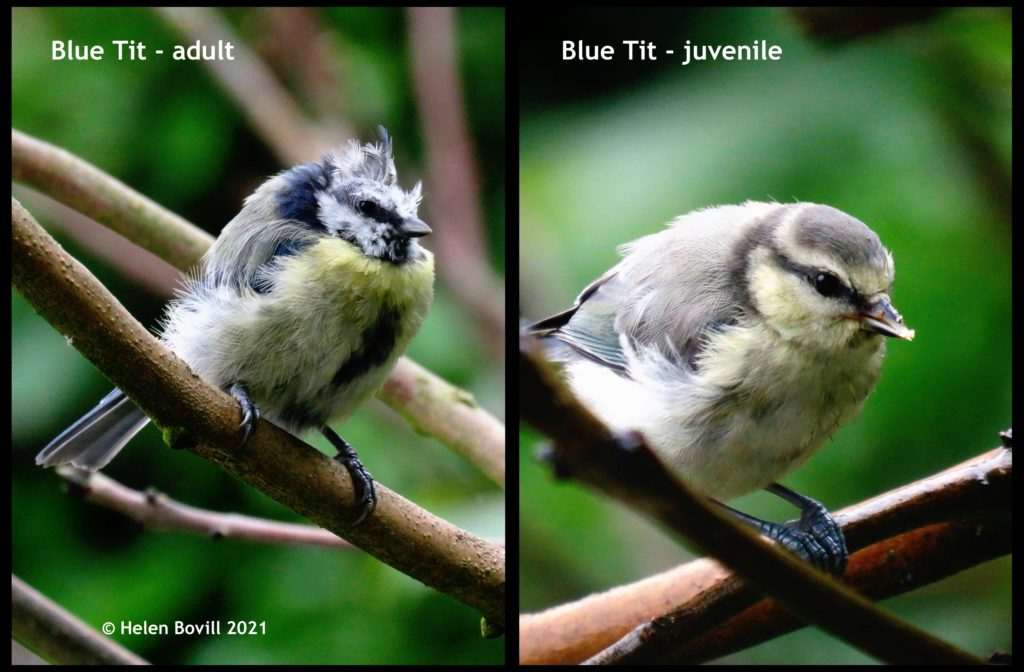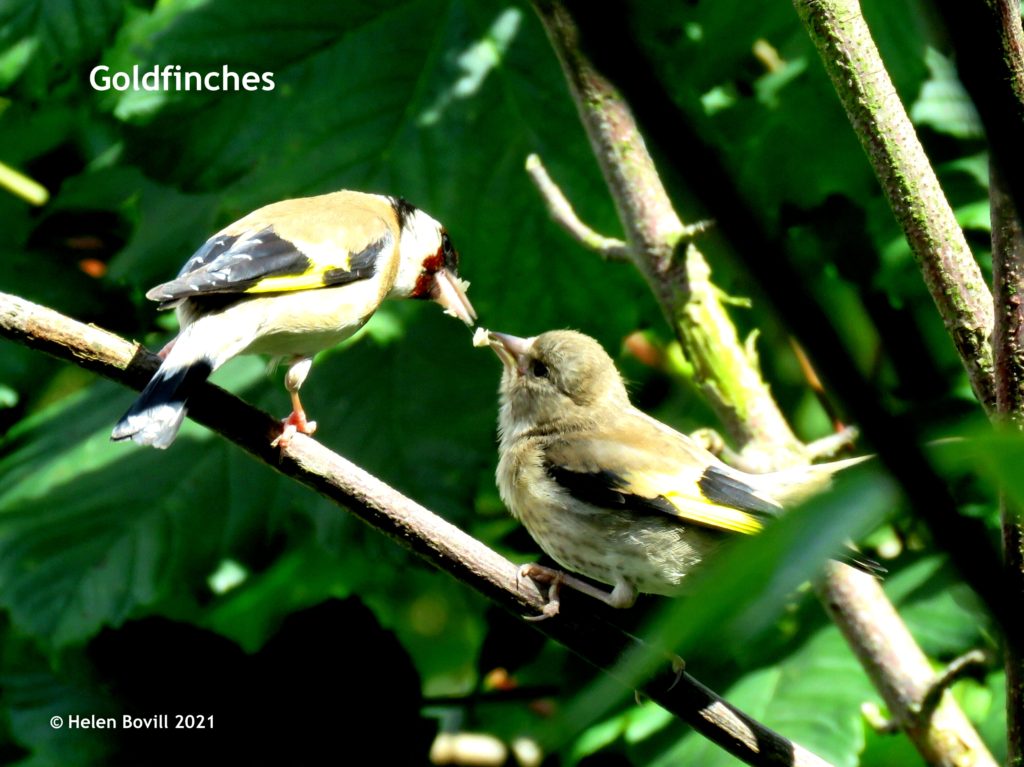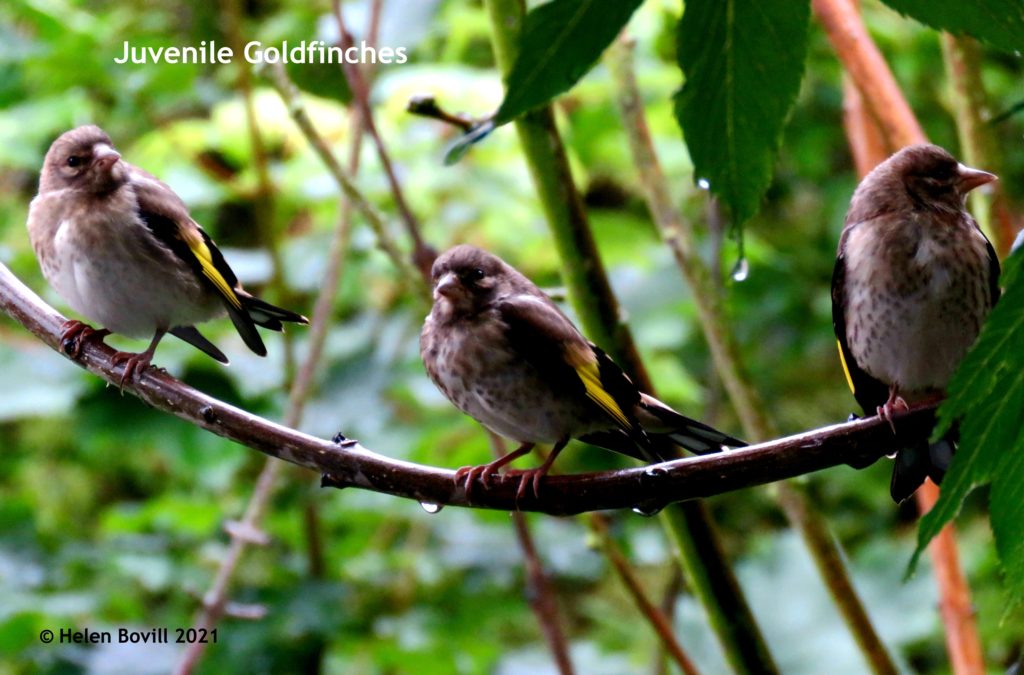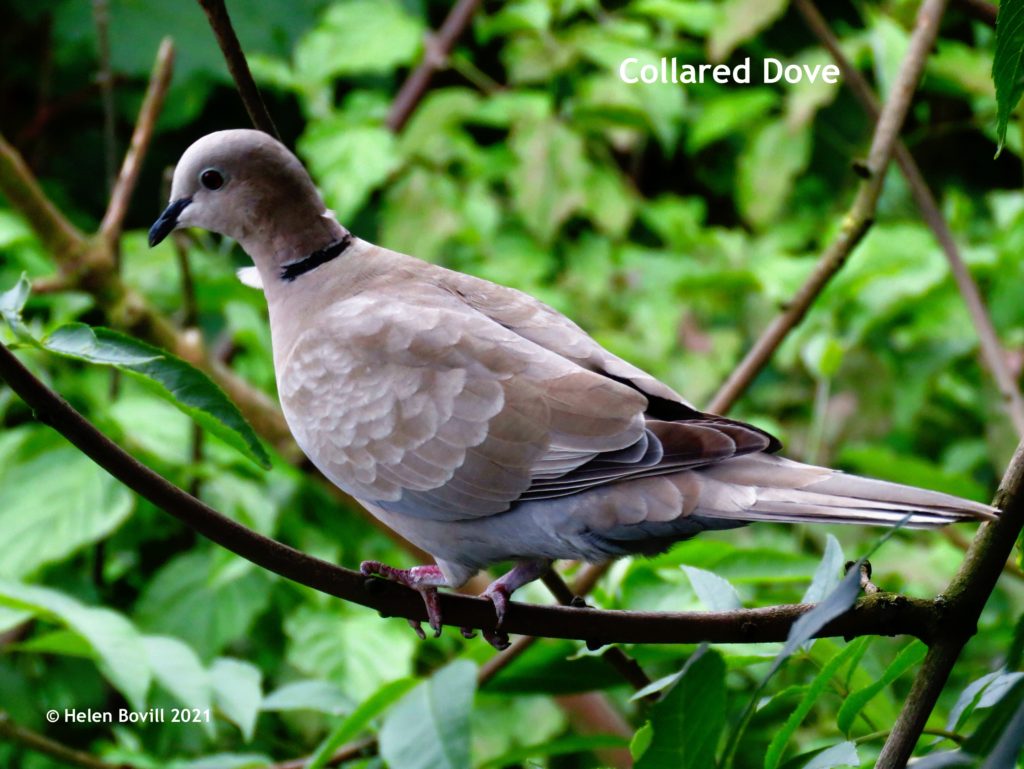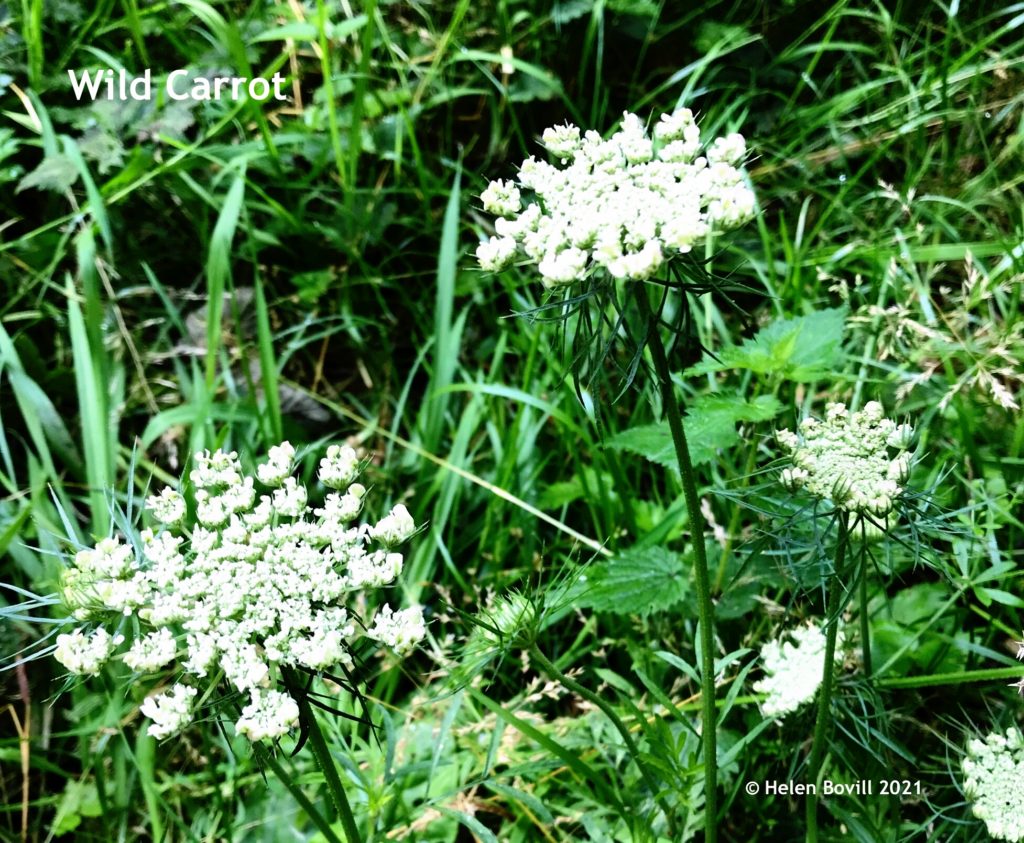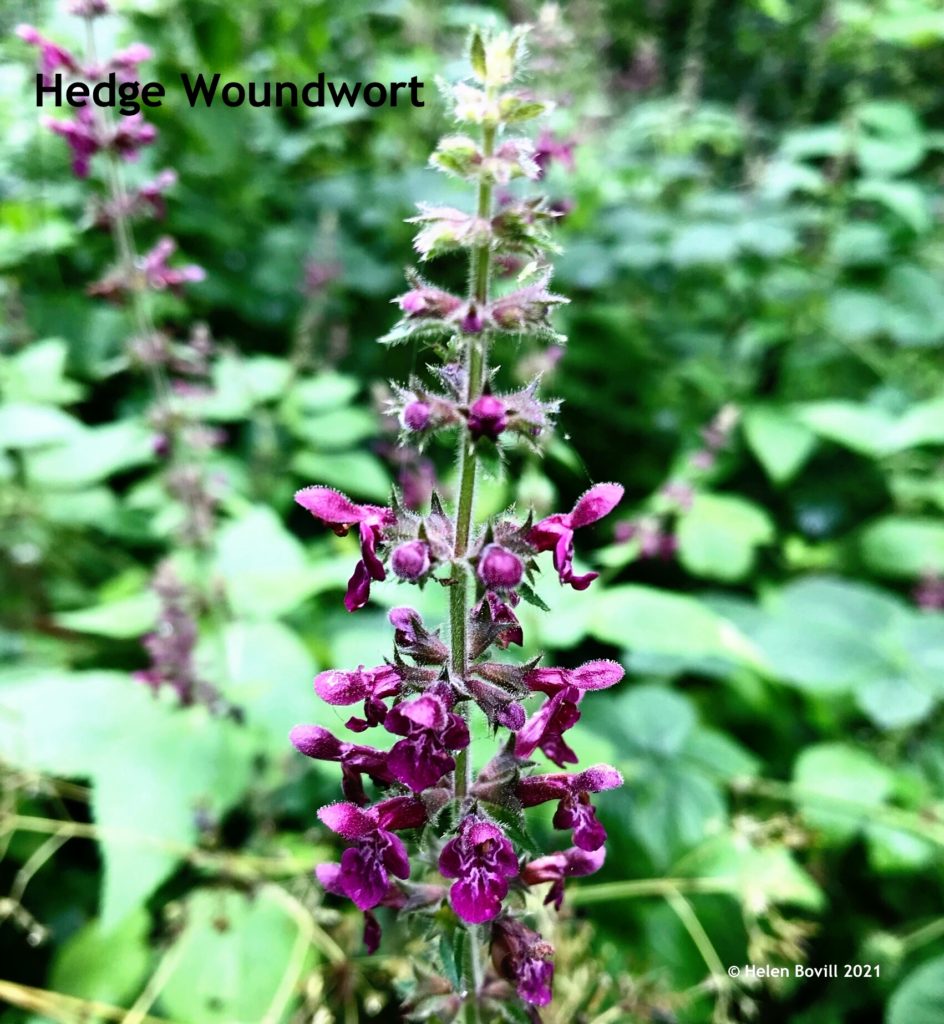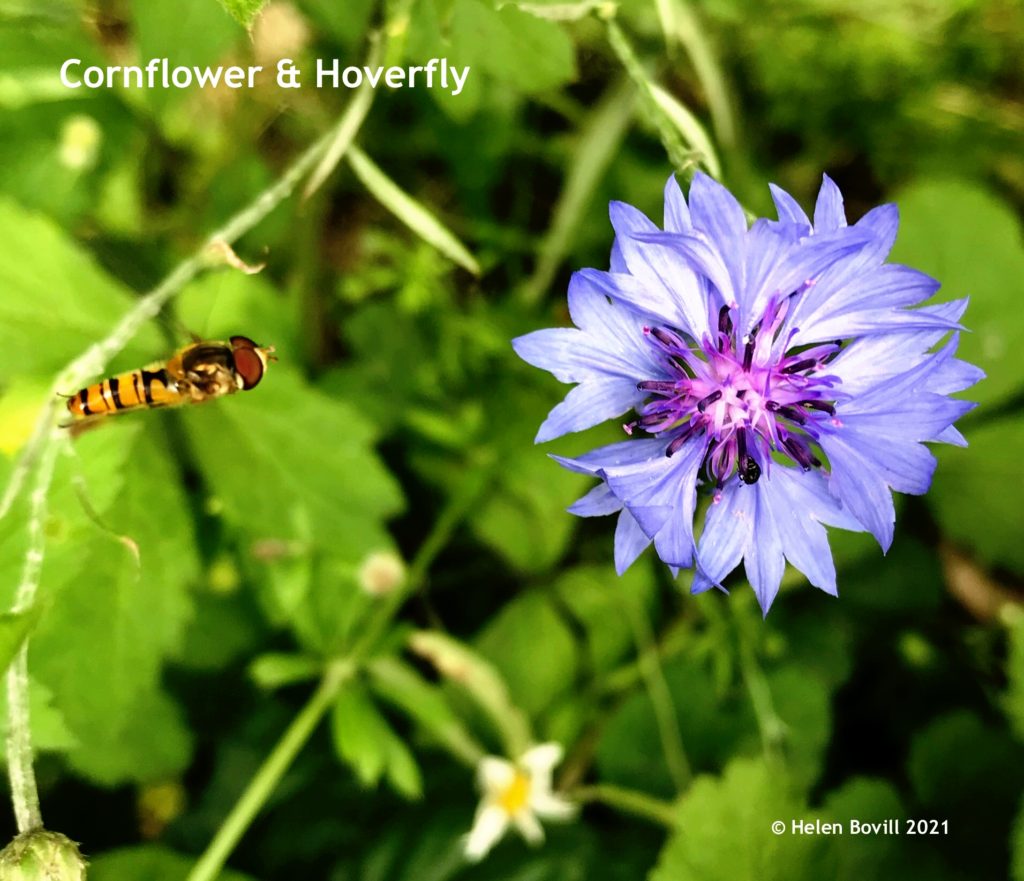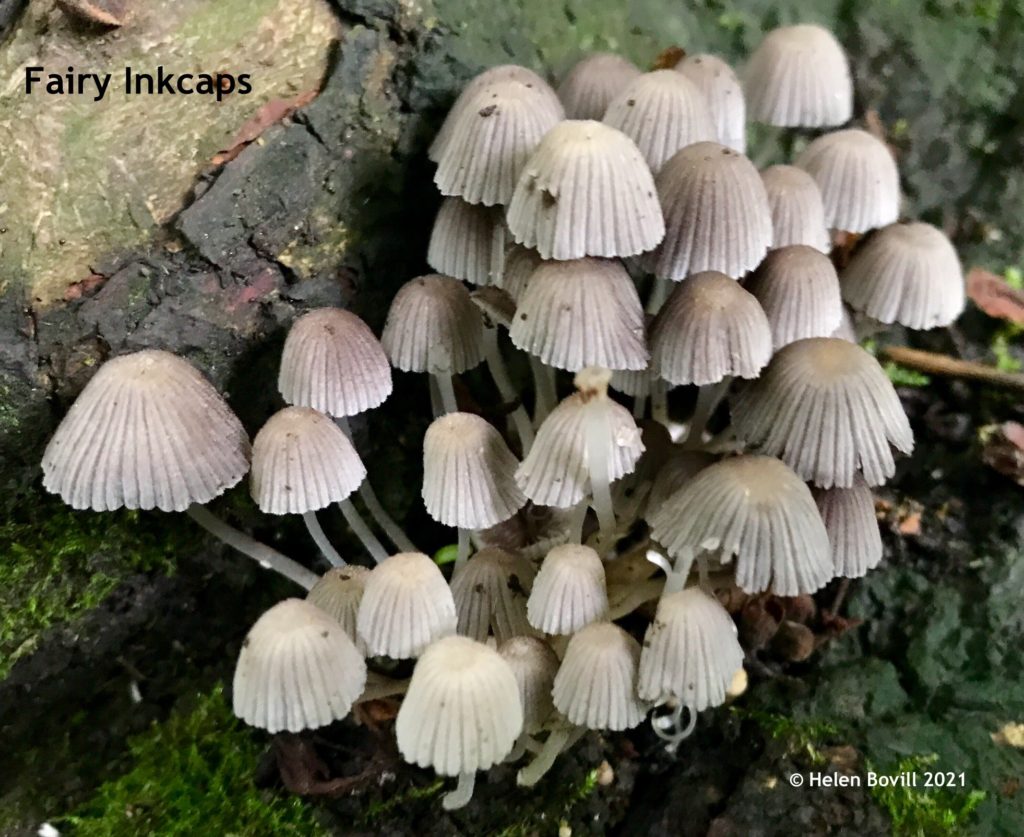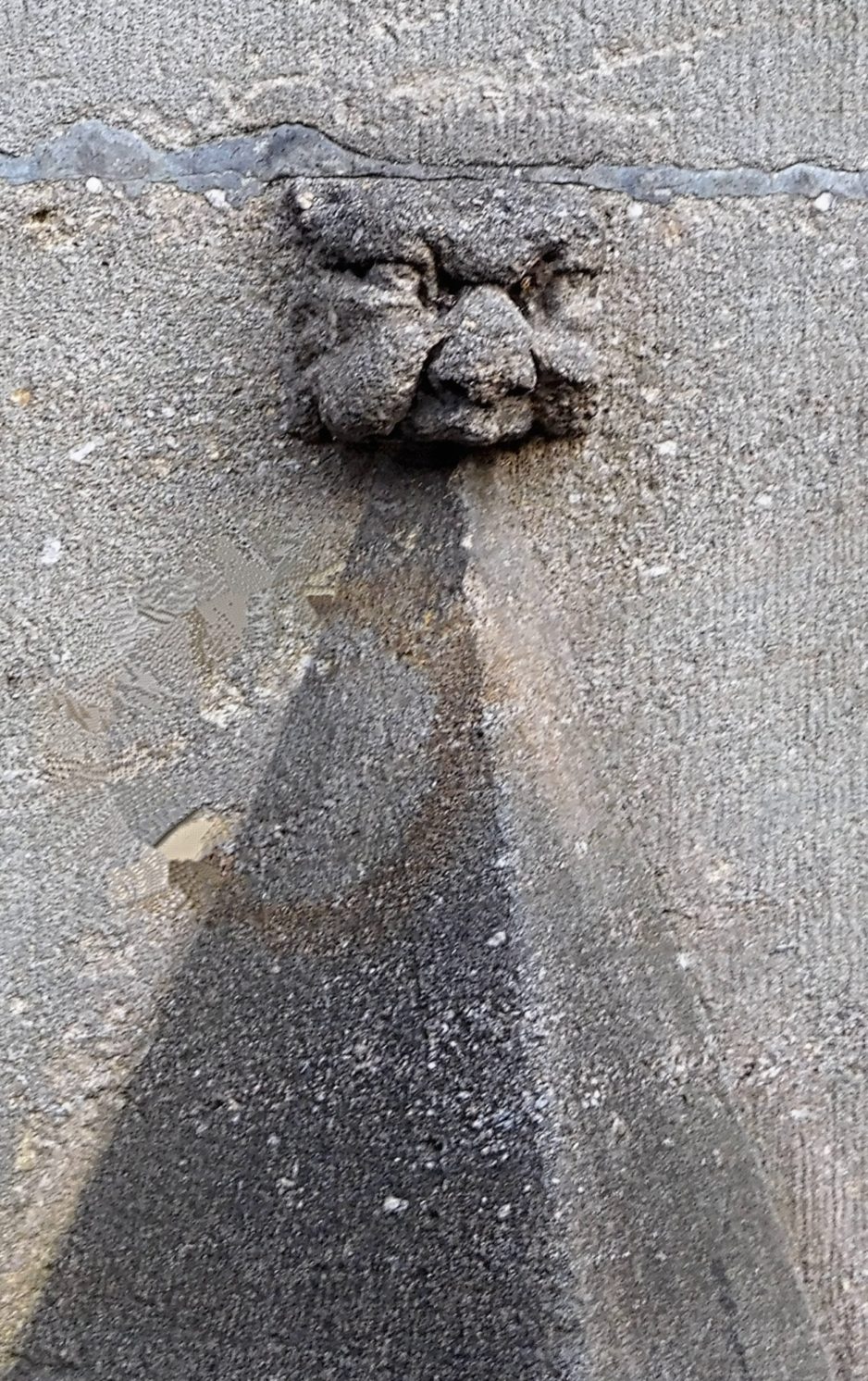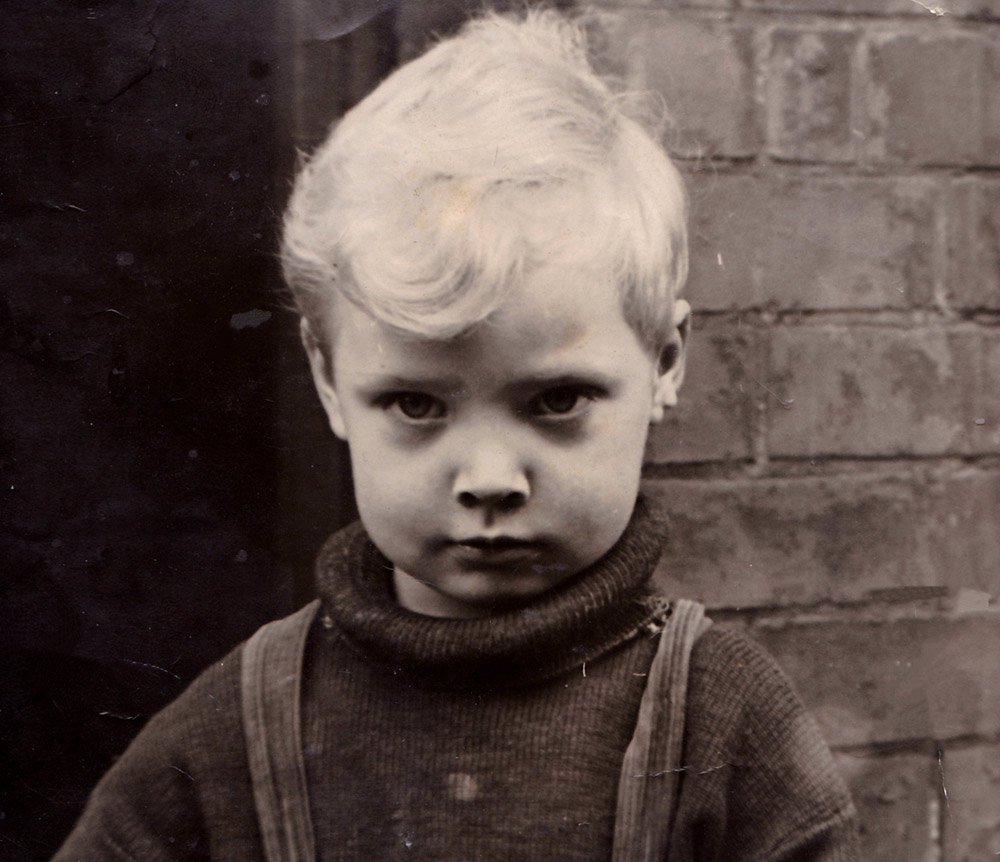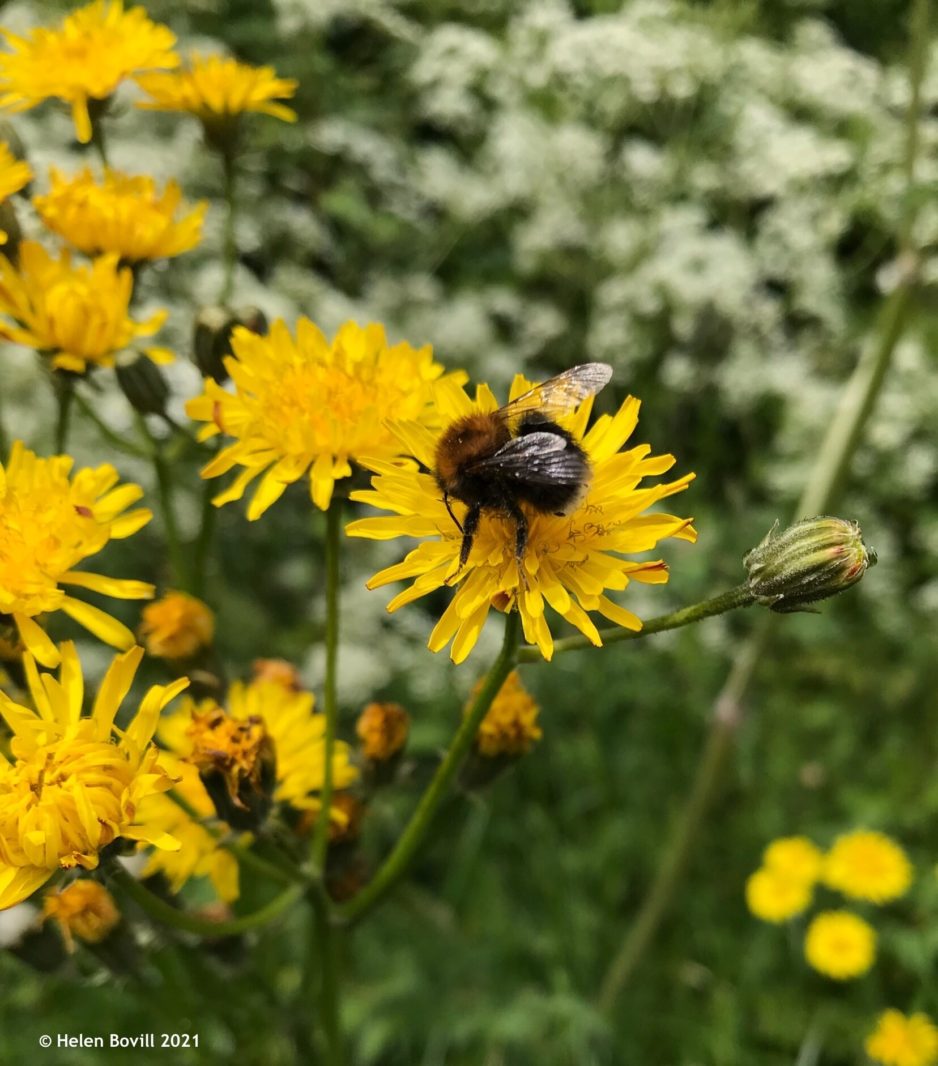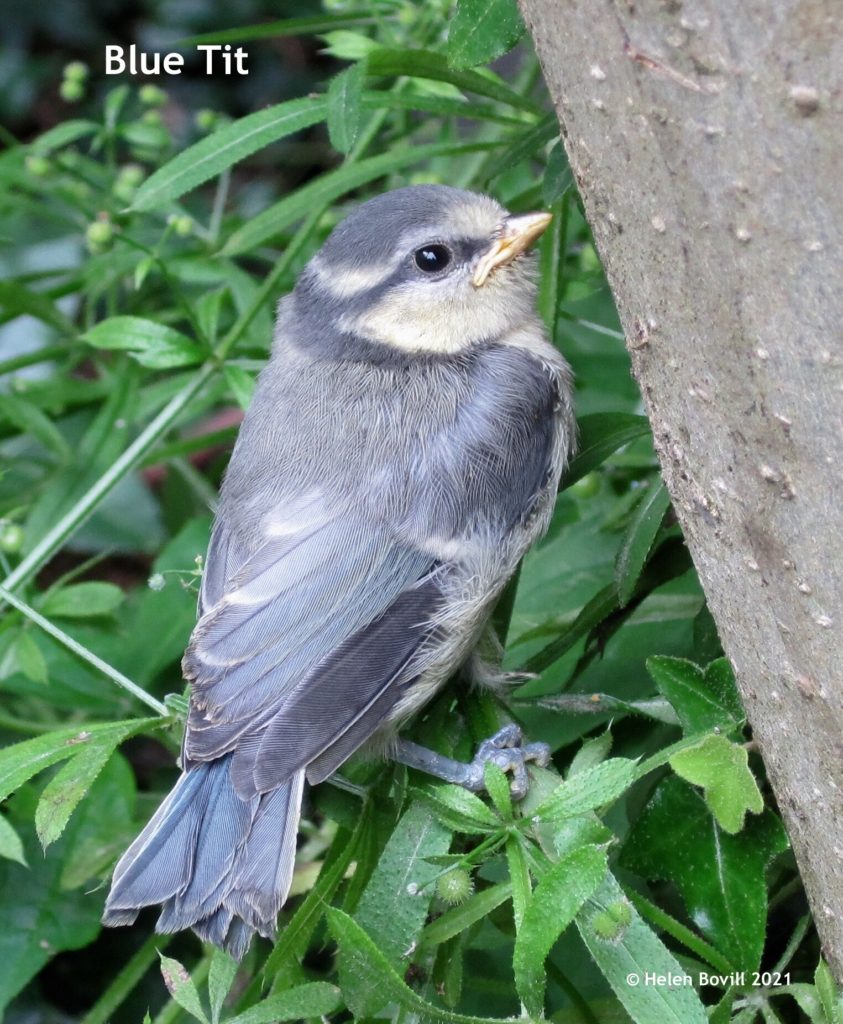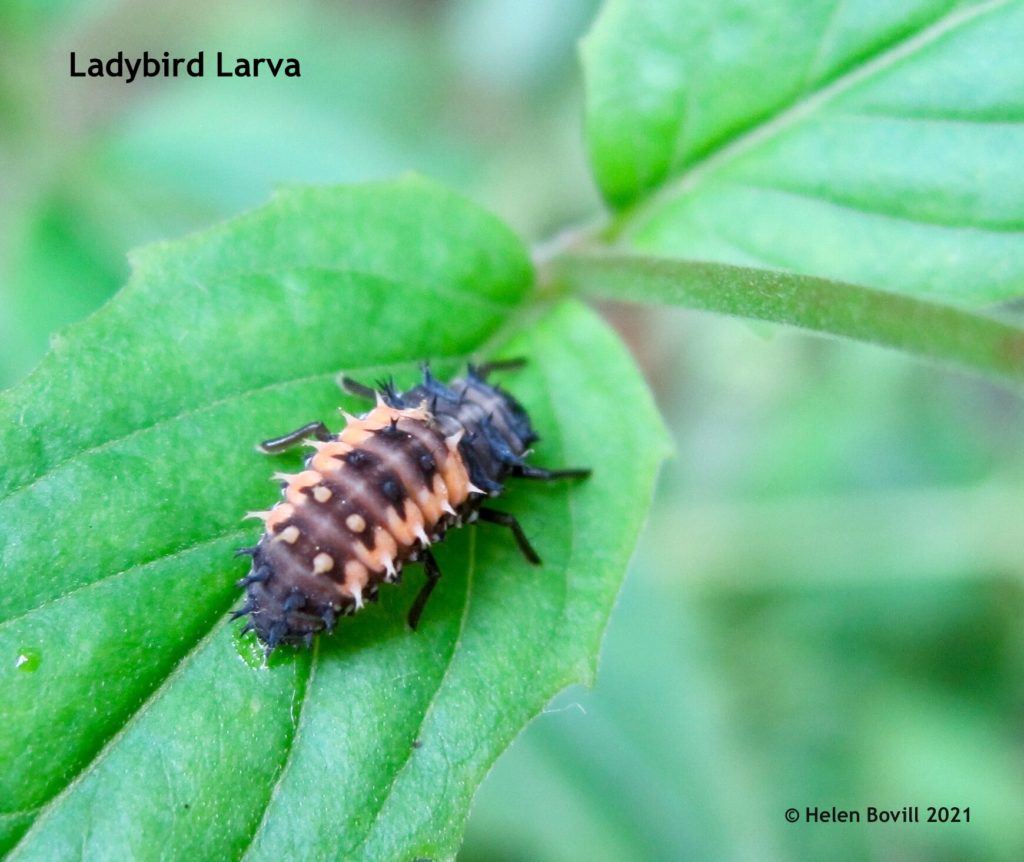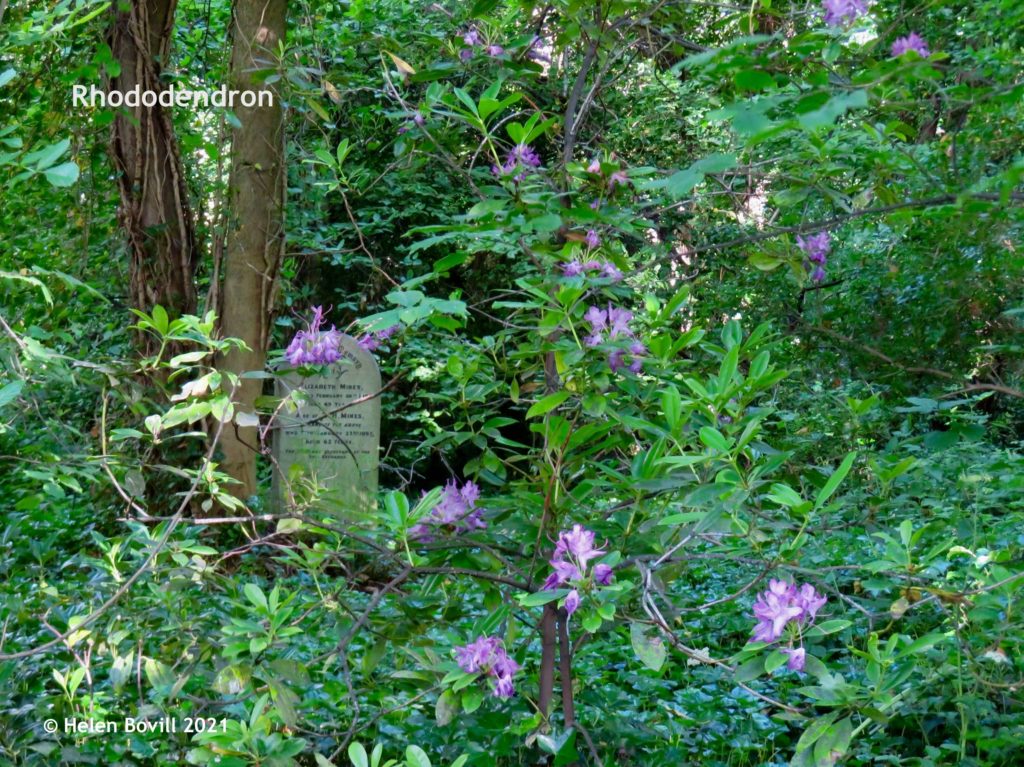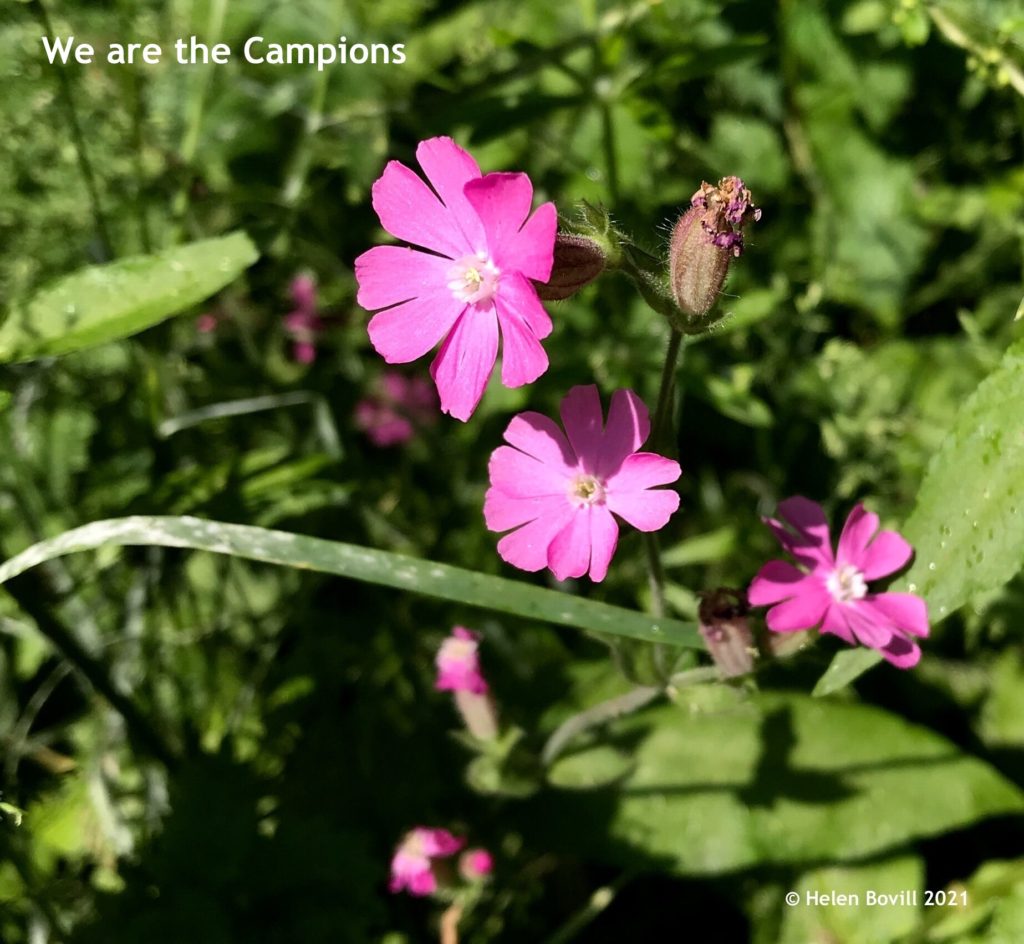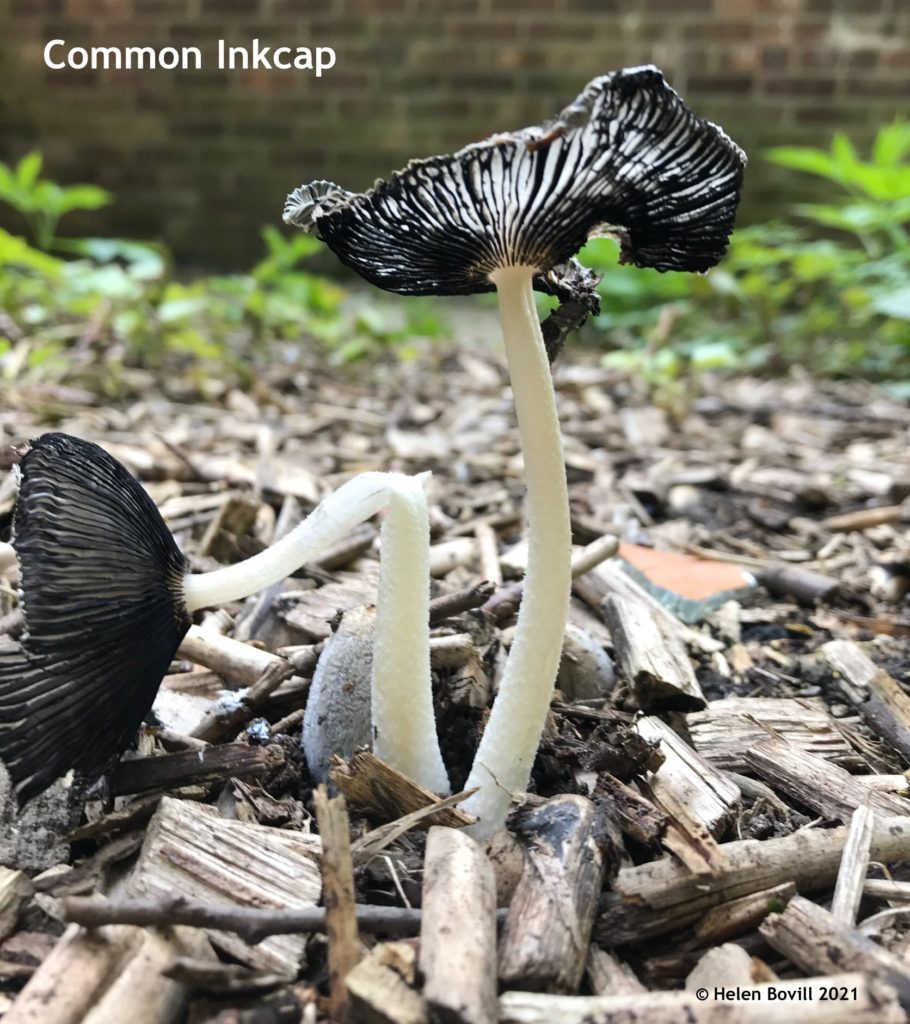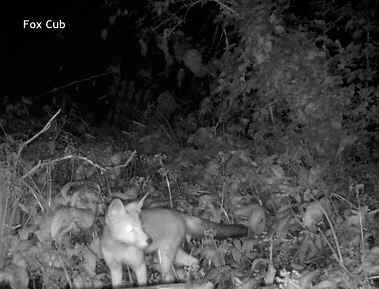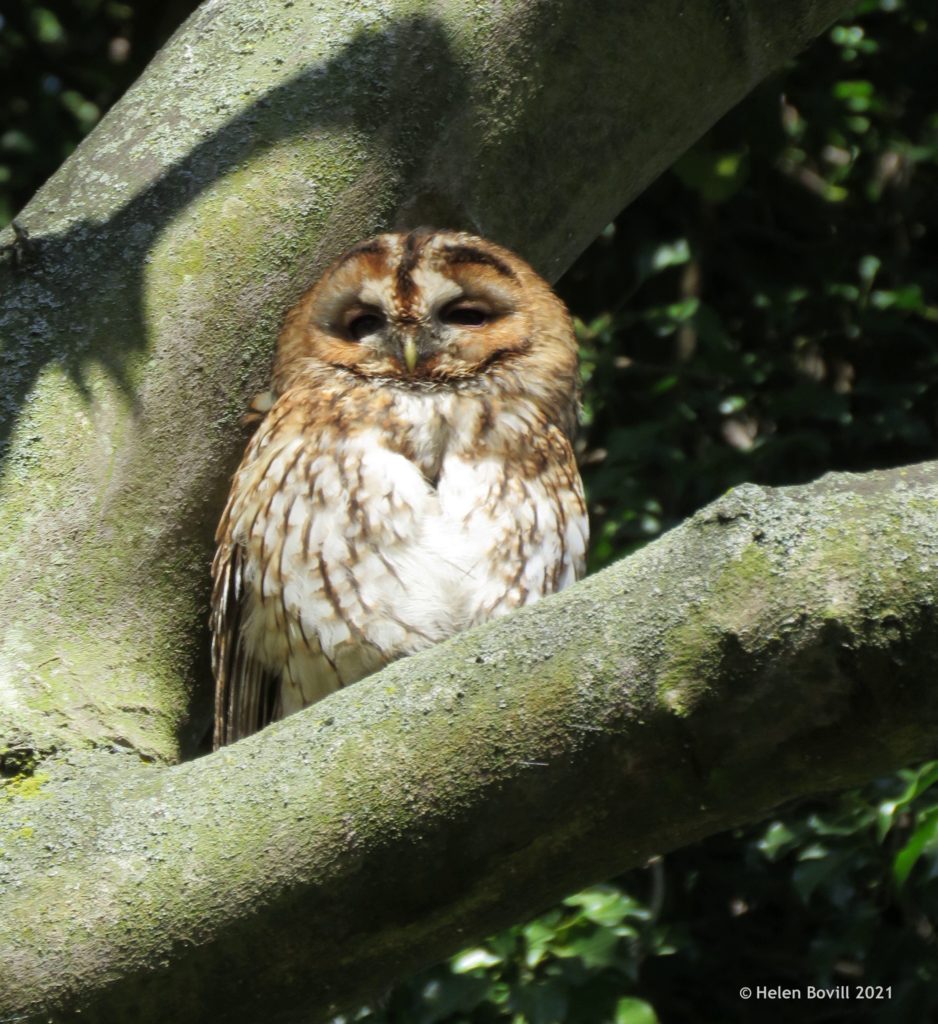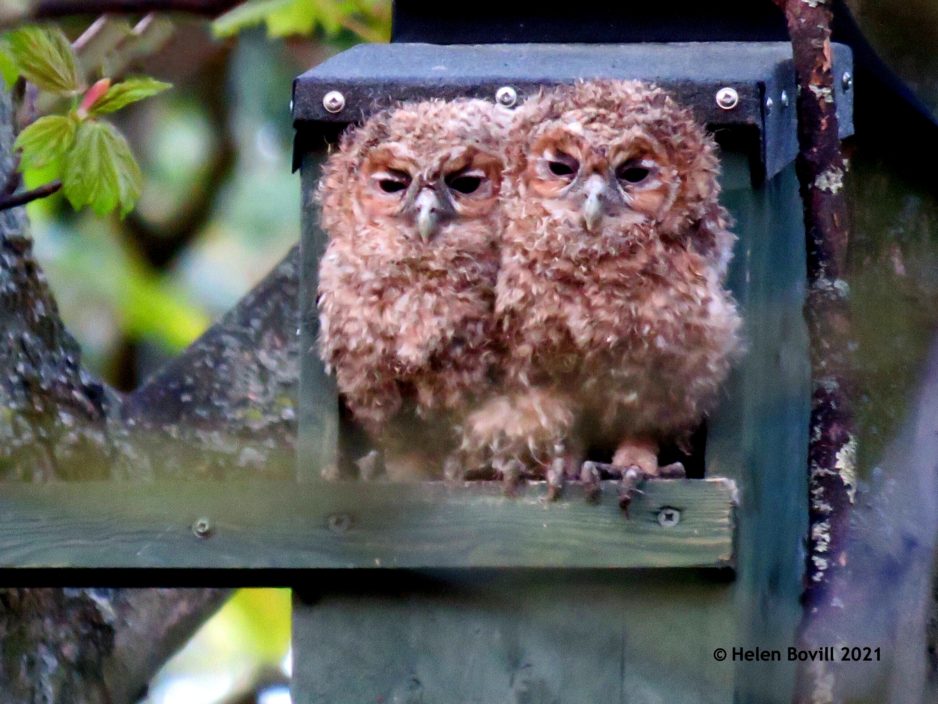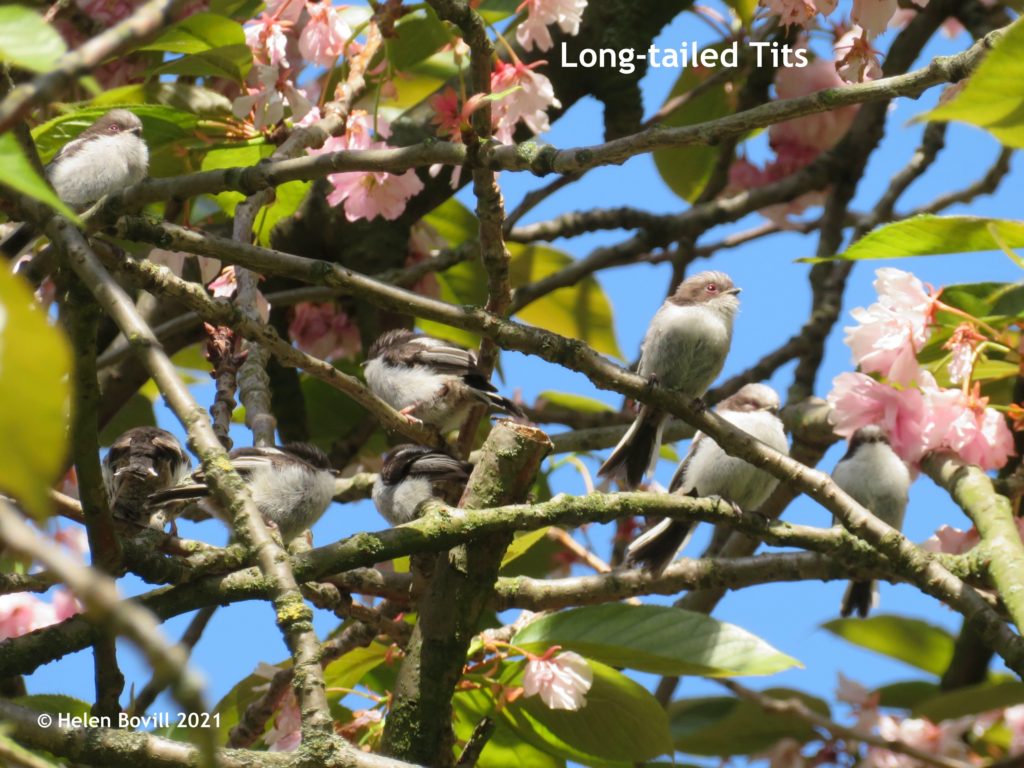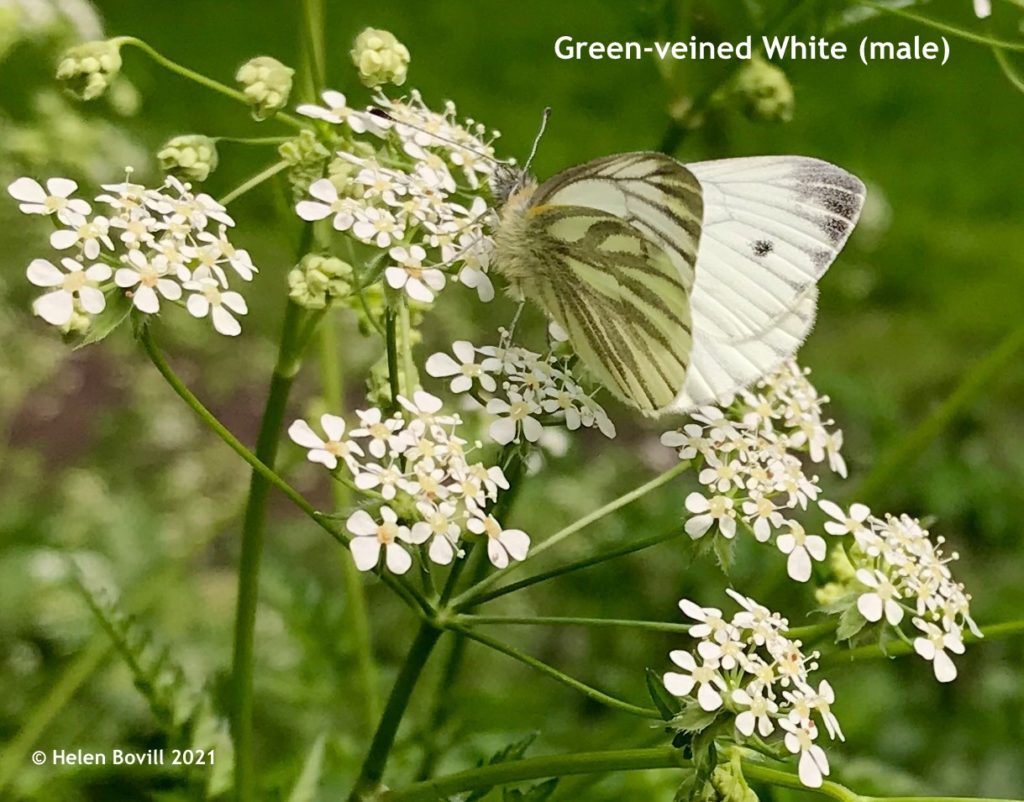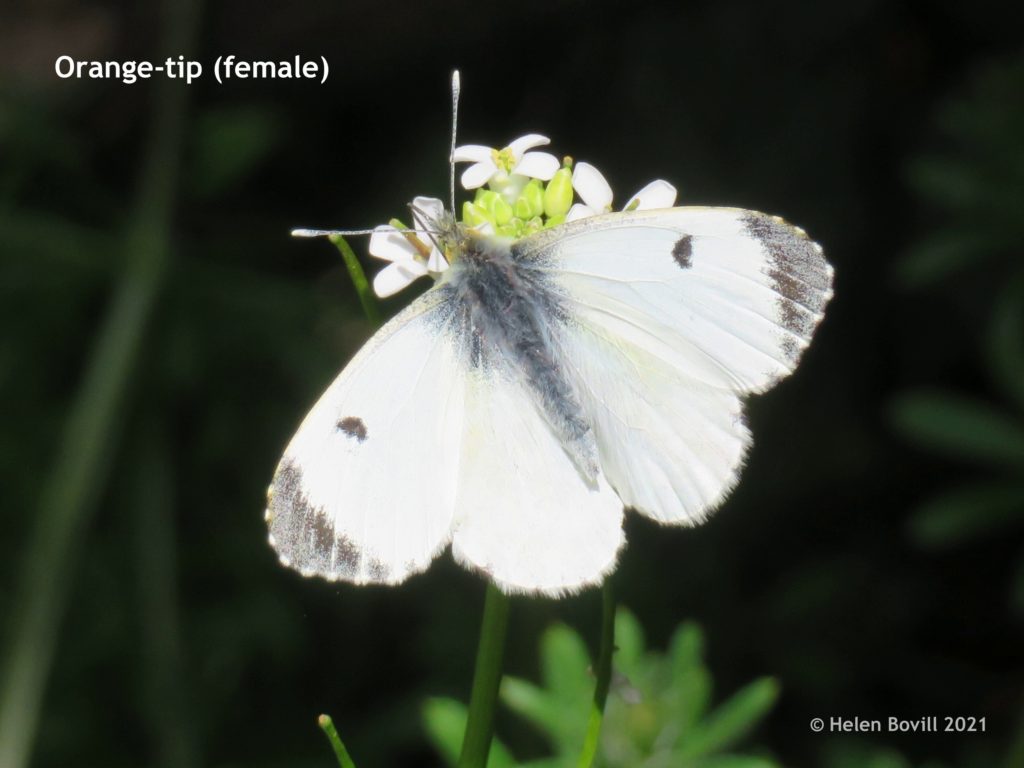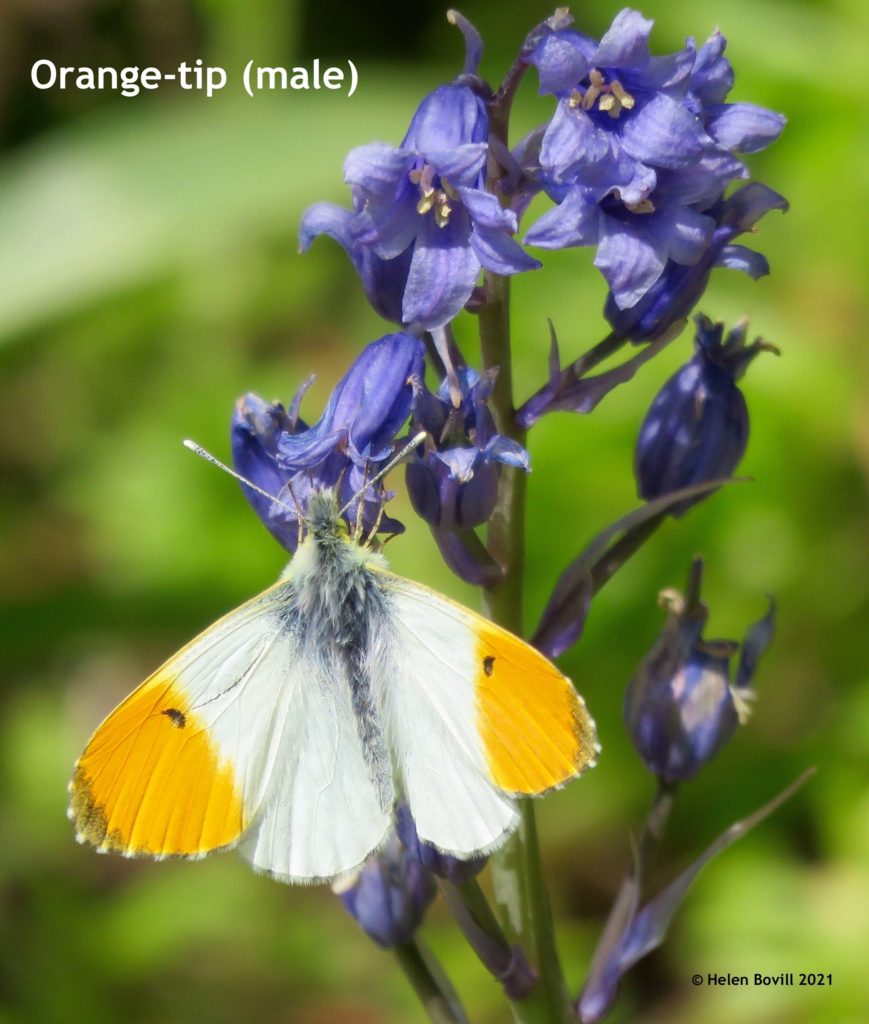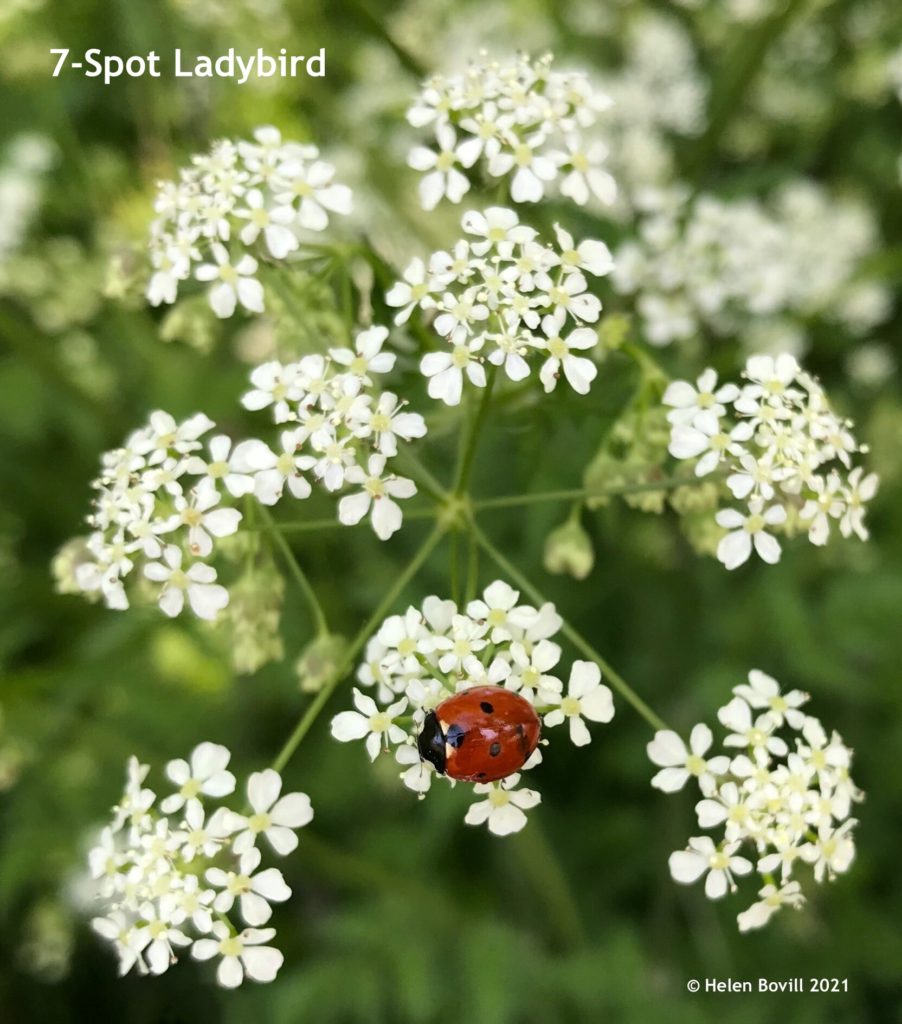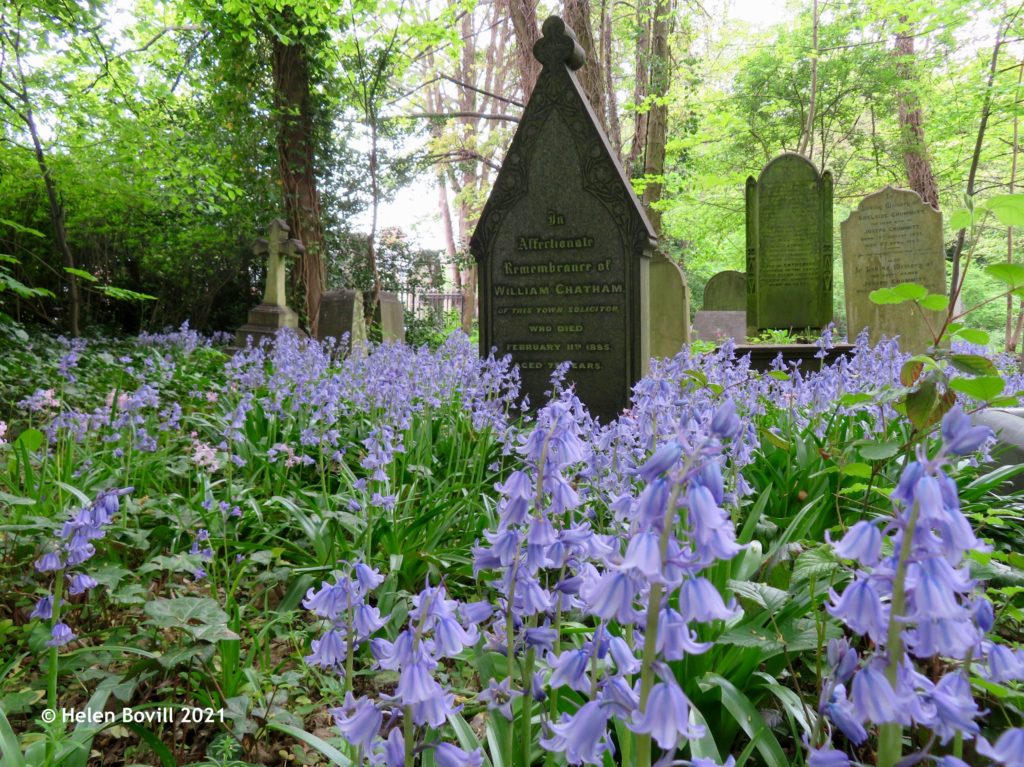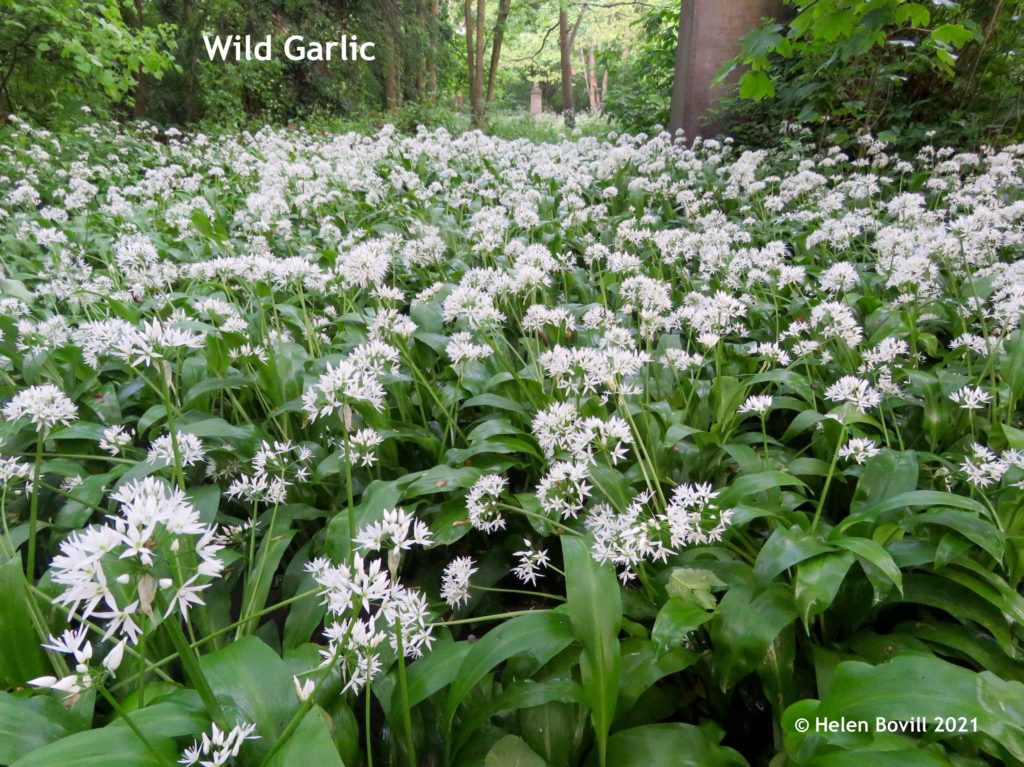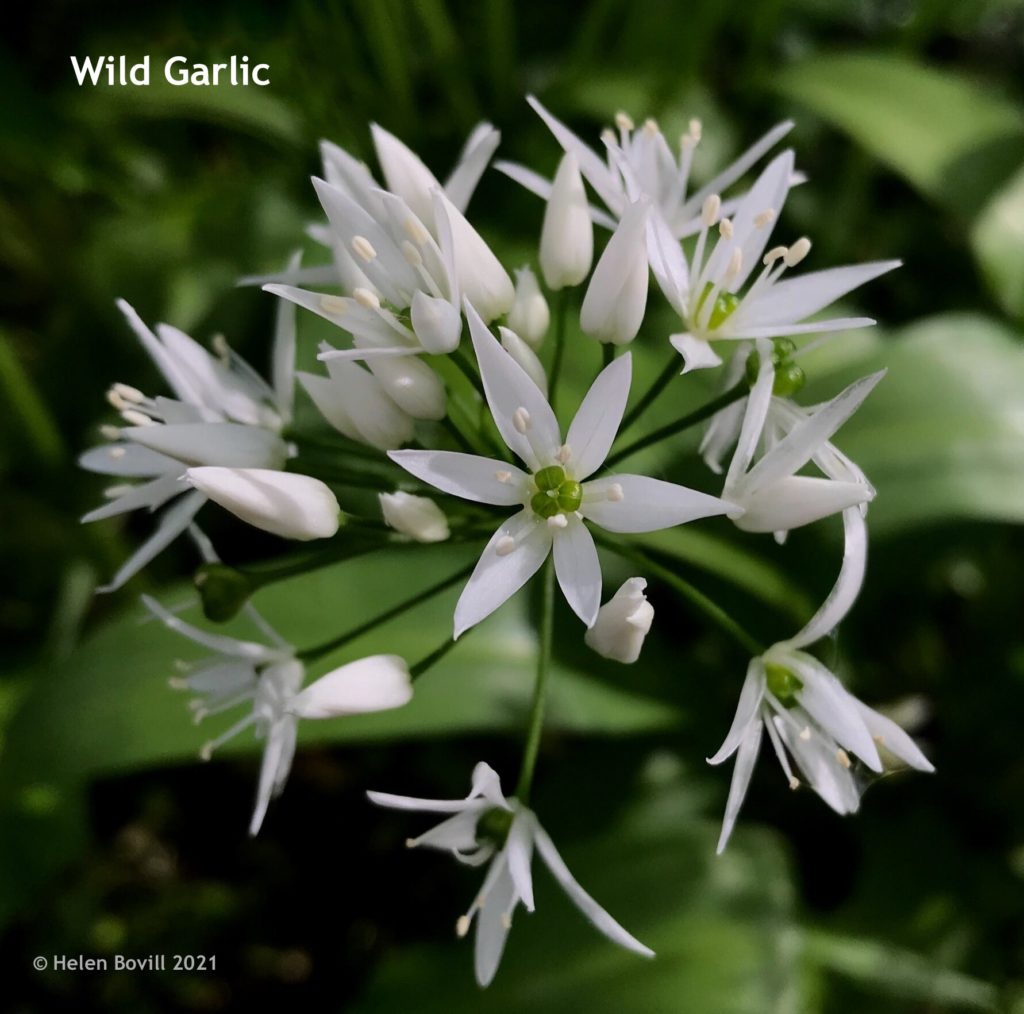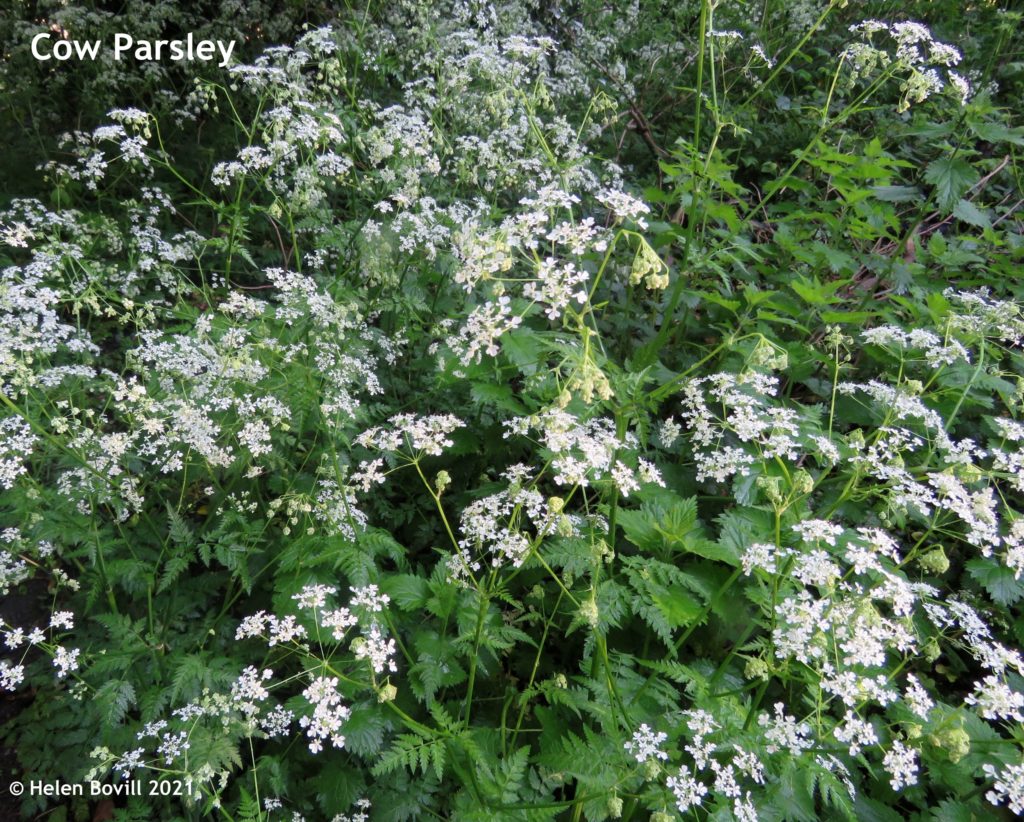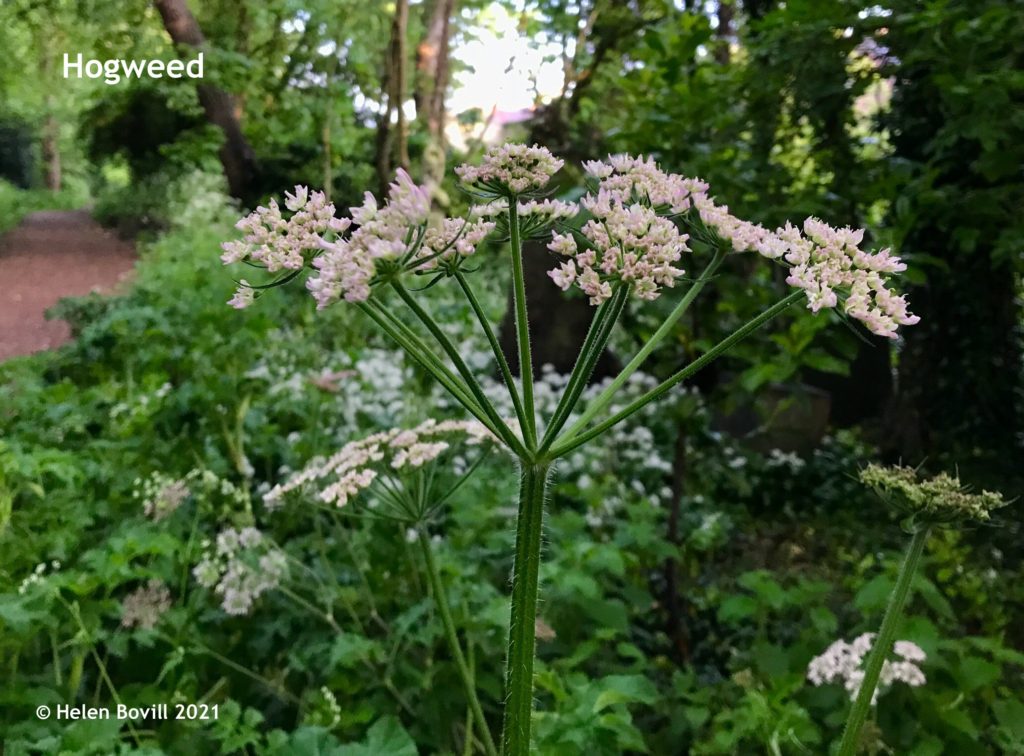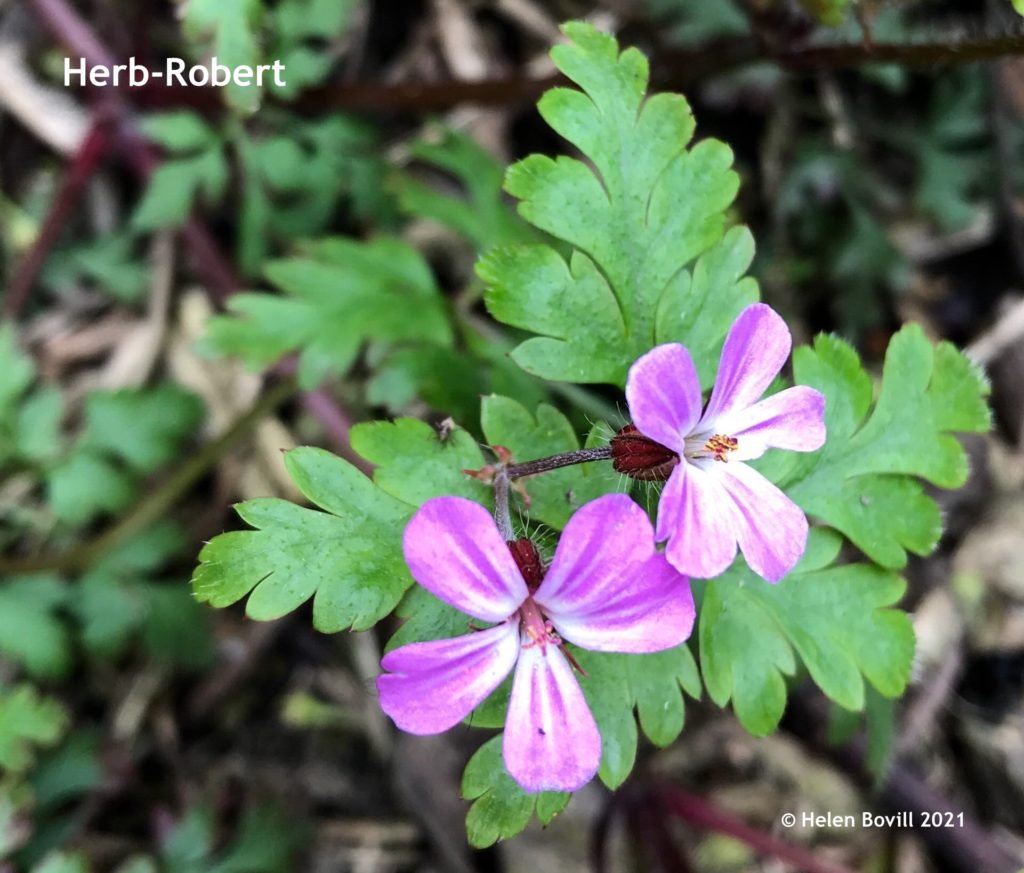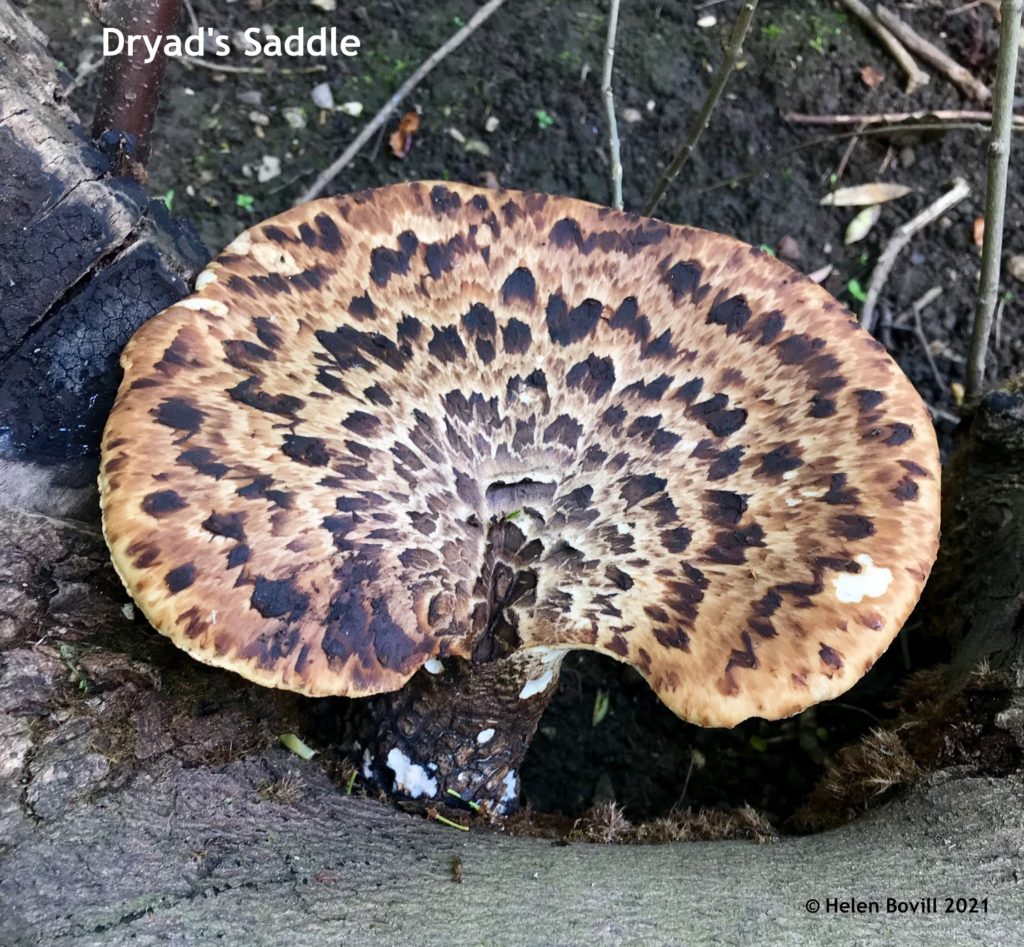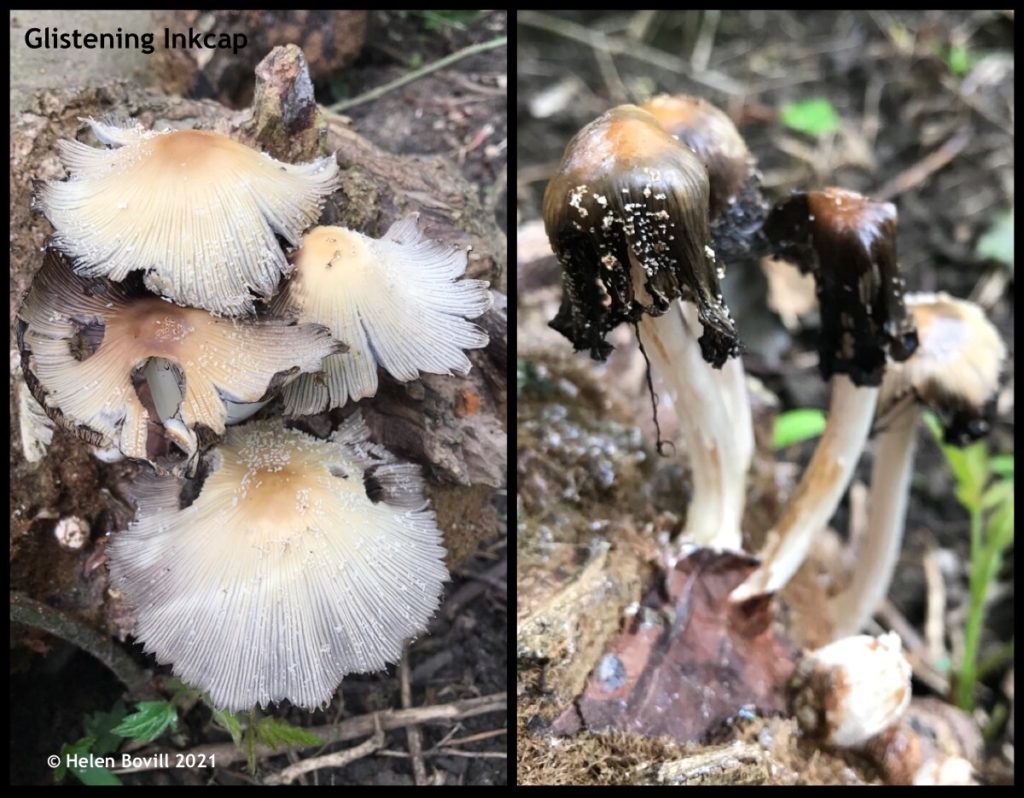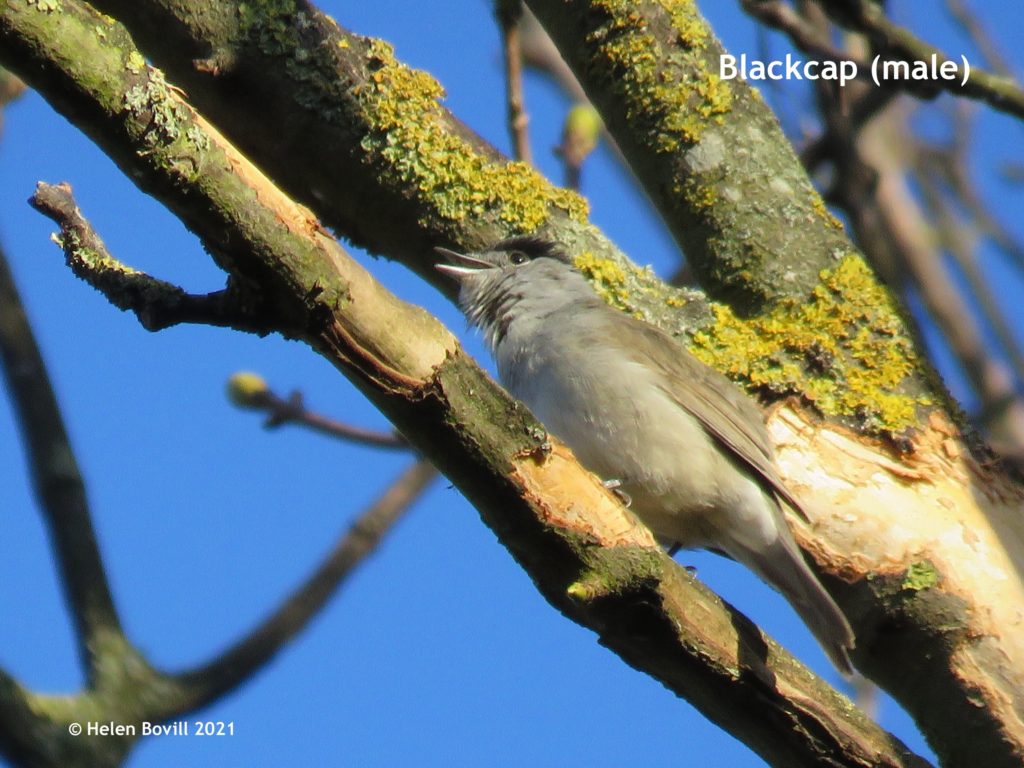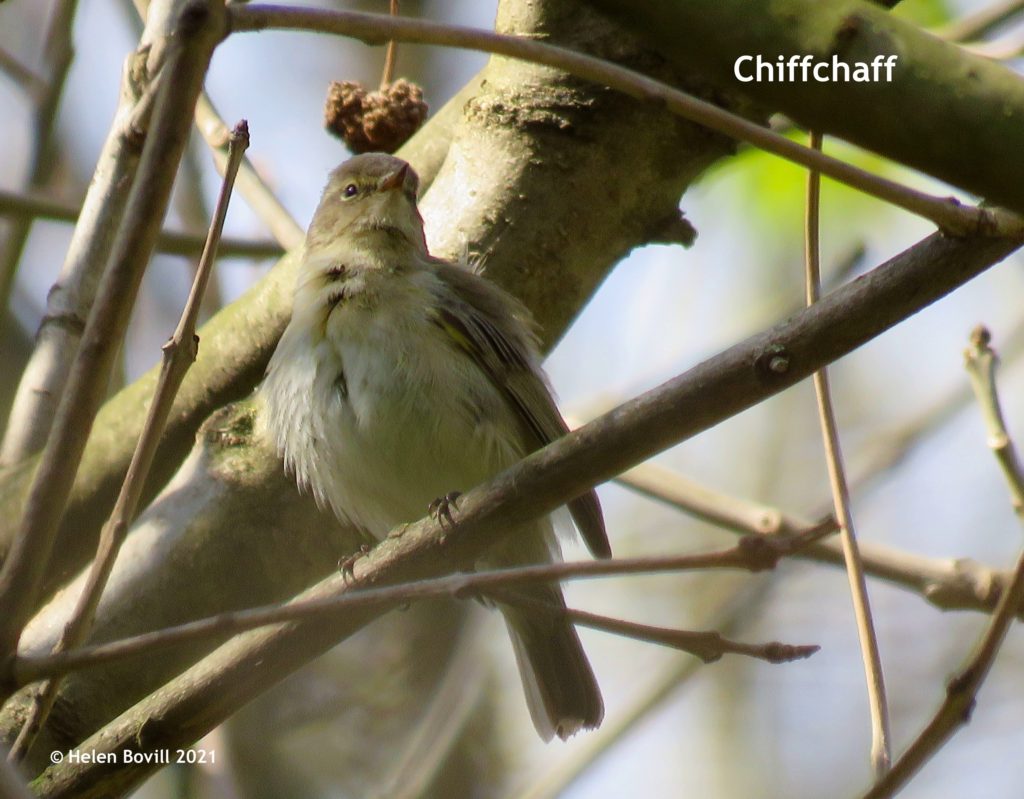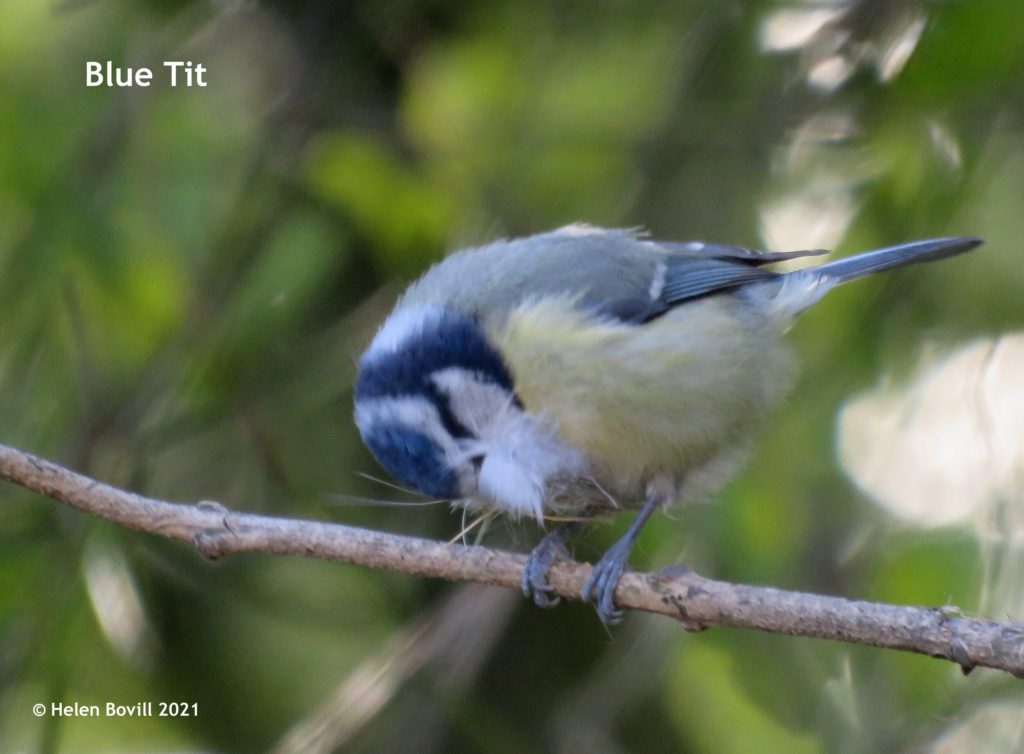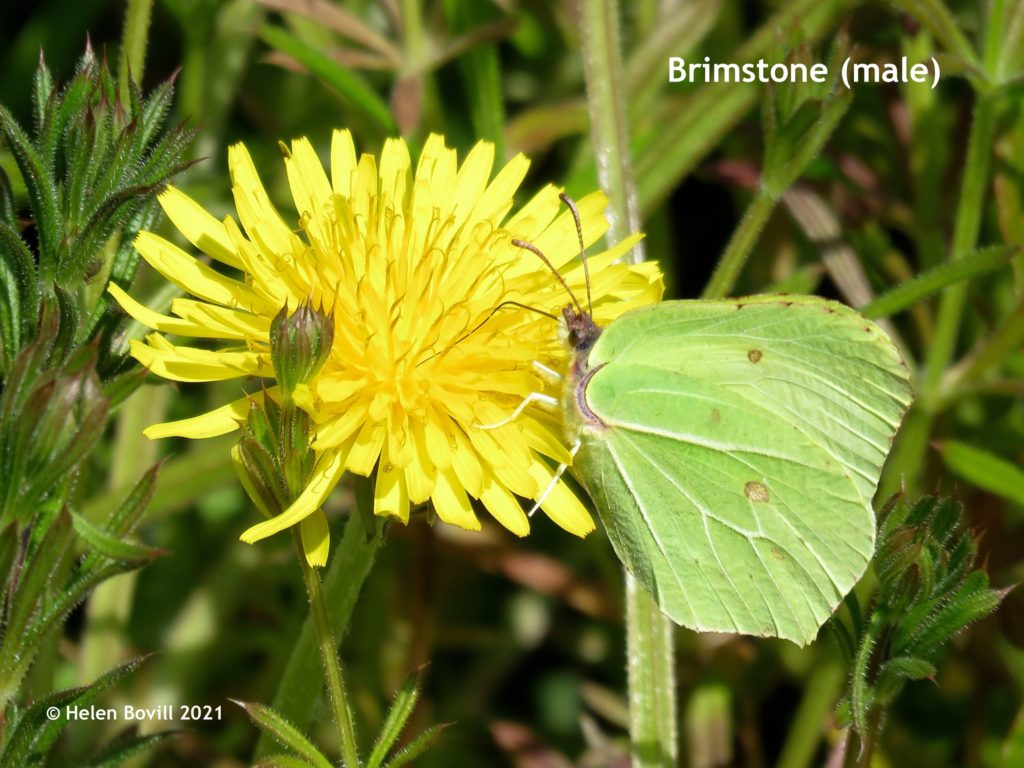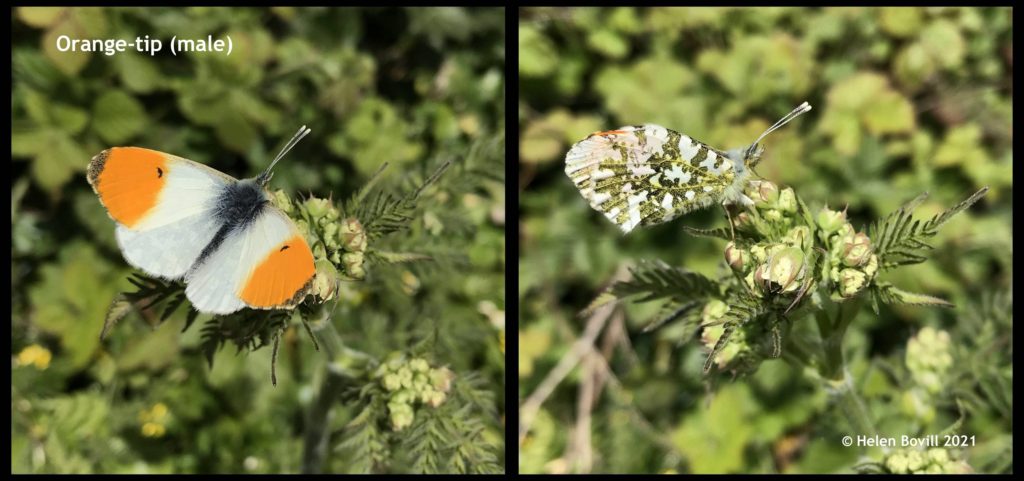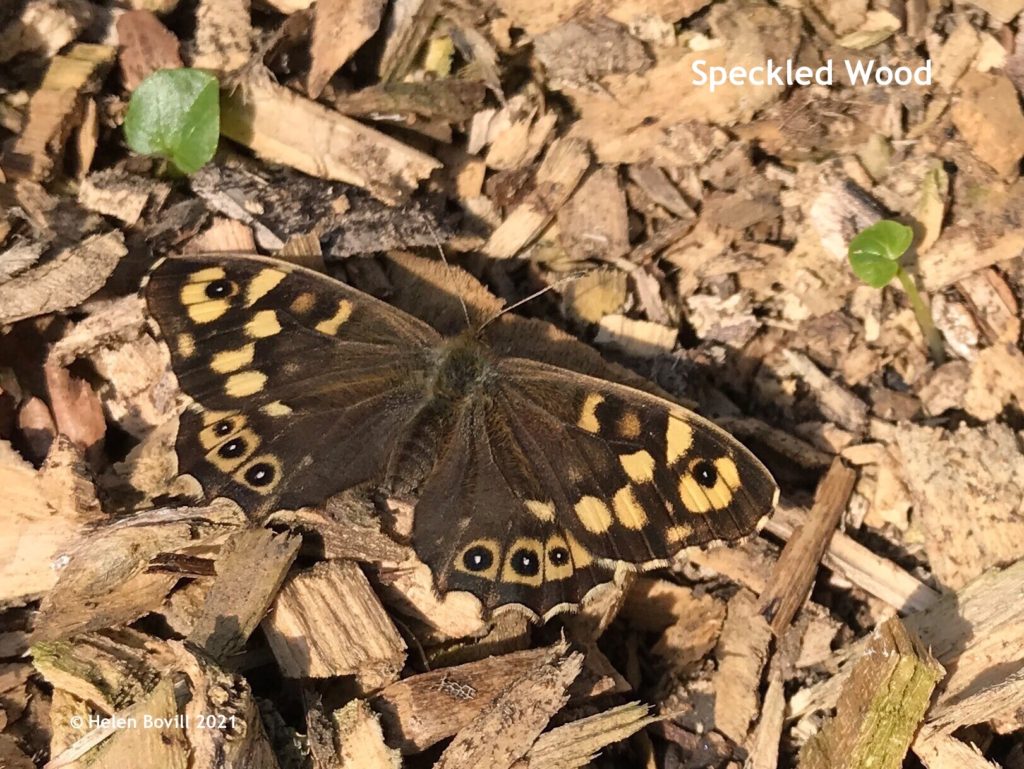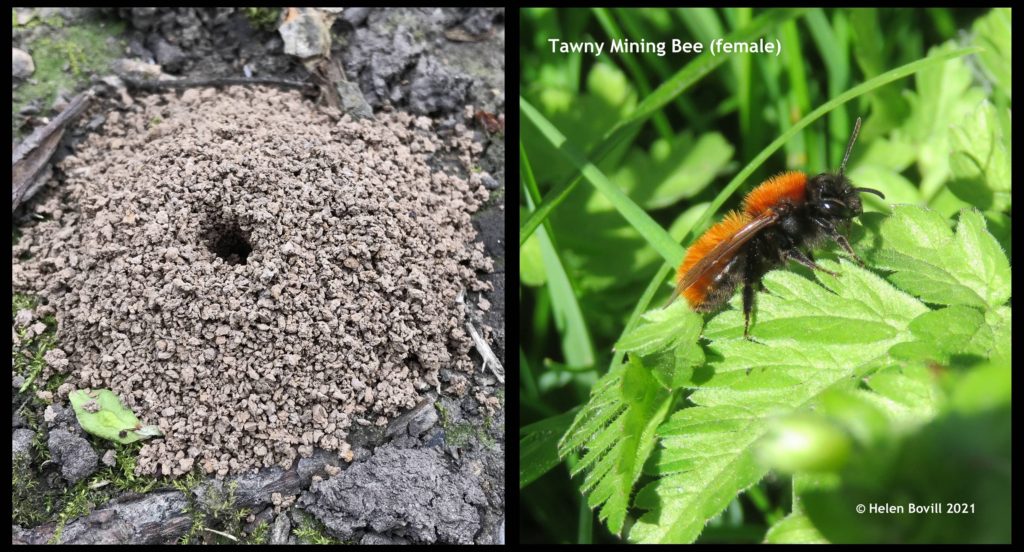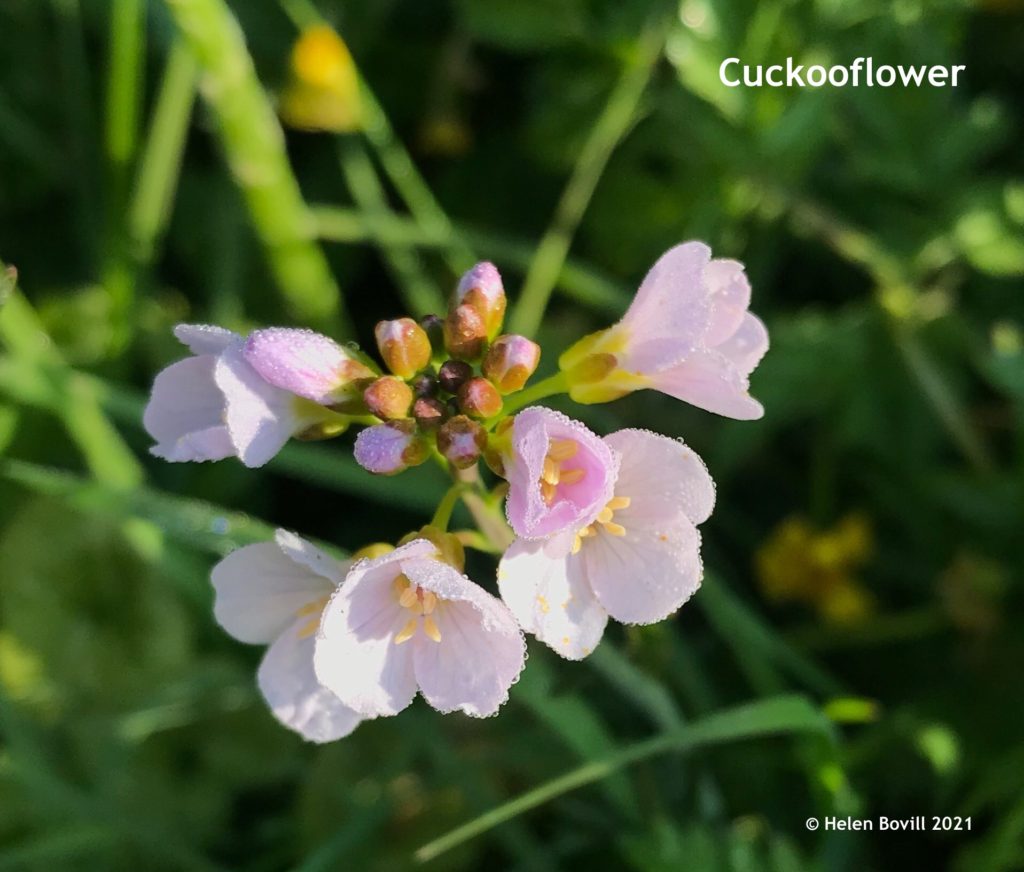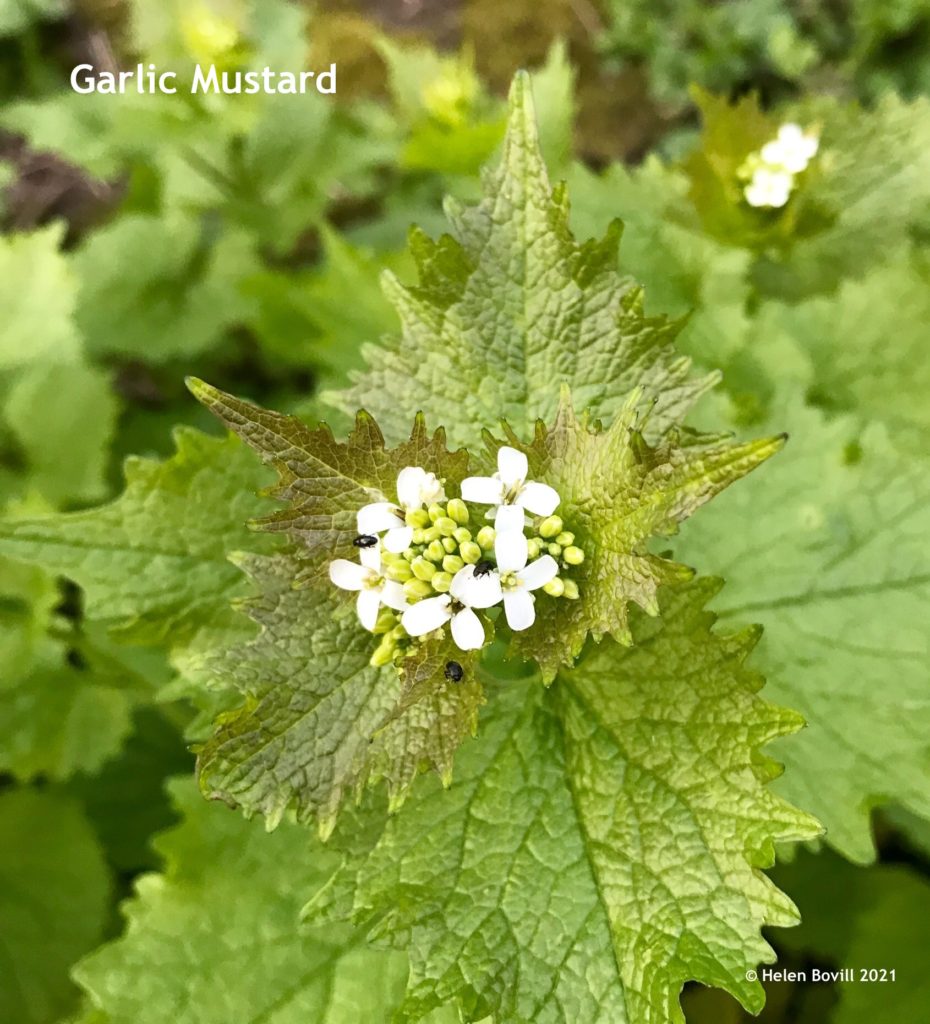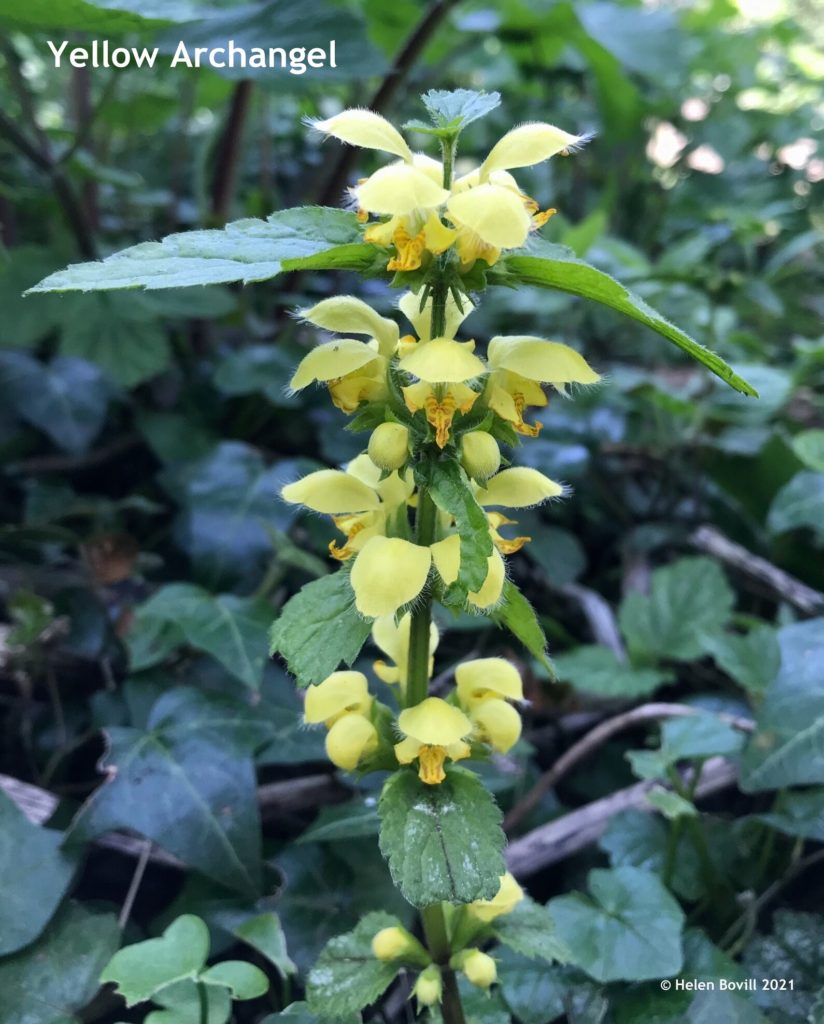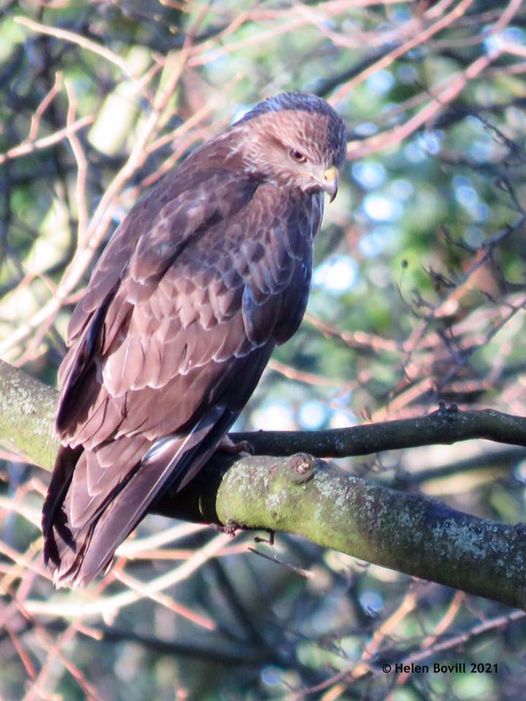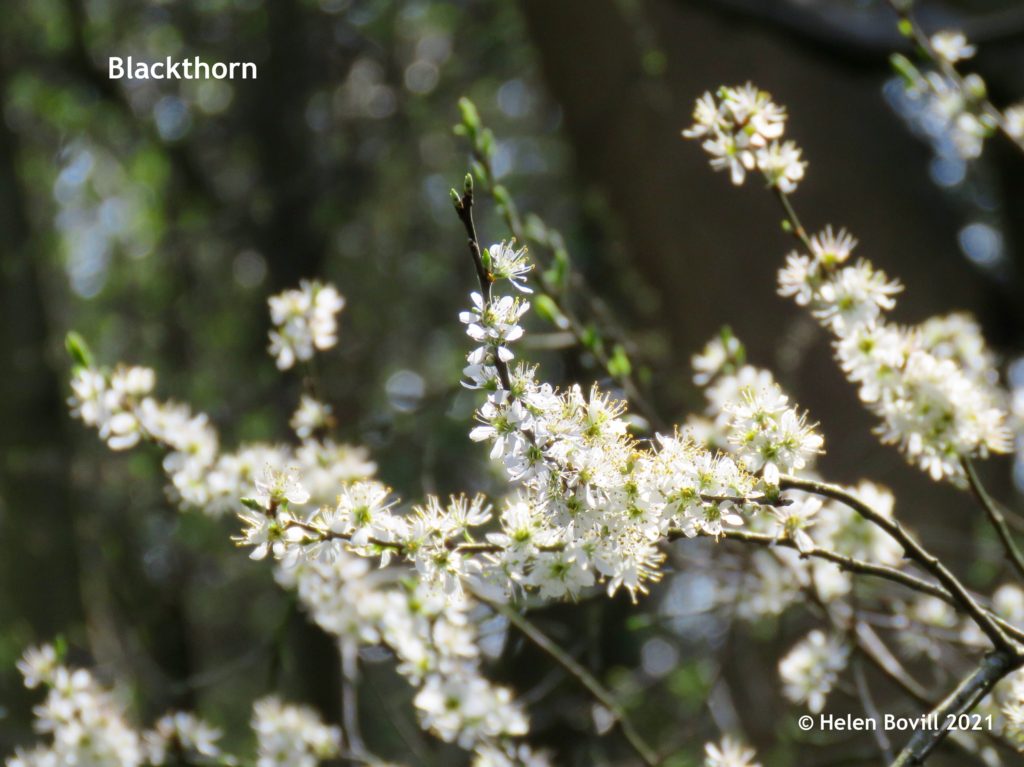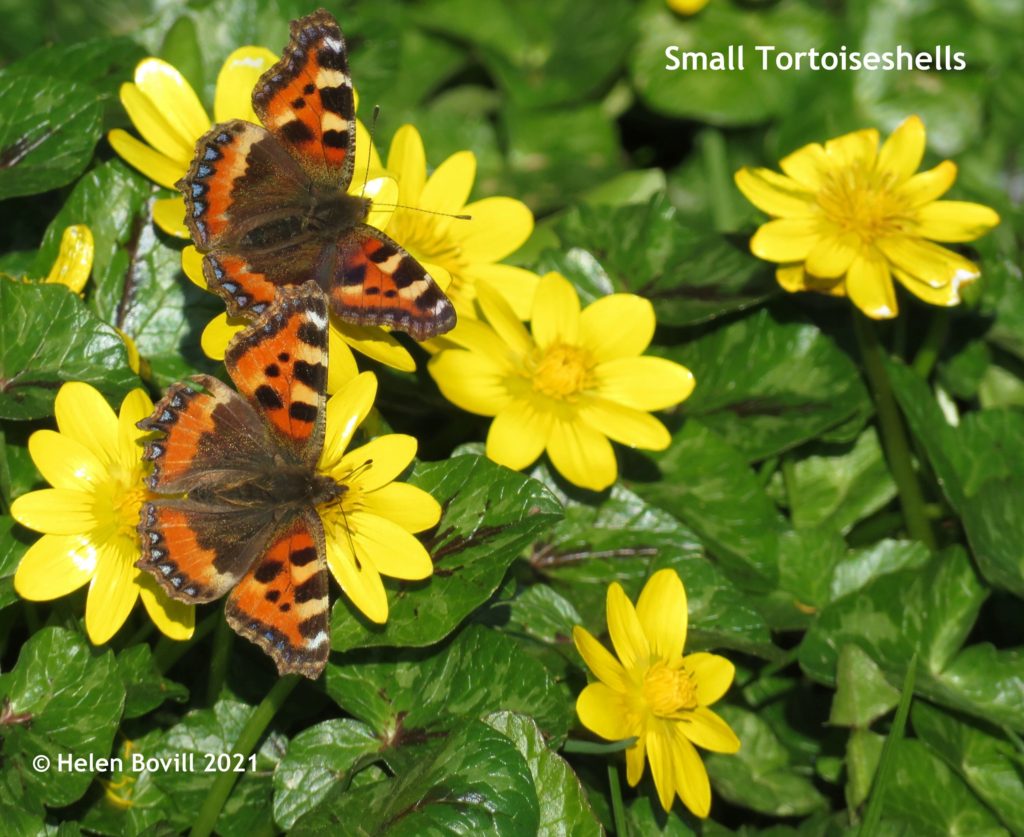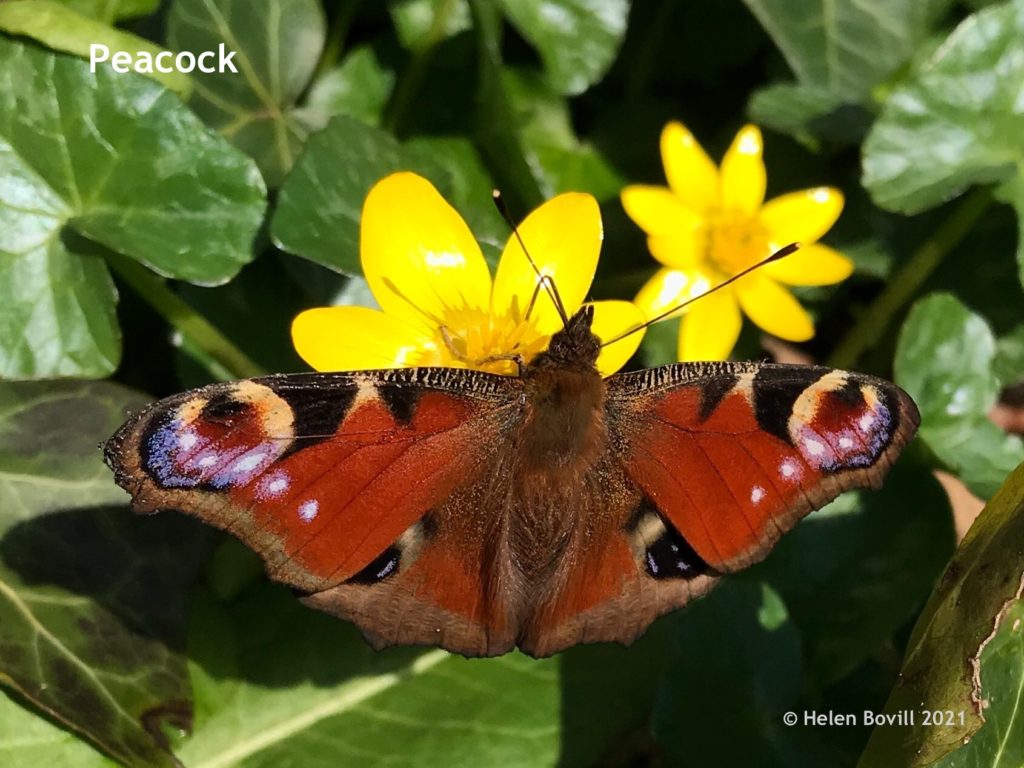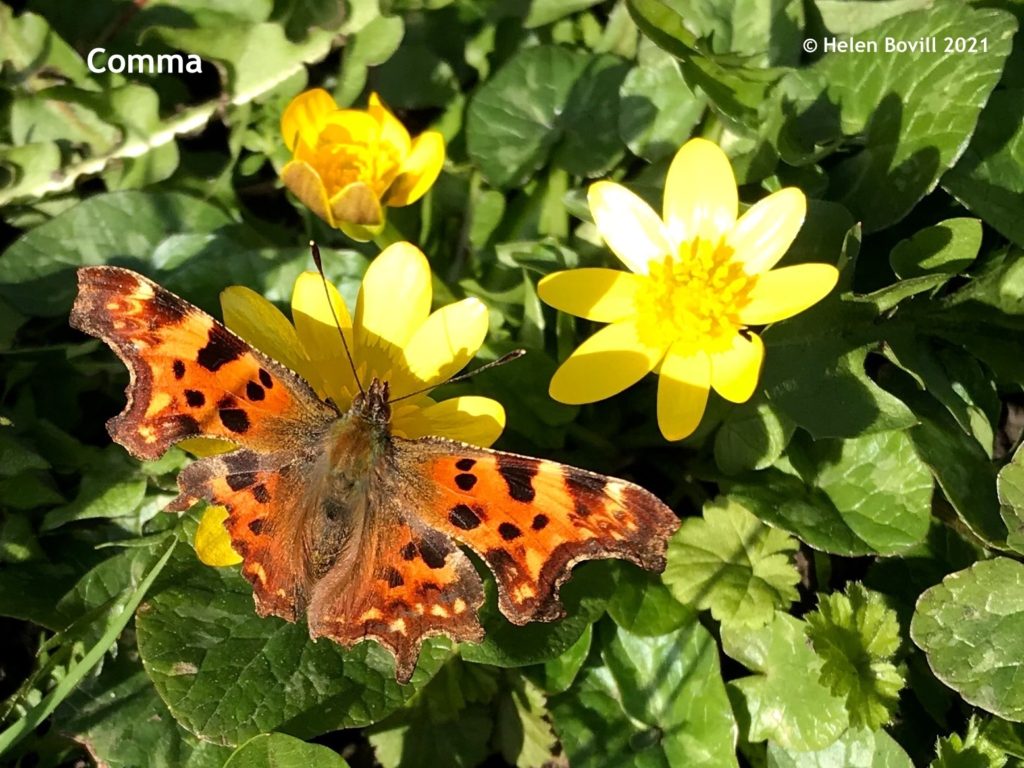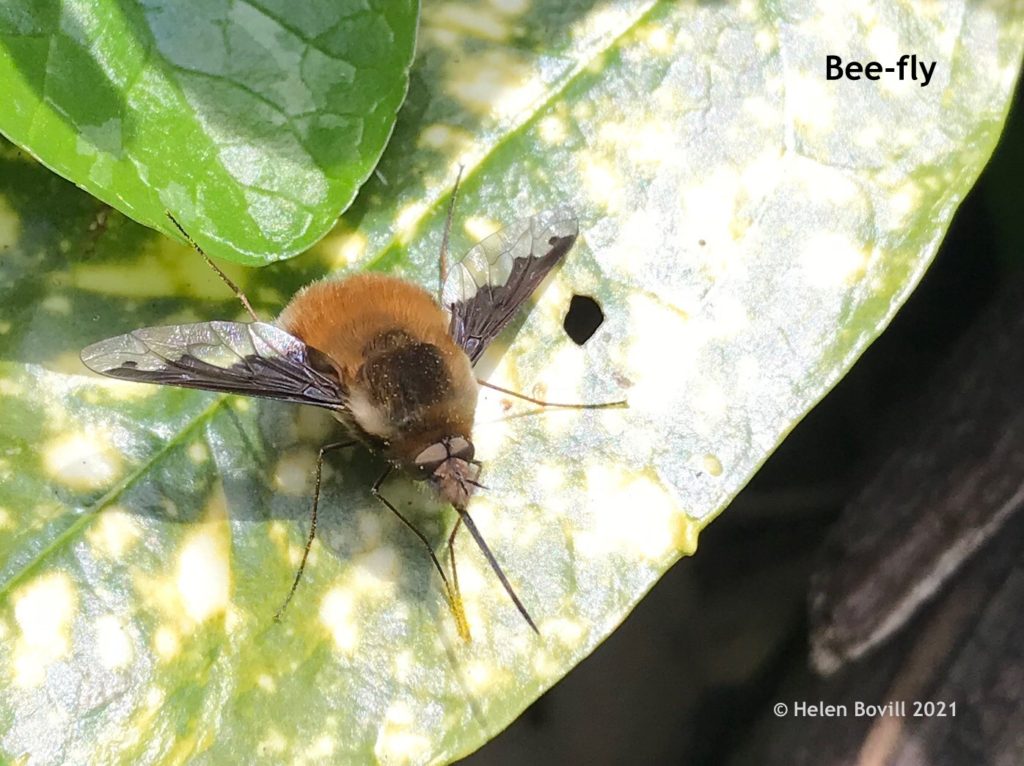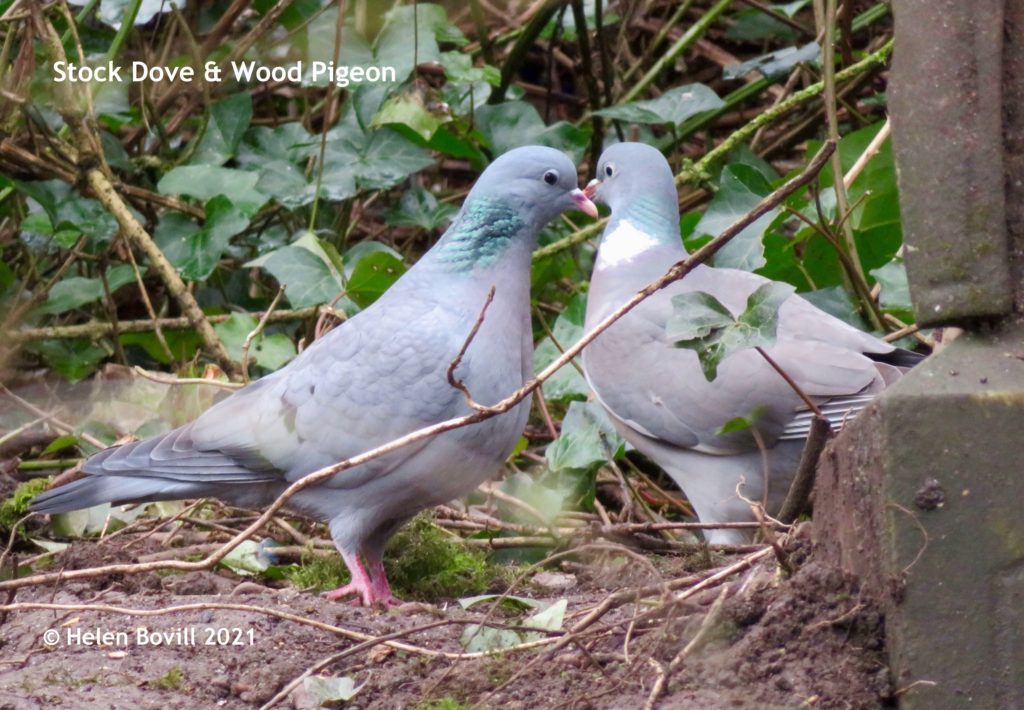The “season of mists and mellow fruitfulness” is how John Keats described Autumn in his famous 1820 ode to this season. The cemetery has not seen any mists this month but there has been the usual Autumnal mix of rain and cold days and sunshine and warm days.Cemetery Wildlife September
Plants
Many of the plants are now bearing that fruitfulness, including the Guelder Rose shown at the start of this report. This is the season when it now becomes obvious why the Snowberry is so named, and its white berries are a good source of food for the cemetery wildlife. Please note however that they are poisonous to humans!
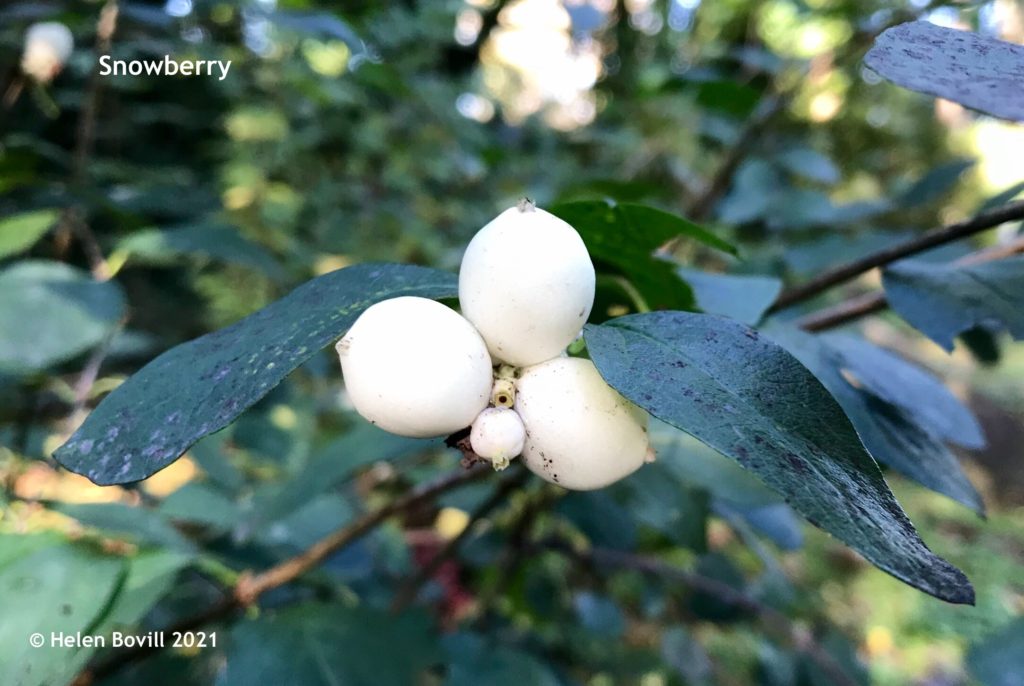
The Pyracantha bushes are now full of their distinctive reddish-orange berries and they look particularly striking along the grass verge on Spring Bank West. They are an excellent source of food for the many birds living in and around the cemetery.
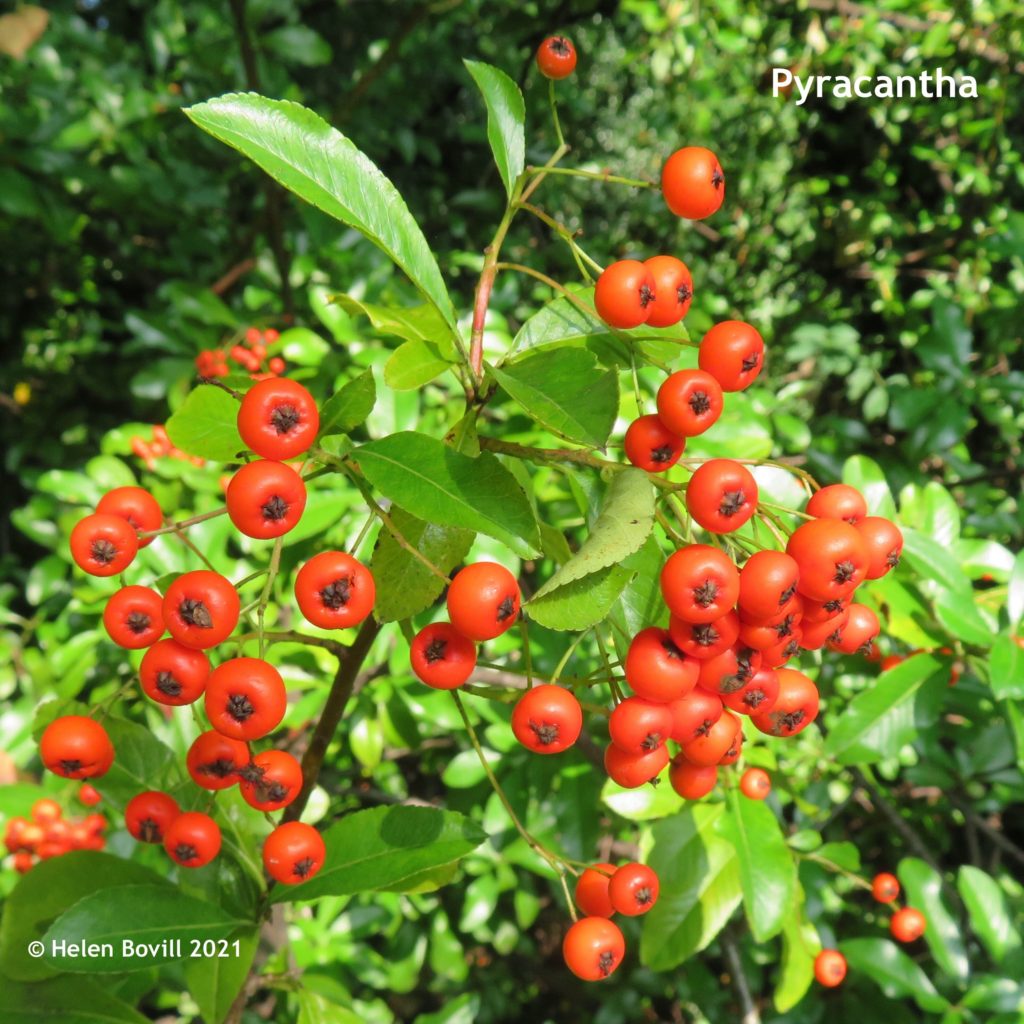
Last month seems to have been the best one for Elderberries and Brambles, with very few ripe fruits left on the bushes. But there are still a few Brambles left, some of which are not quite ripe enough for the cemetery wildlife to eat.
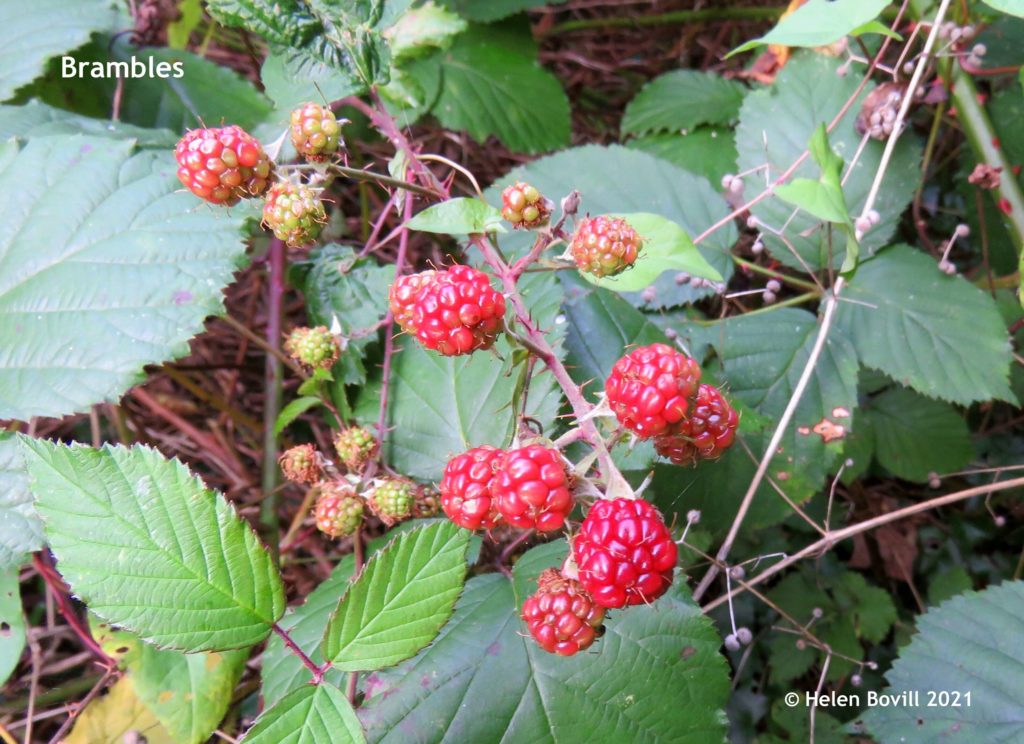
The Blackthorn bushes still have a few of their dark purple Sloe berries on them, although only in small numbers as you can see here.
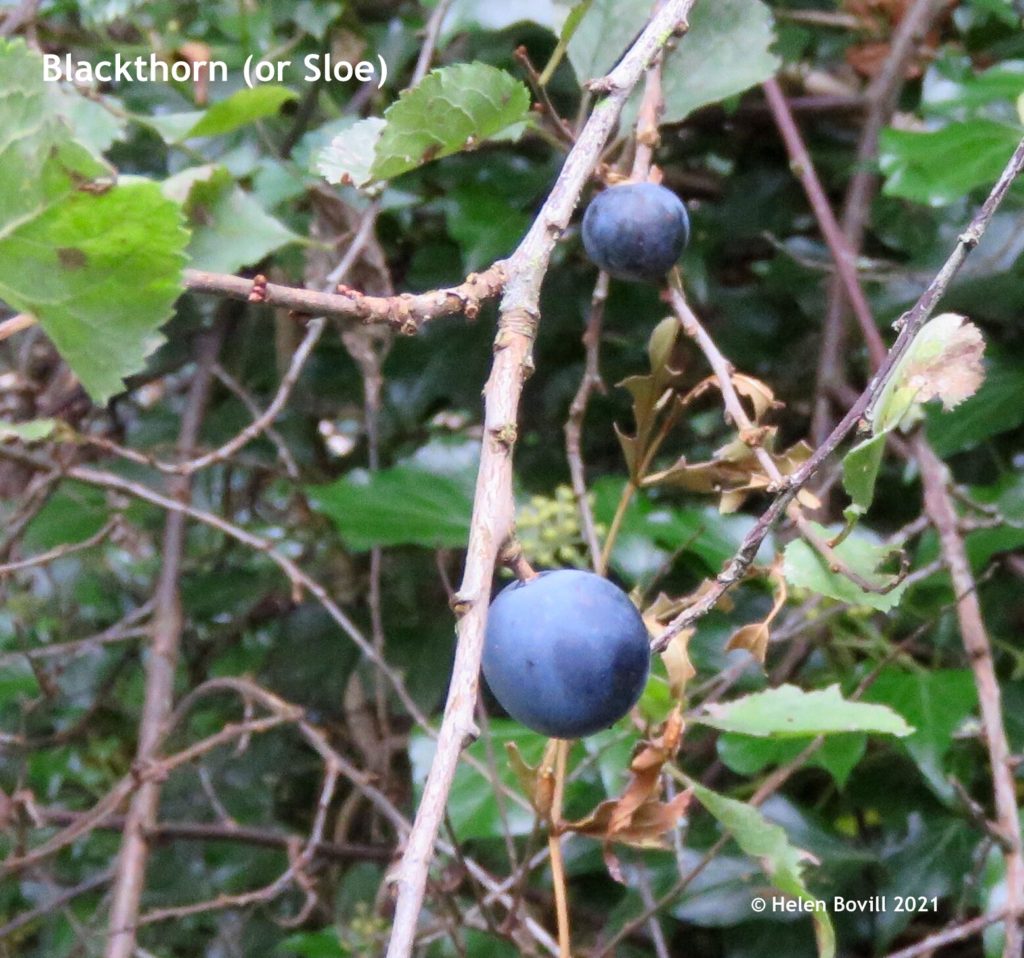
The Yew trees still have some of their small red berries on them. The Berberis bushes growing in various places have started to show some nice autumn colour on their leaves. They have small oval dark berries growing along the branches.
There are not many traditional-looking flowers to be seen this month other than a few Dandelions on the grass verge and small patch of Feverfew.
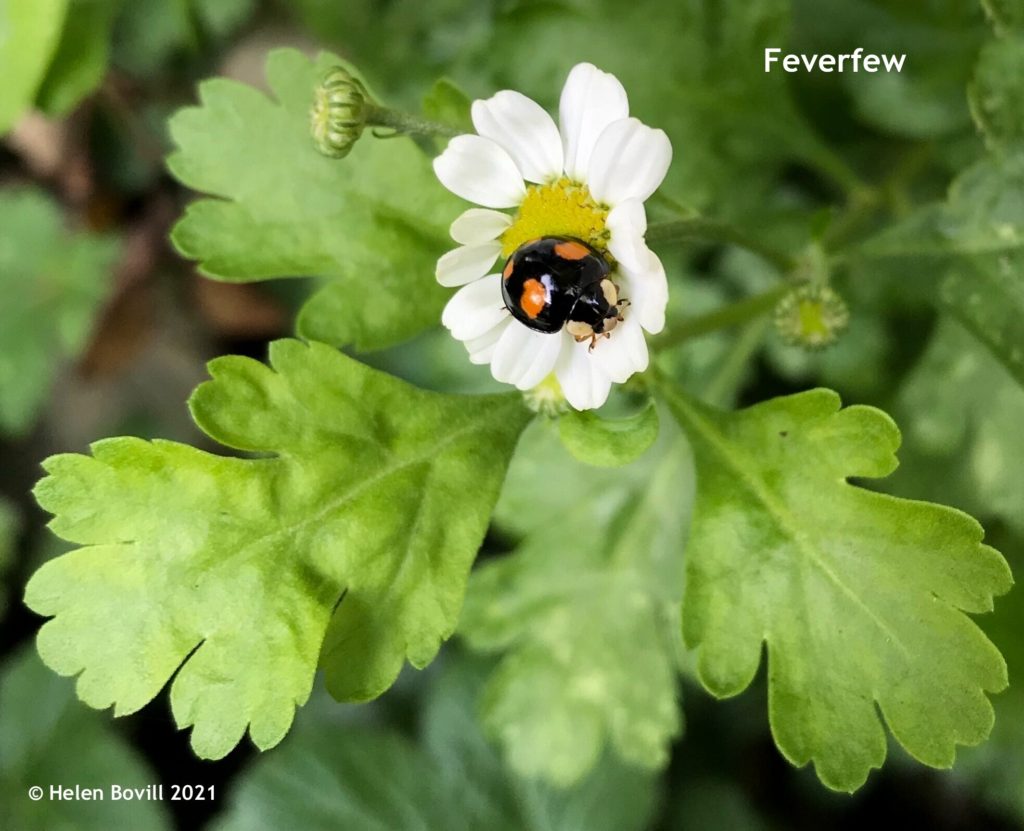
But the most abundant flowers to be seen this month are on the Ivy. Initially the flower heads don’t look much like a traditional flower. But when you look at them in closer detail you can see all the usual elements you’d expect to see in a flower, but just positioned differently. If in the course of writing future editions of this column I have a “slow news month” then I may use that opportunity to talk about Ivy in greater detail.
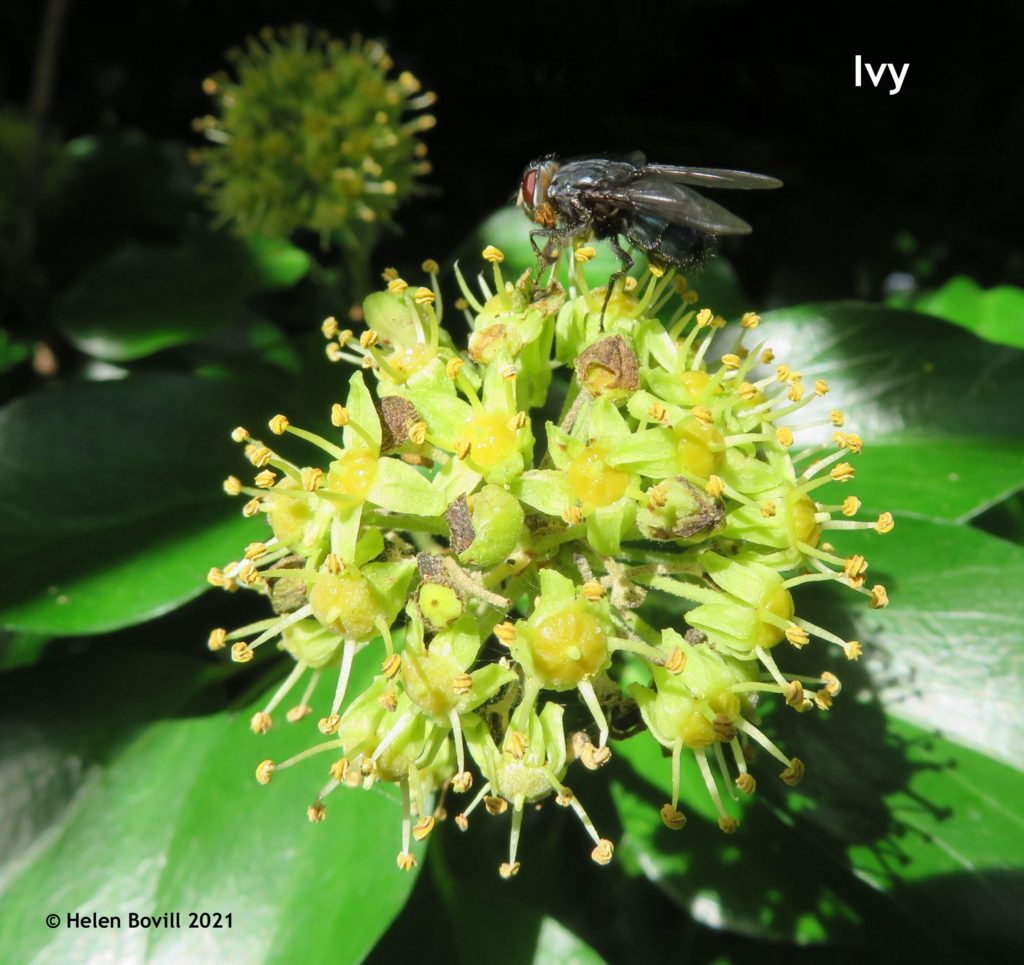
Butterflies and other insects
The only Butterflies I saw this month were a few Speckled Wood in the central grassy area of the cemetery during a warm spell earlier in the month.
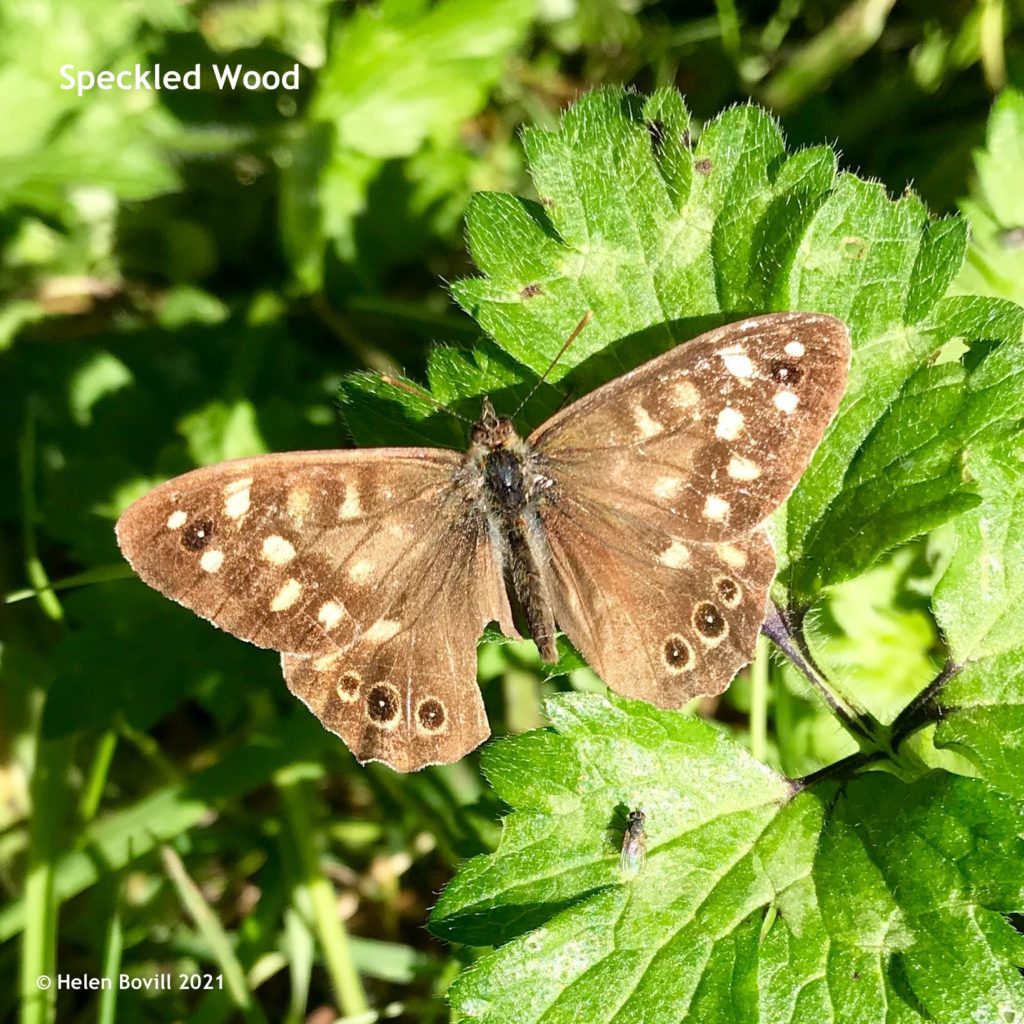
There is an abundance of Ladybirds though – they can be seen just about everywhere. Some are the native British ones and some, like the one on the Feverfew photo, are non-native Harlequins.
Birds
Nesting season is now over. Some dry sunny days in the middle of October provided the ideal conditions for the volunteers to check the nest boxes to see which ones had been used. This is the second year of doing this so it was interesting to compare this year’s findings with last year’s.
A total of 41 boxes were checked and 26 of them had been used, giving an occupancy rate of 63.41%. (Last year a total of 40 boxes were checked and 24 had been used, giving an occupancy rate of 60%).
These figures suggest that this year was more successful than last year. But three of the original boxes were either no longer present or were not located. There are also 5 new boxes that were put in place too late to be included in last year’s check.
I could split the above figures according to nest box design and even down to the size of the hole in the front of the box. This would generate more statistics, some of them quite impressive, but this is intended to be just a brief overview of the volunteers’ work relating to the cemetery wildlife.
Nest hygiene
For reasons of hygiene nest boxes are always cleaned out and left empty ready for the birds to start all over again in the Spring. This is in accordance with guidelines from the relevant wildlife organisations. The nests we found were like miniature works of art, carefully built from dried hogweed stems, twigs, feathers and leaves. Most if not all of the nests contained moss which the birds can easily find on the trees and headstones.
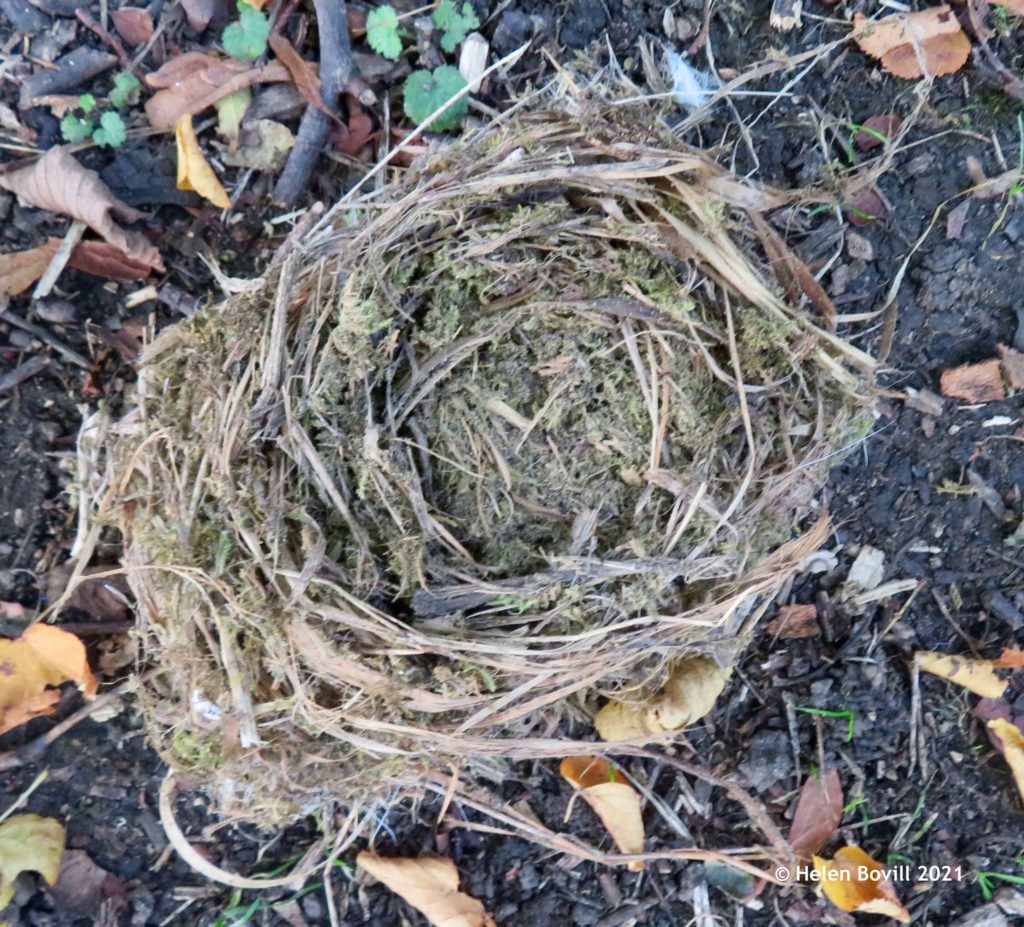
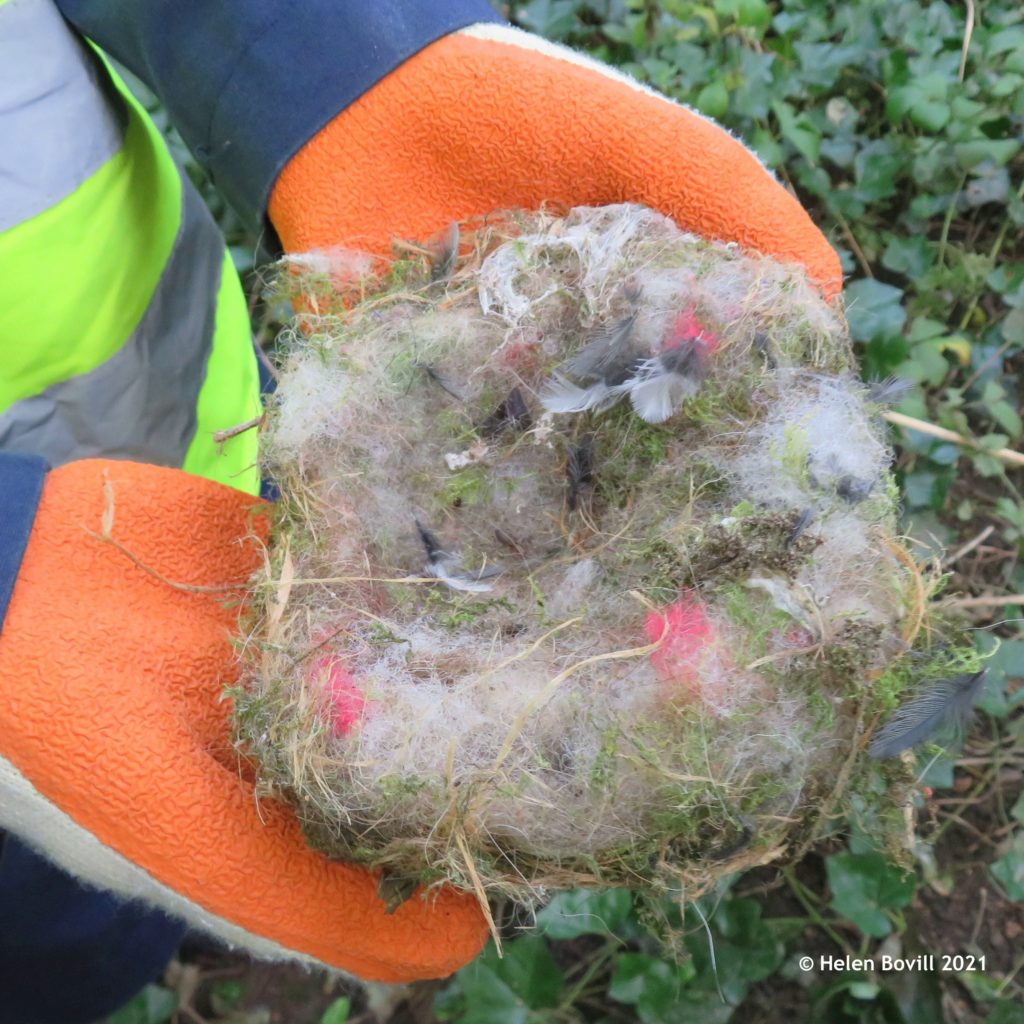
I can’t say for definite who the occupants of the nests were but the first one was from a nest box with a 25mm hole. This would suggest it had been occupied by either a Blue Tit or a Coal Tit.
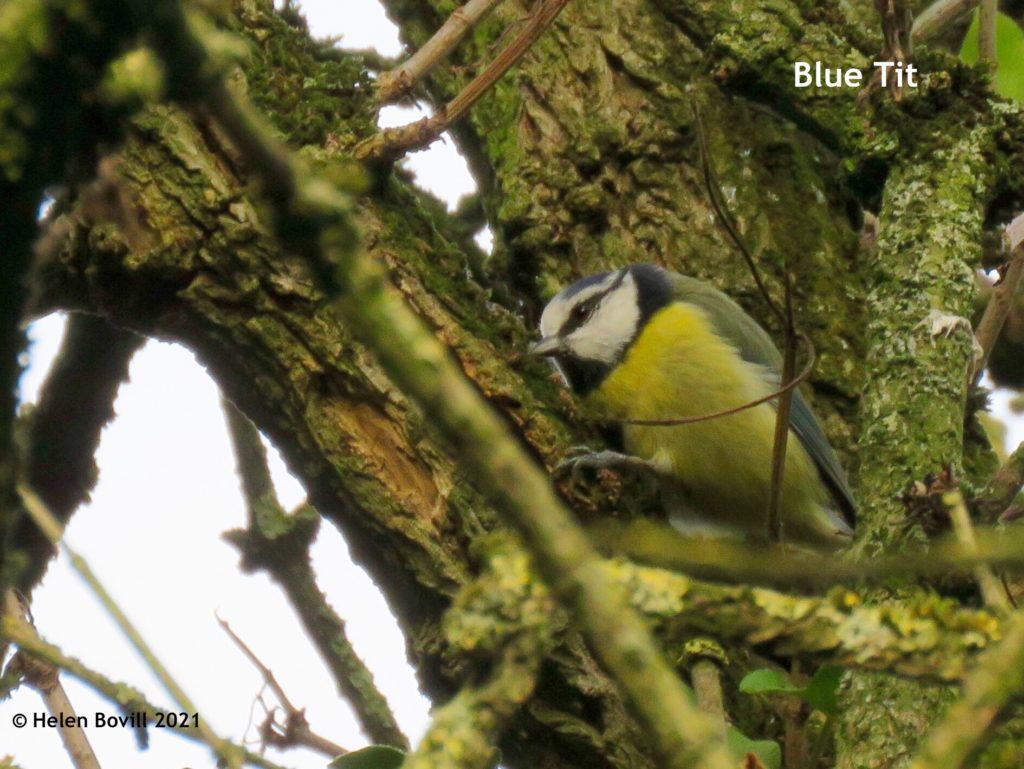
The second nest looks a lot cosier, doesn’t it? The white material appears to be artificial filling of some kind and I think the small amounts of red material are wool are from the Poppies that are attached to the small wooden crosses dotted around the cemetery. These are to commemorate the graves of soldiers from WWI and WWII.
I can’t say for definite which species of bird built this nest. But it came from a box with a 32mm hole which would allow for a slightly larger bird such as a Great Tit or even a Nuthatch. It was occupied last year too.
As mentioned earlier, the checking of the nests is not quite complete and needs a bit more work. A few additions and clarifications to our existing data could make future checking easier and the results more meaningful. Perhaps this time next year, after 3 years of checking the boxes, we will be able to publish a full report of our findings on the website.
Conclusion
October has been a quiet but colourful month for the cemetery wildlife, and the birds are becoming easier to see as the leaves start to fall. The daylight hours may be less but there is still plenty of time for a leisurely stroll. I’m sure you’ll manage to see at least one of these endearing little characters during your time here!

